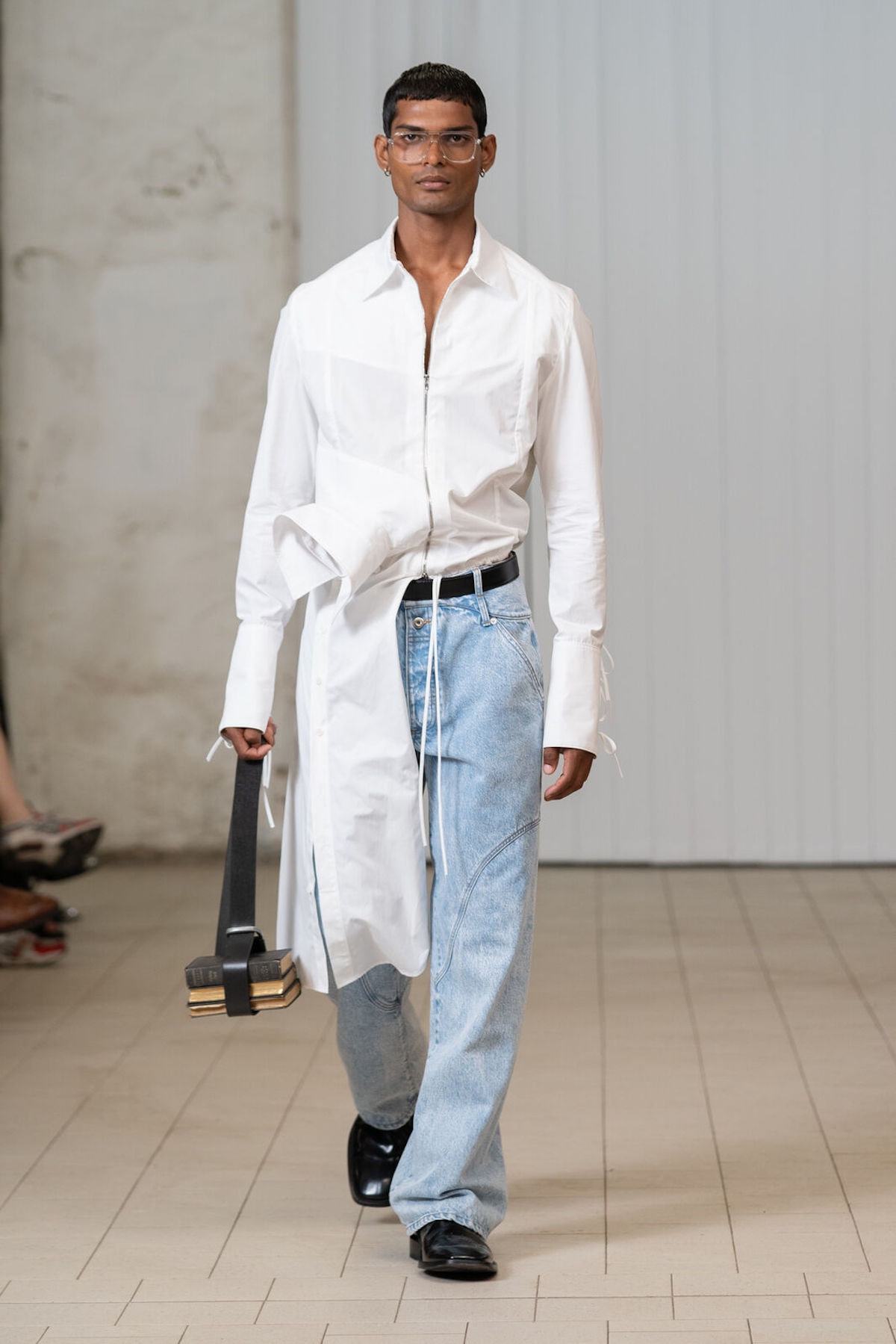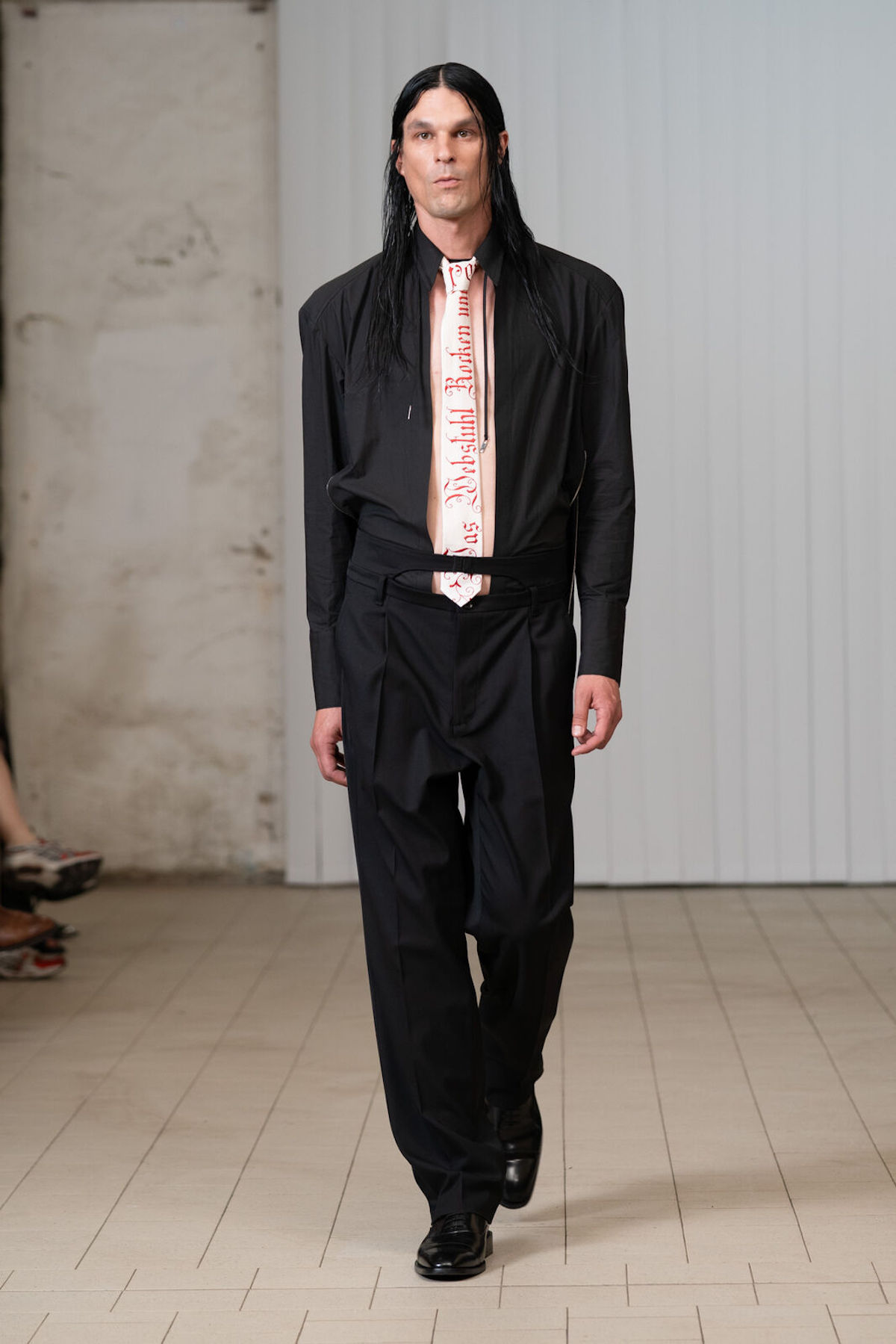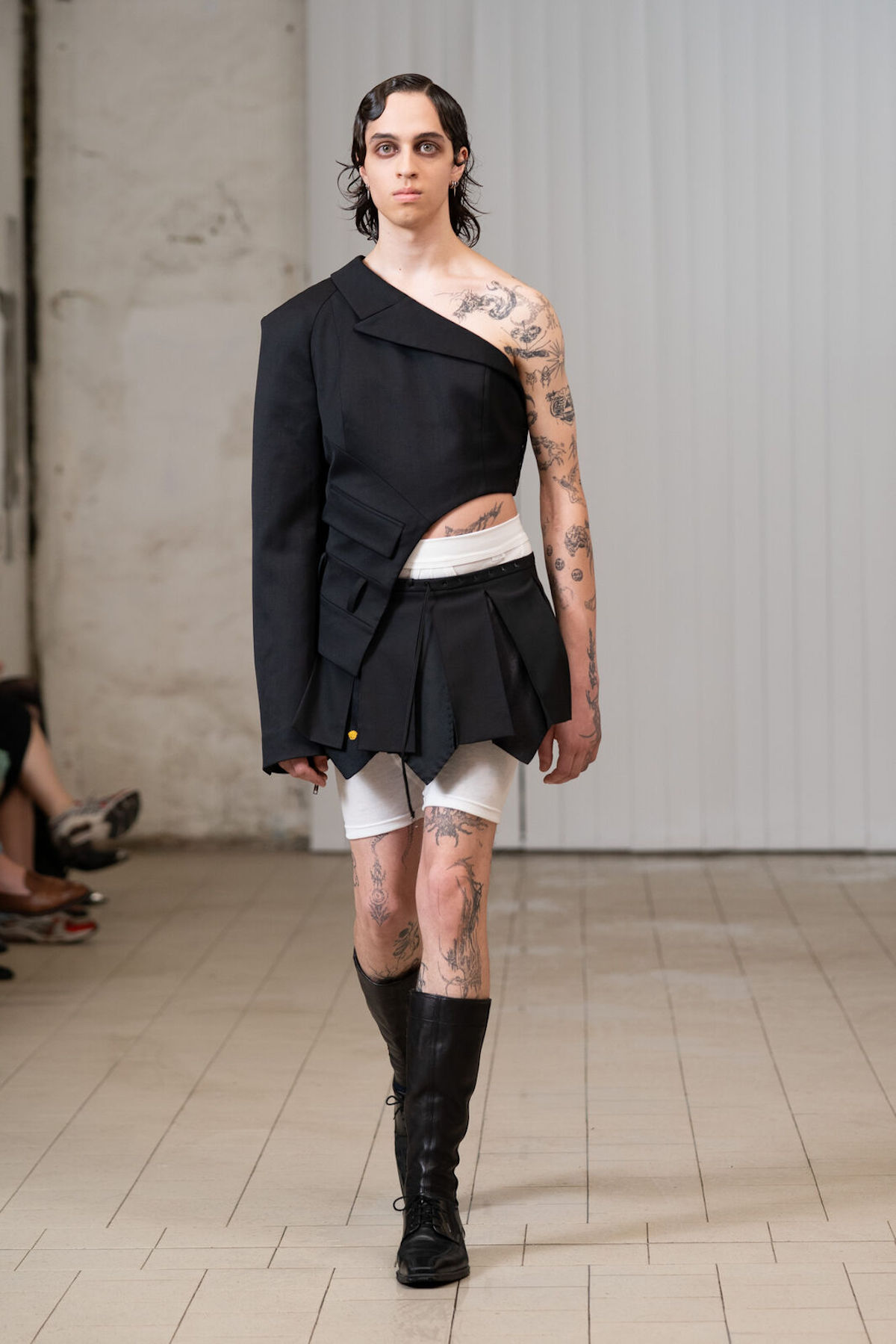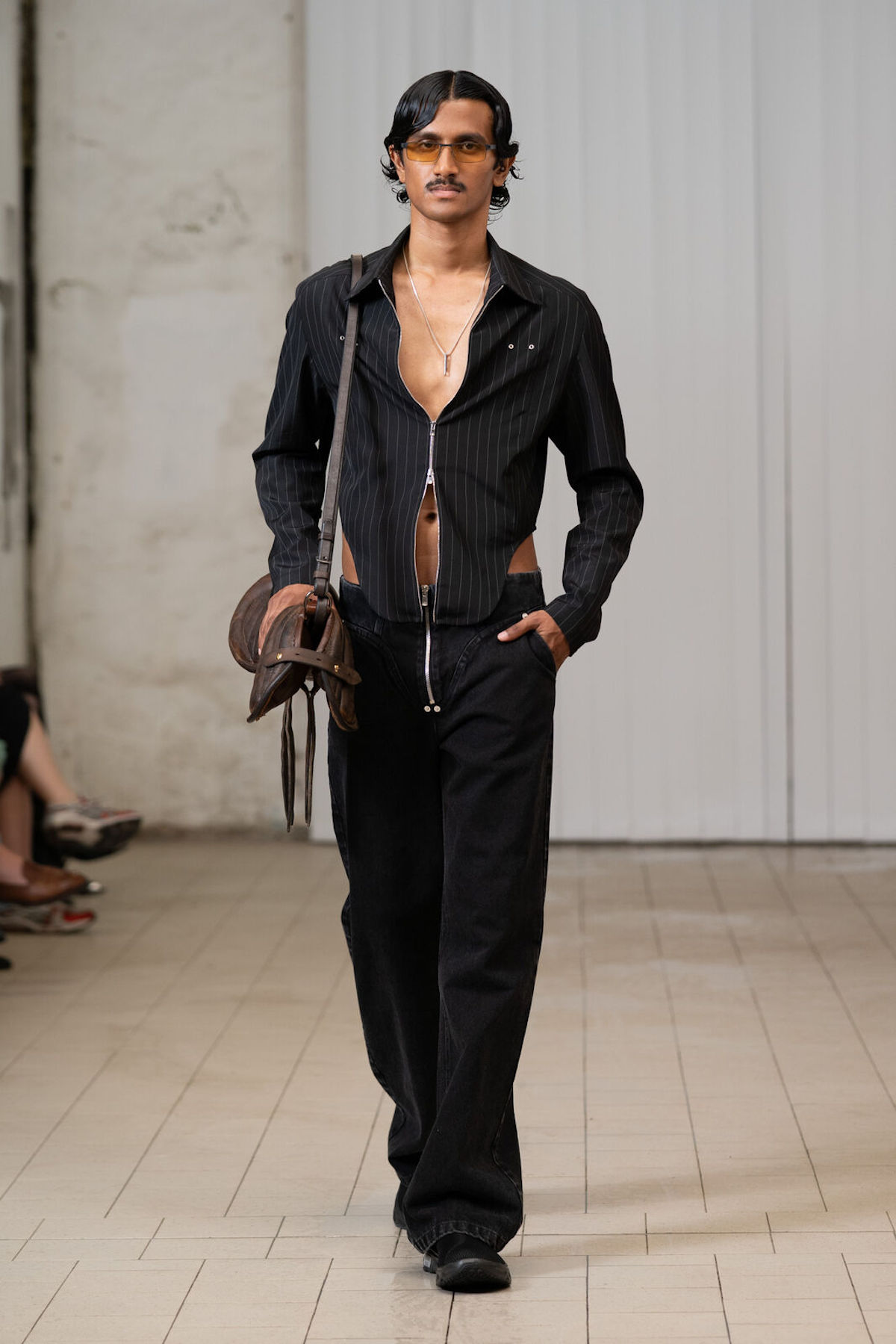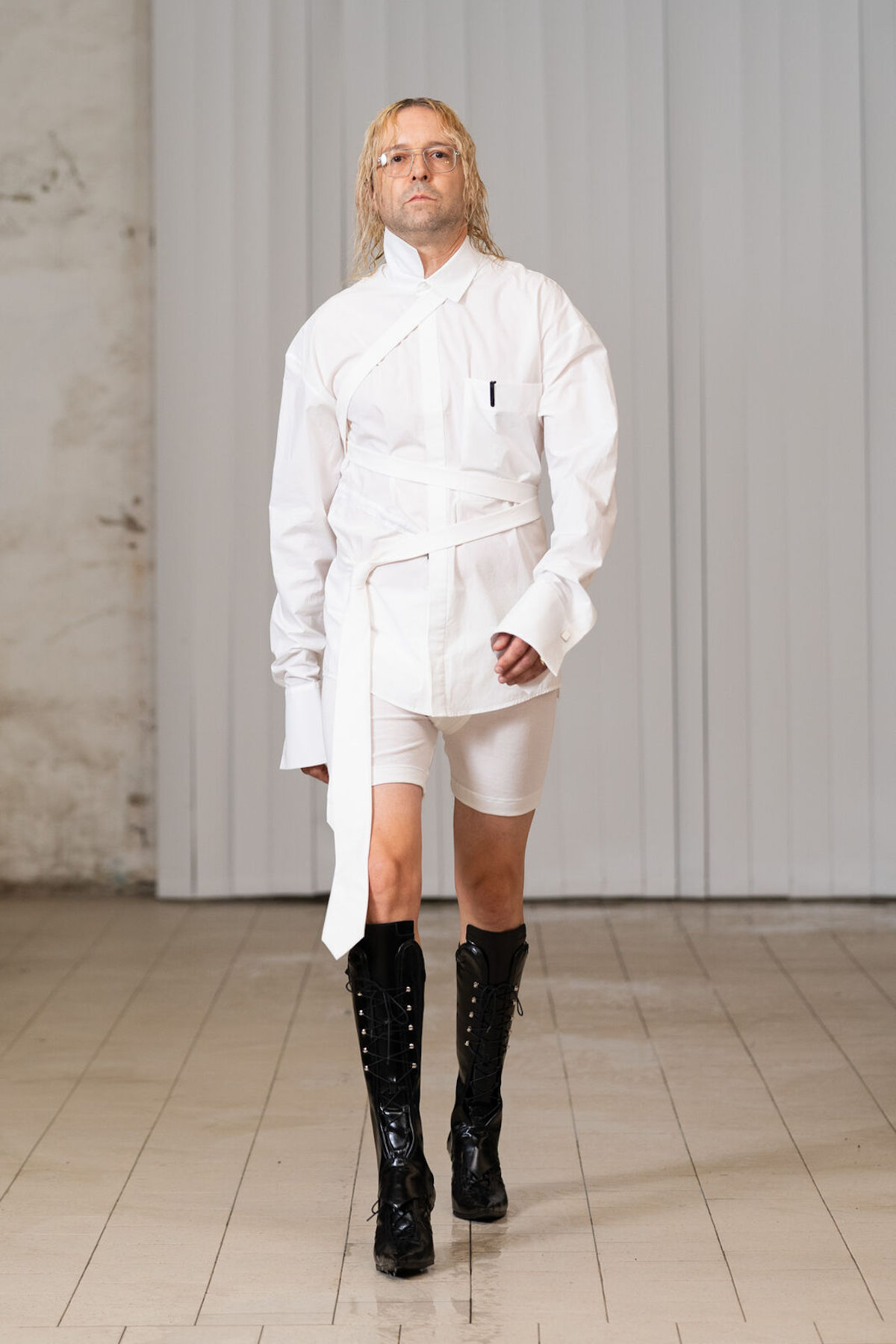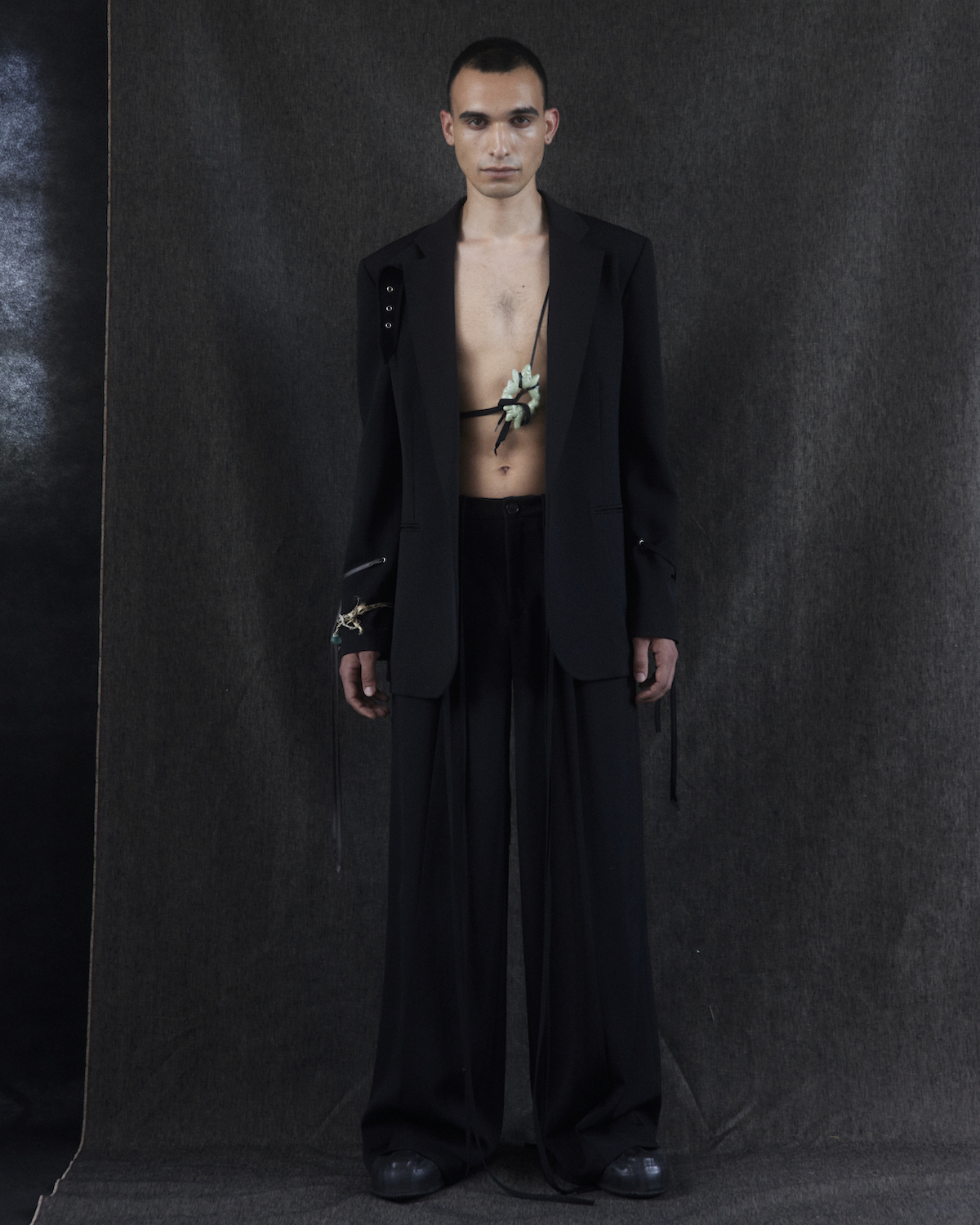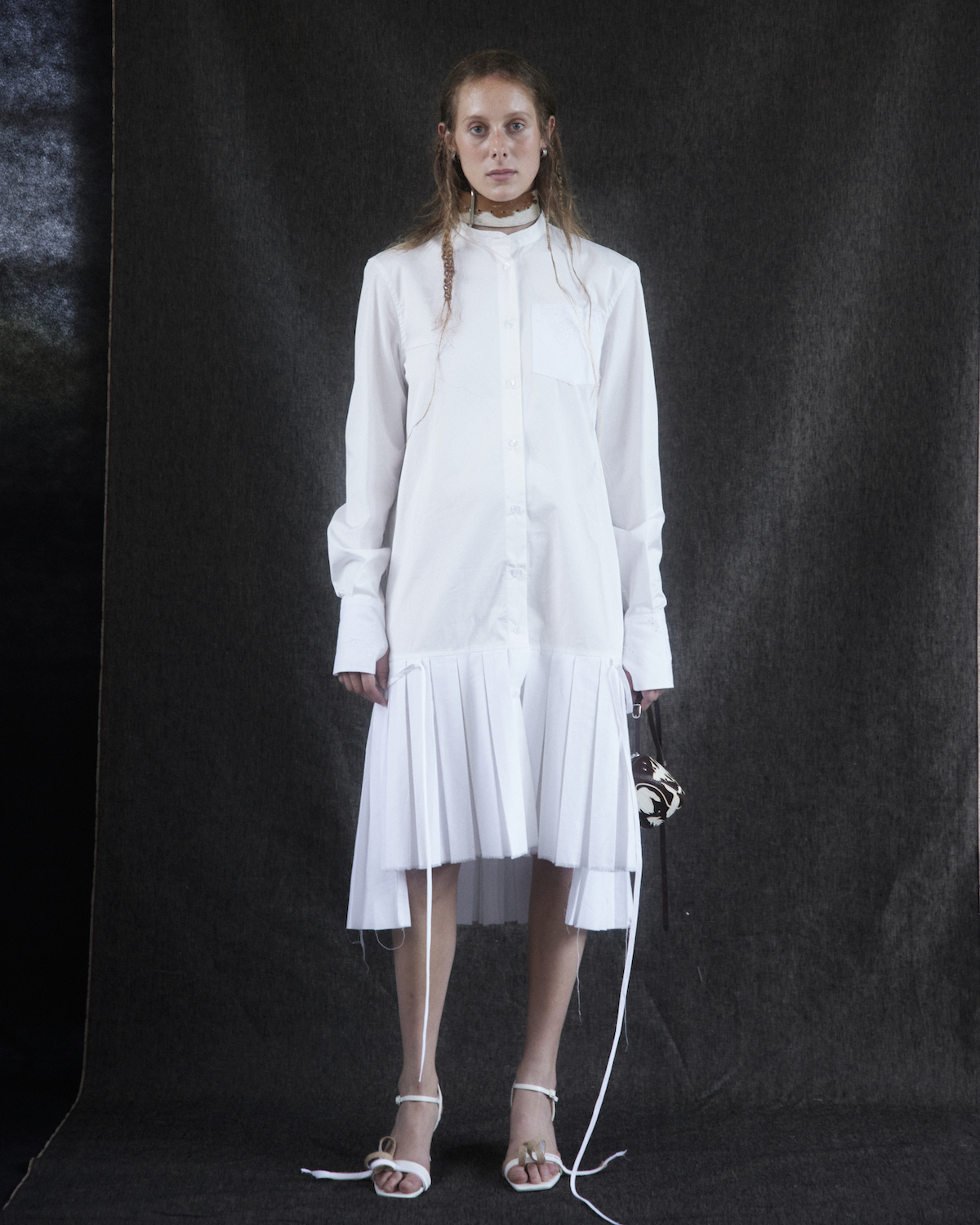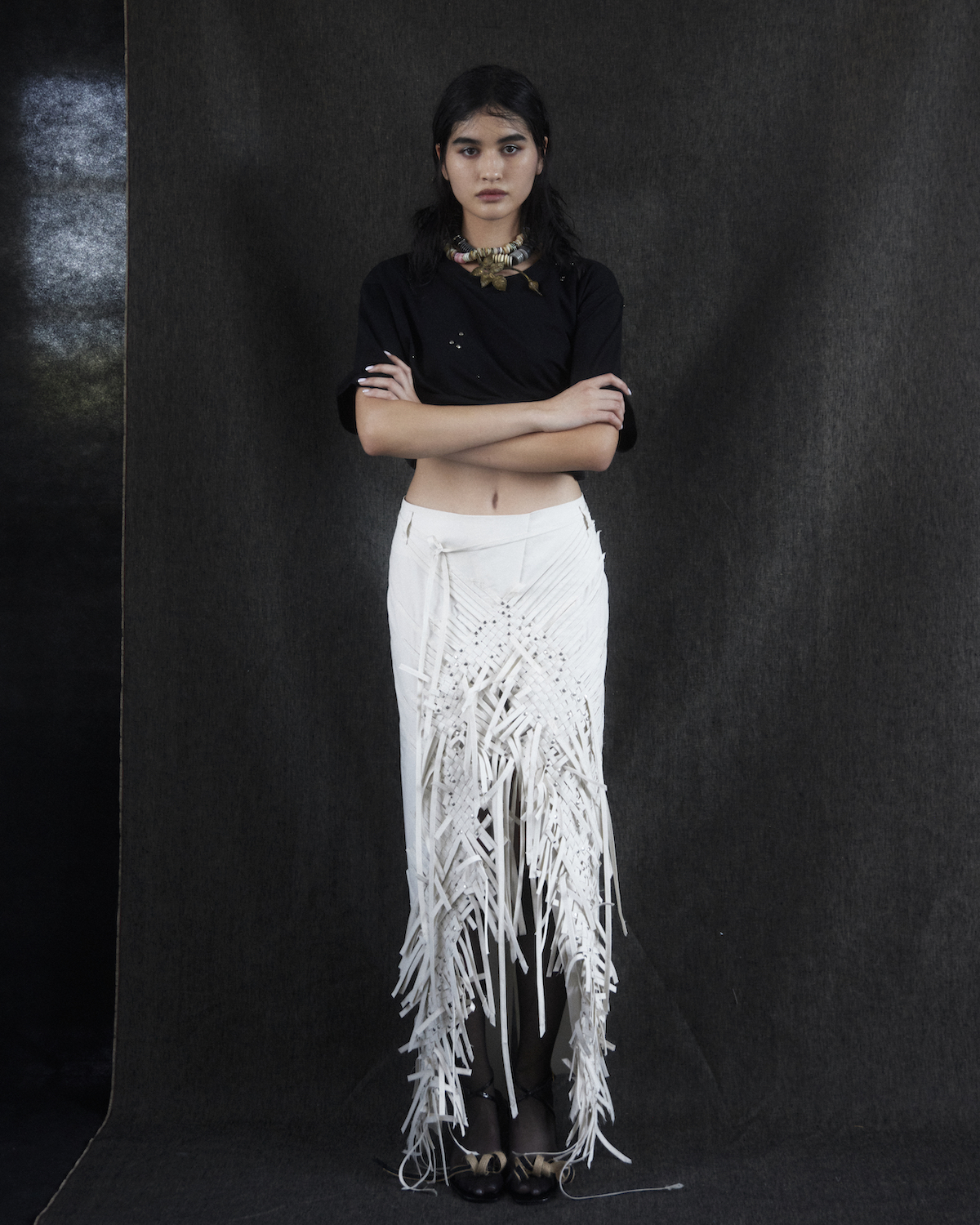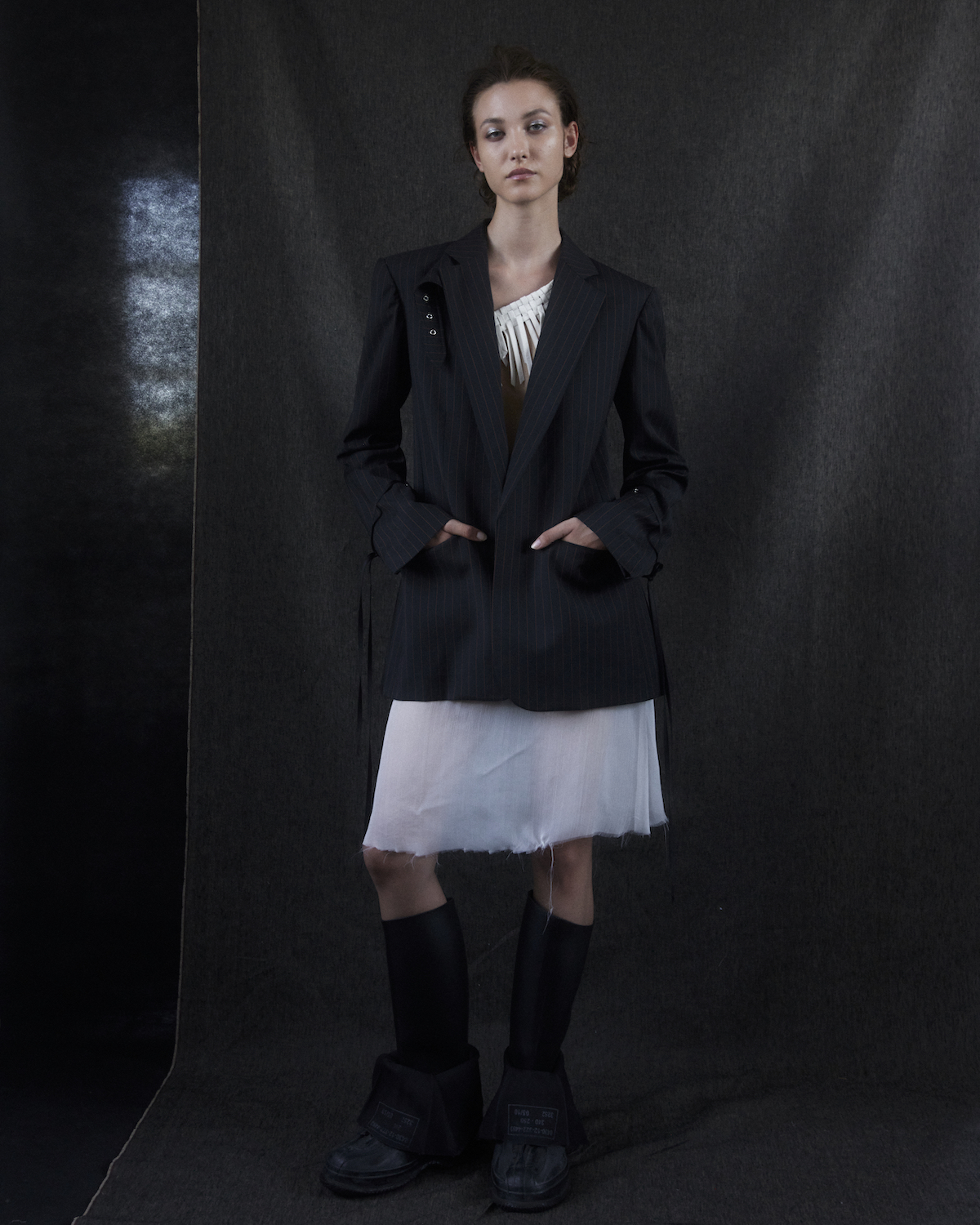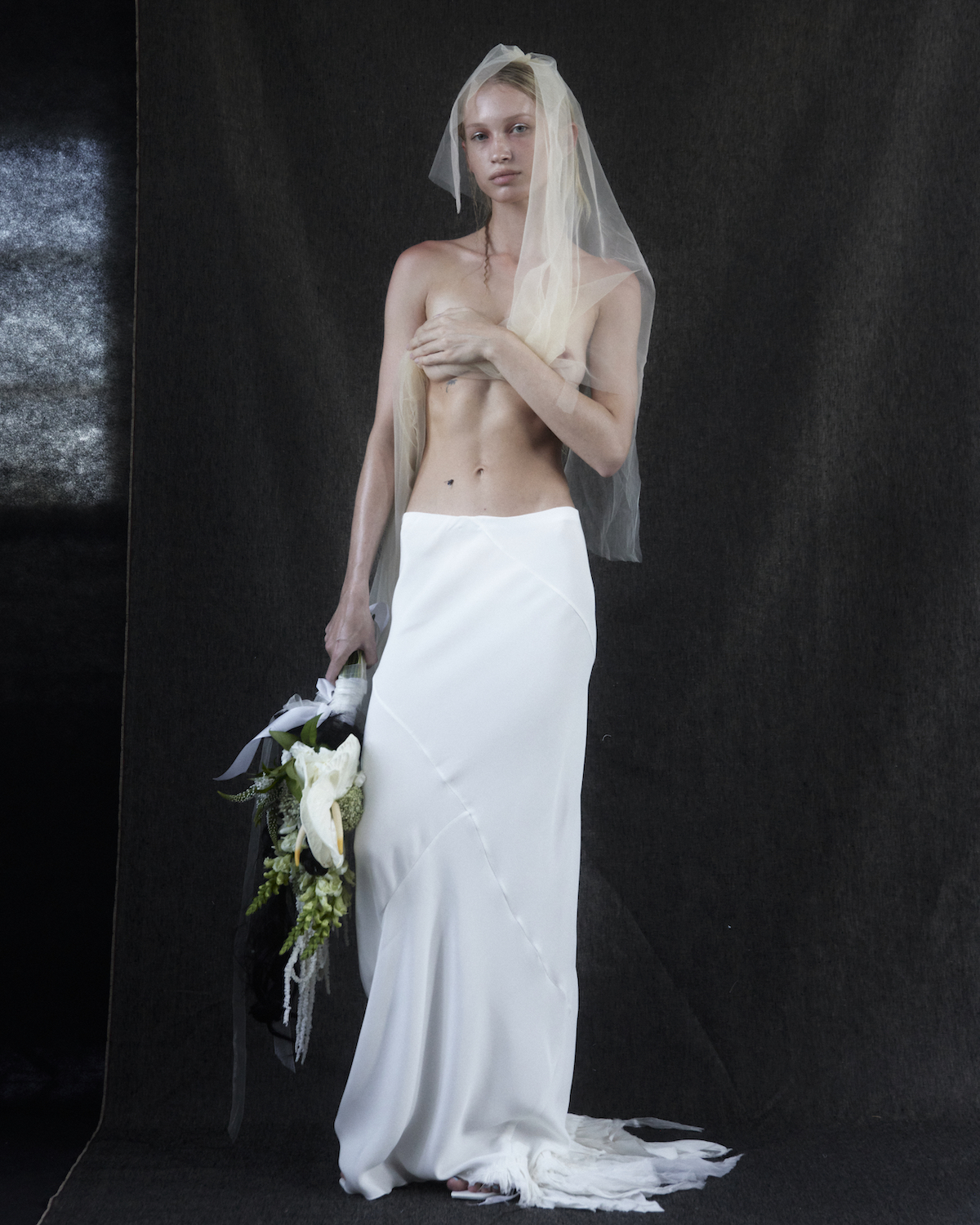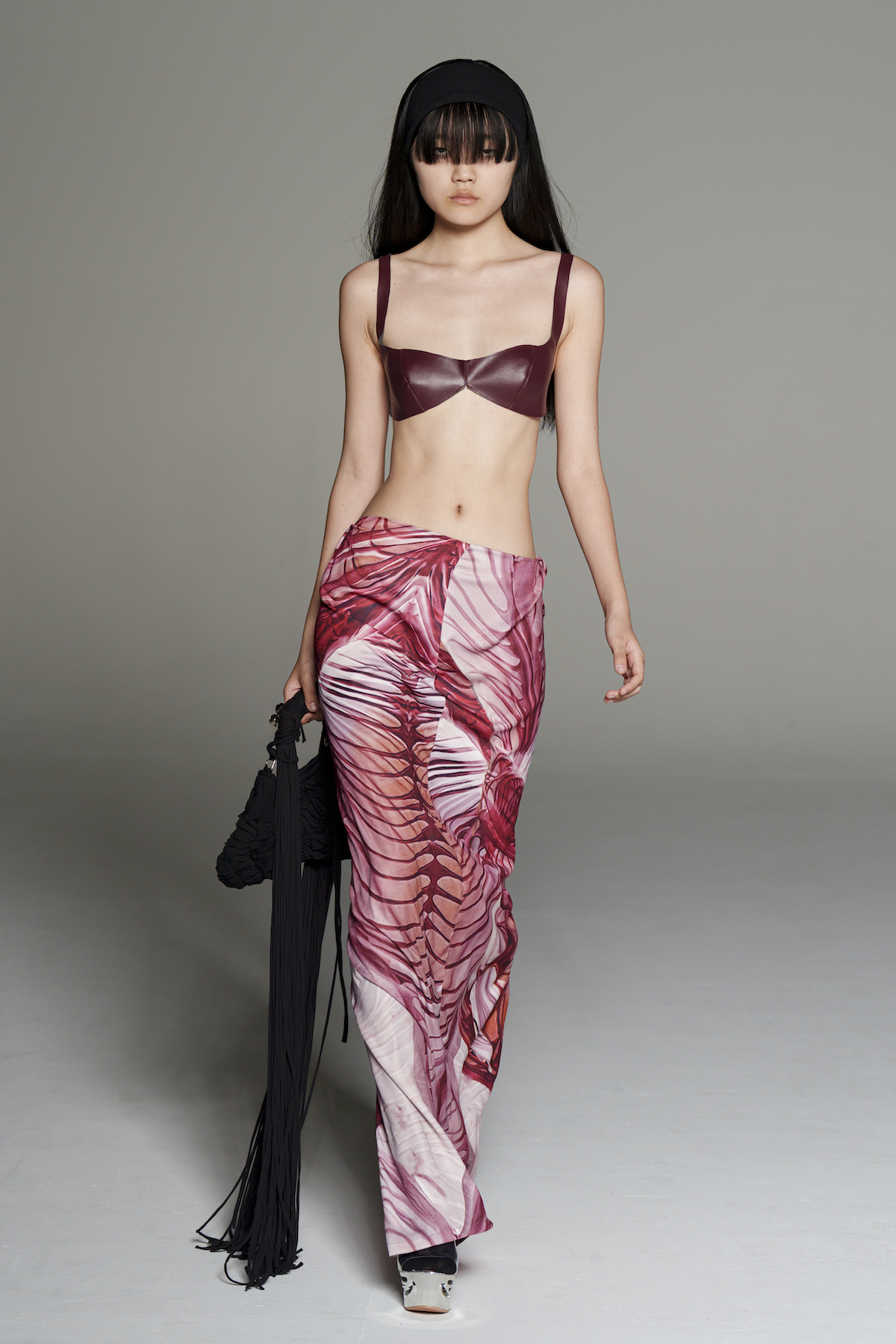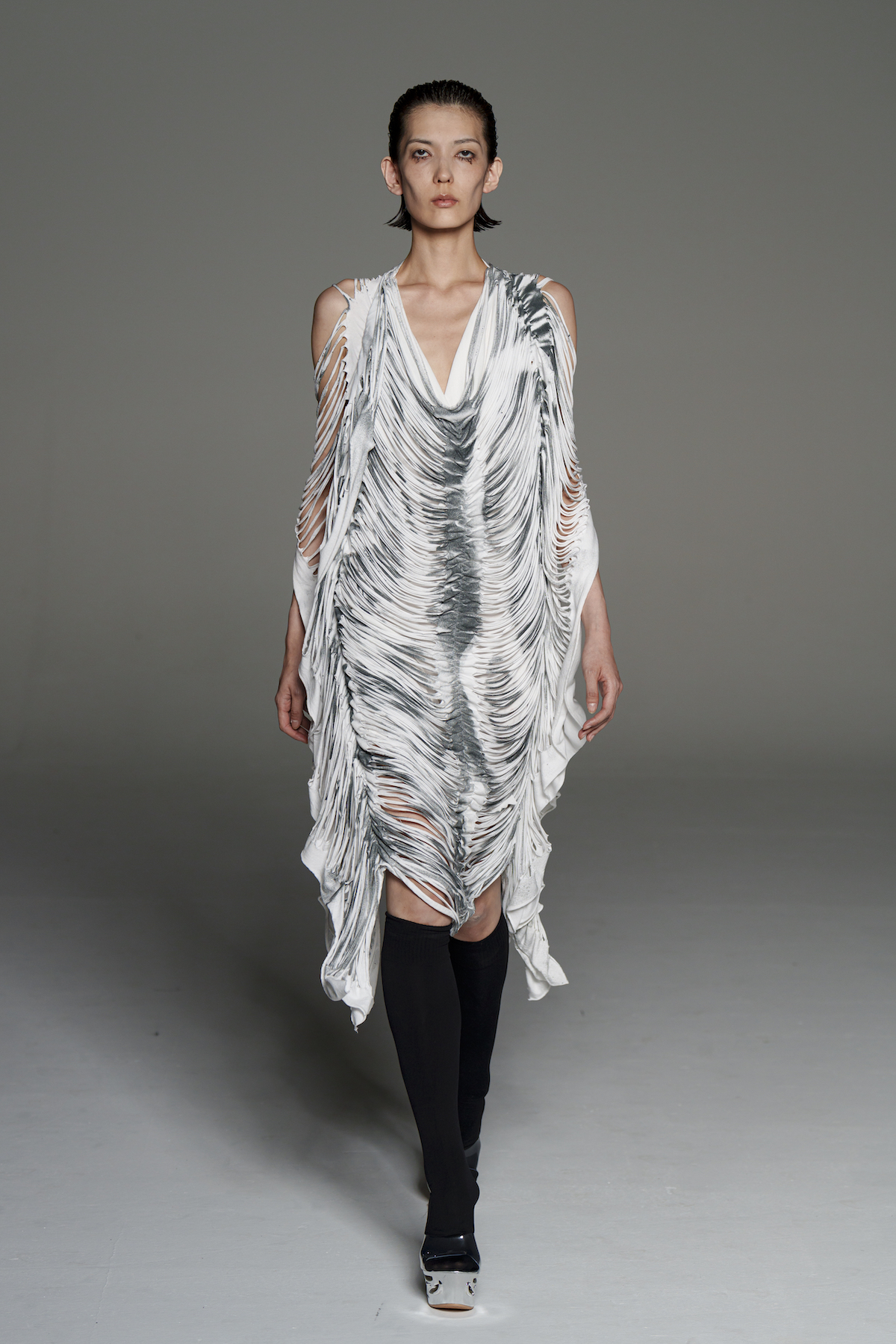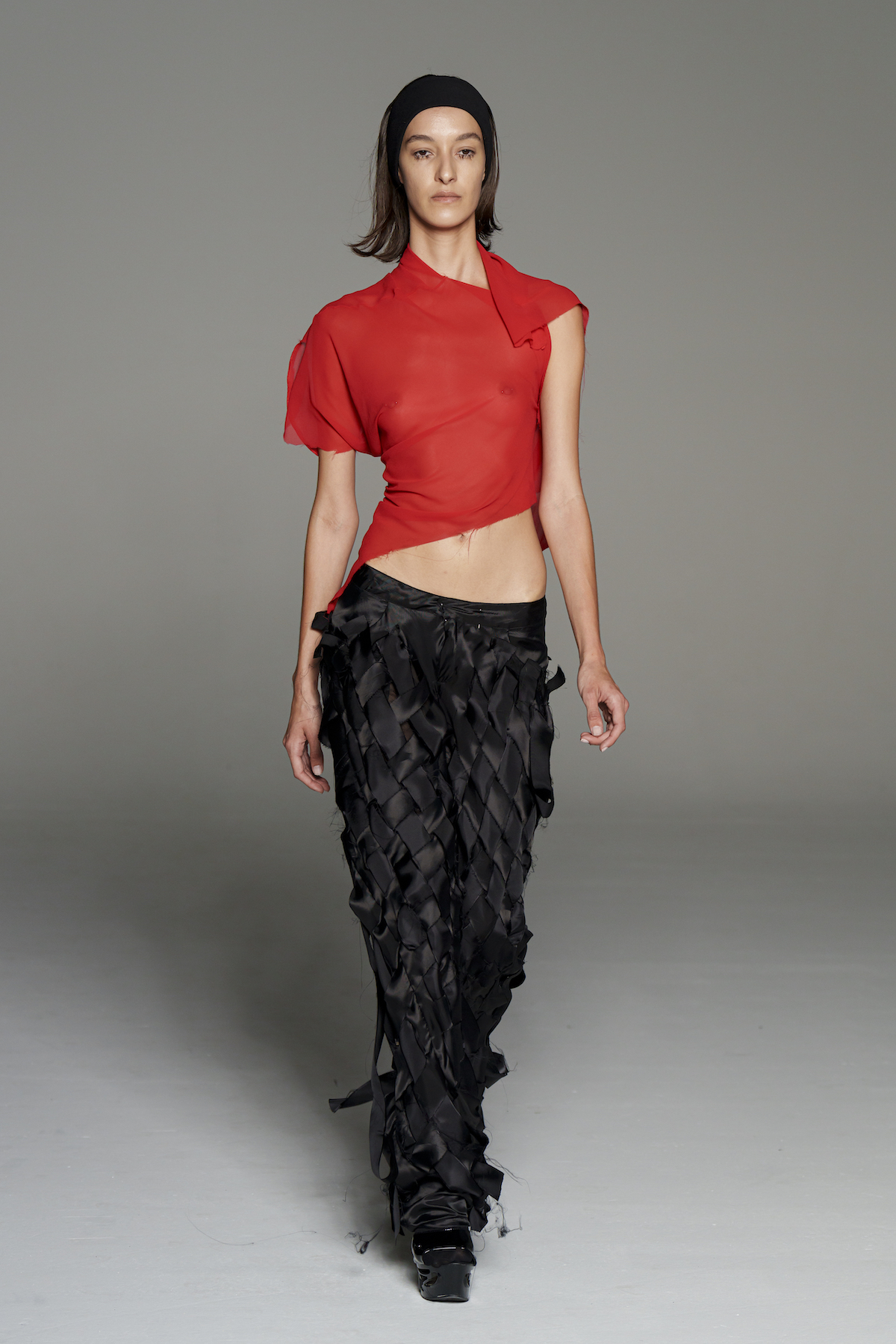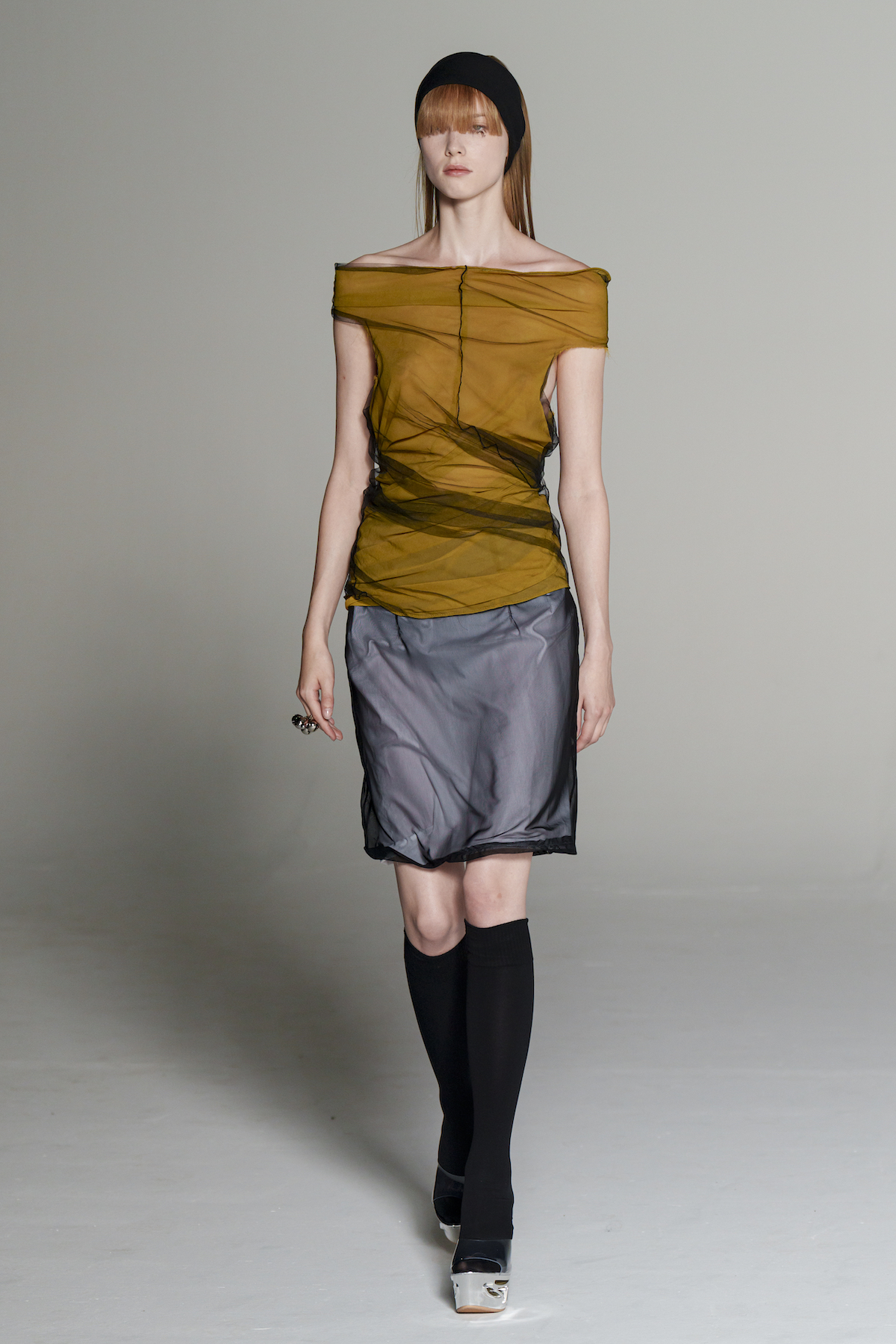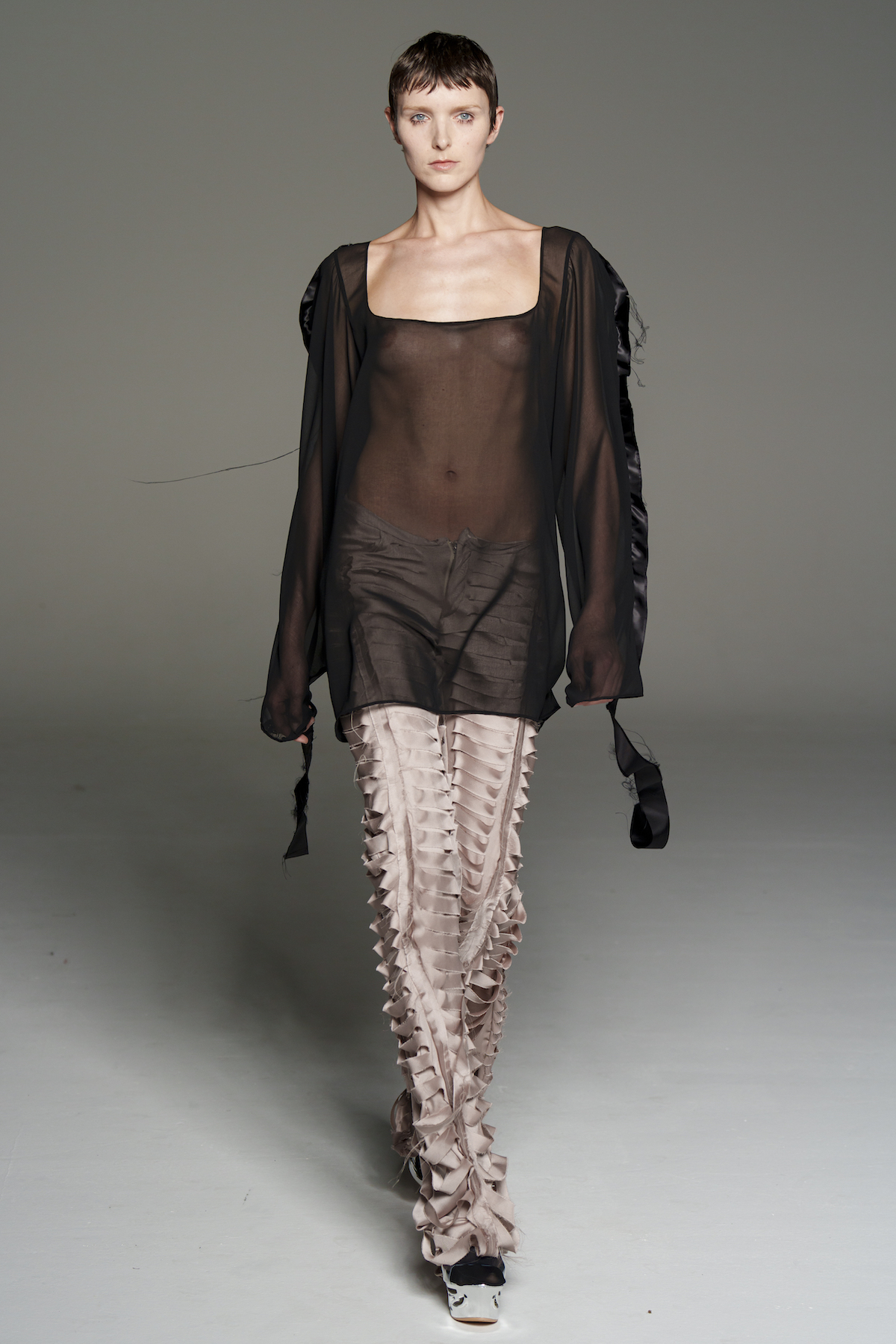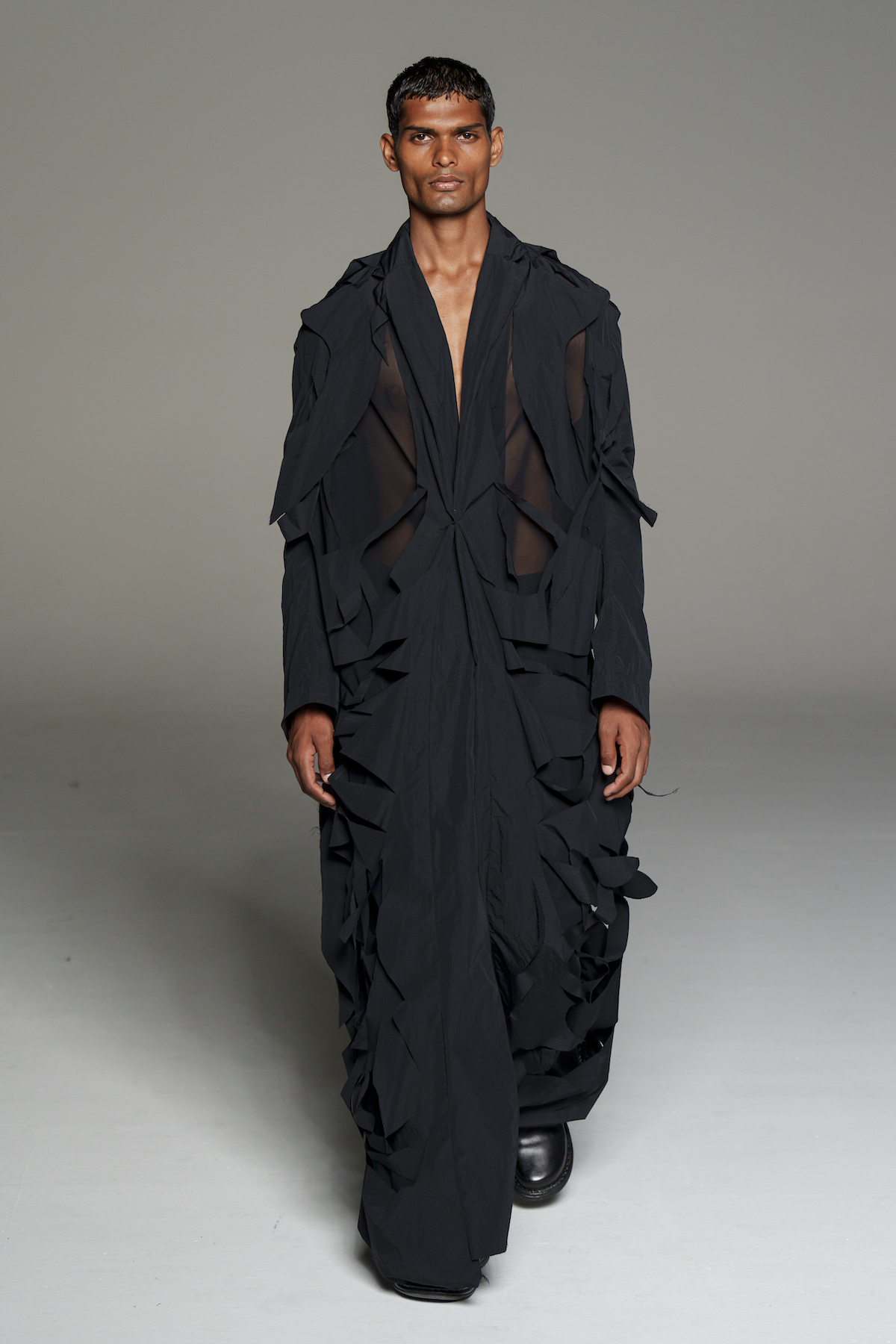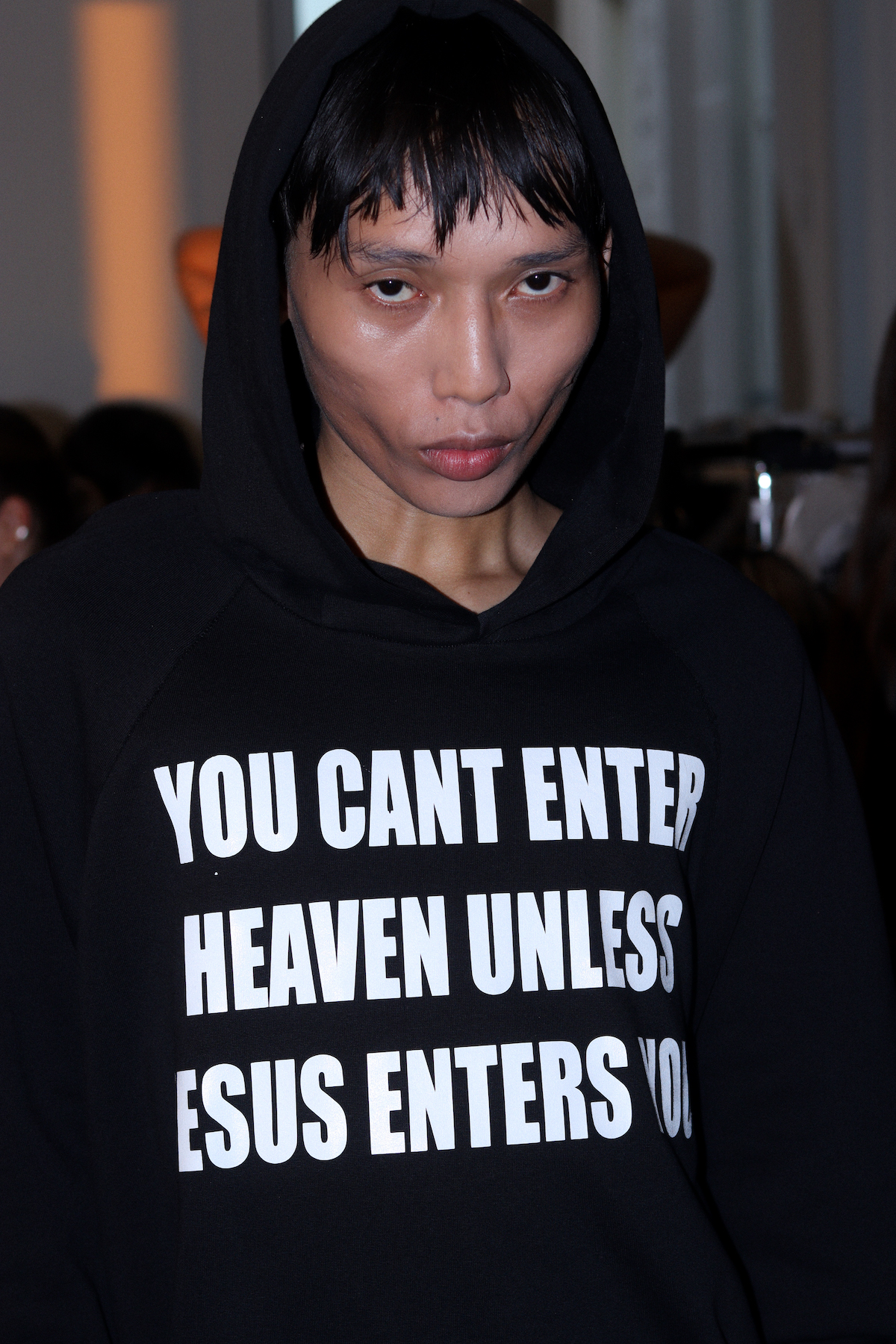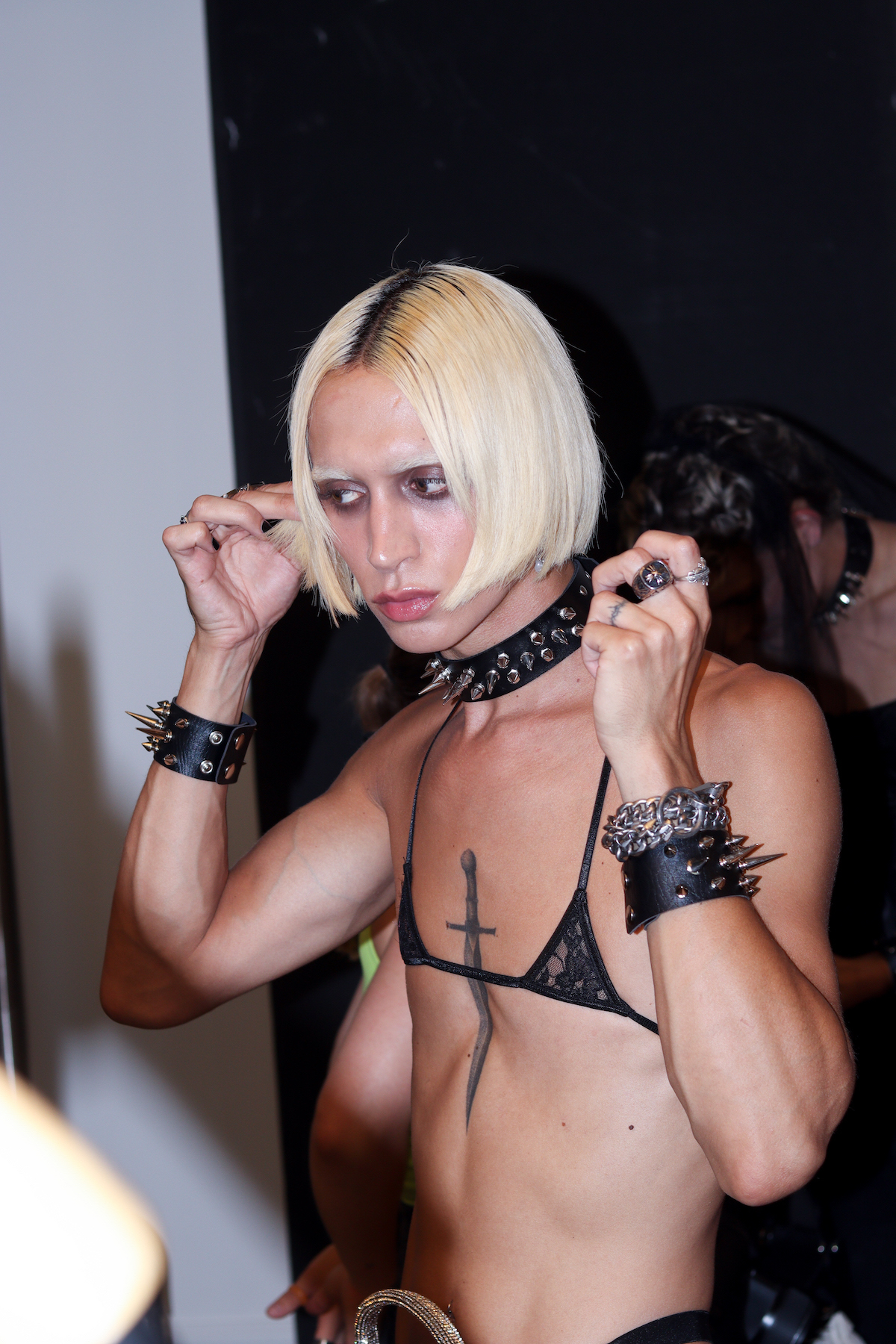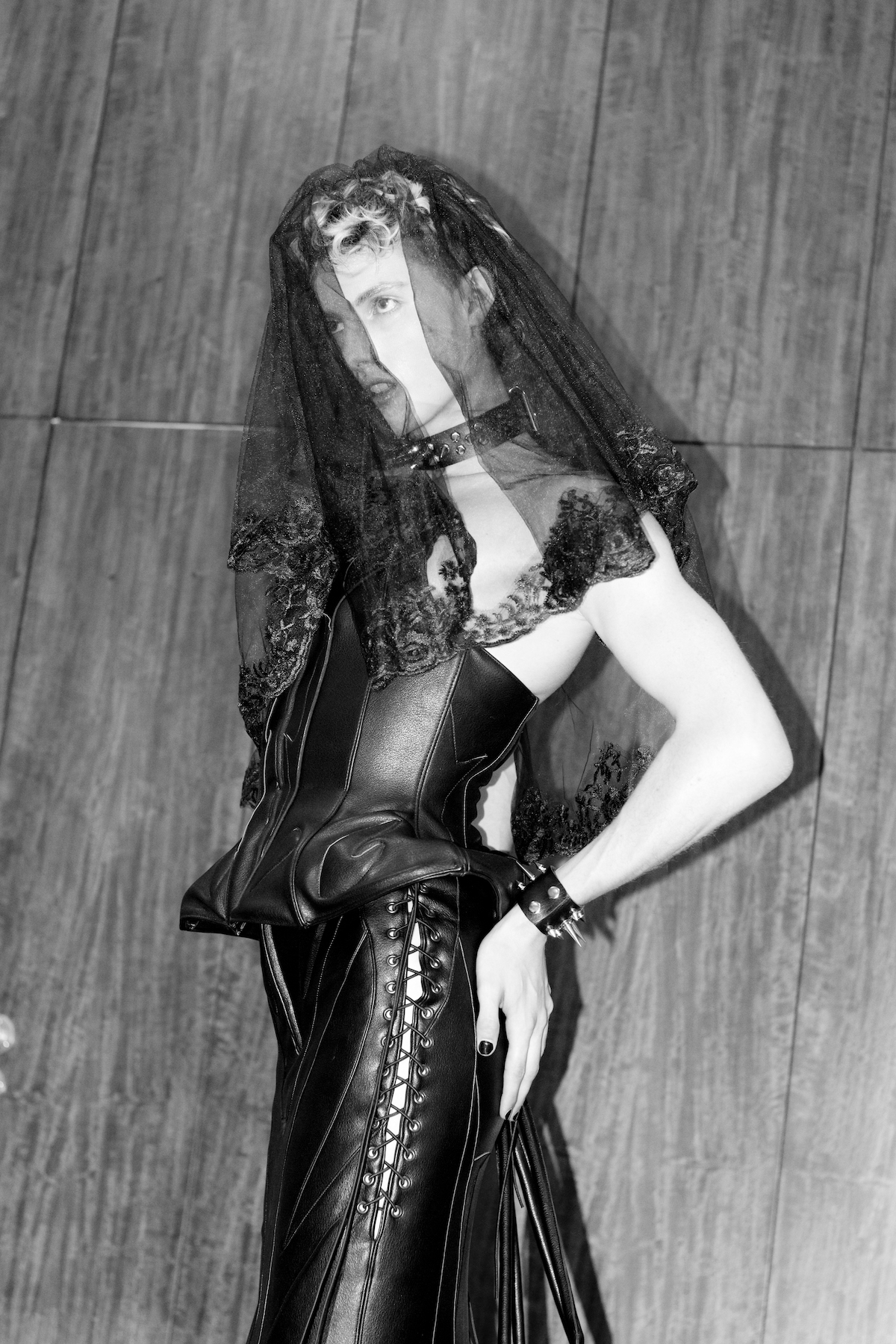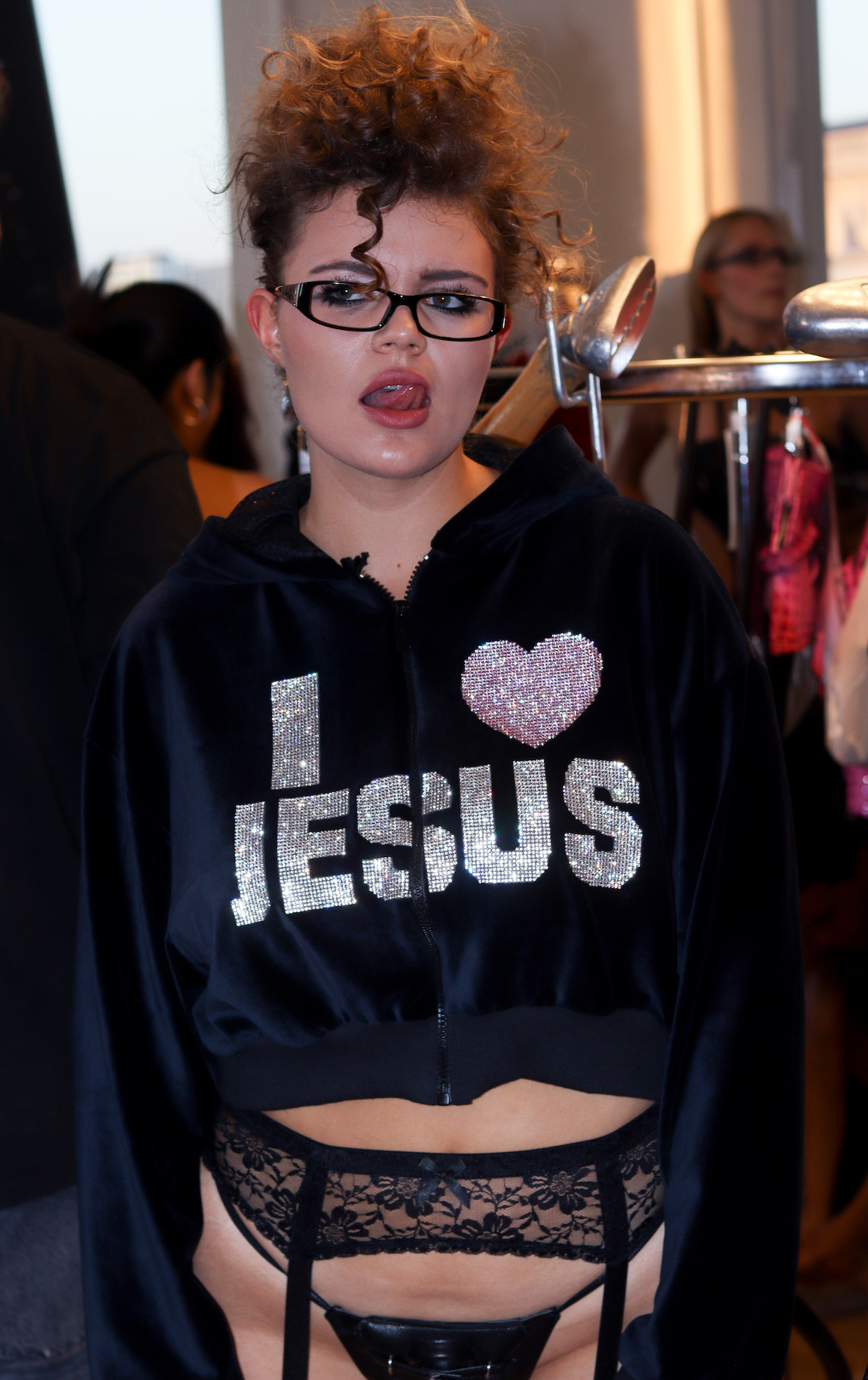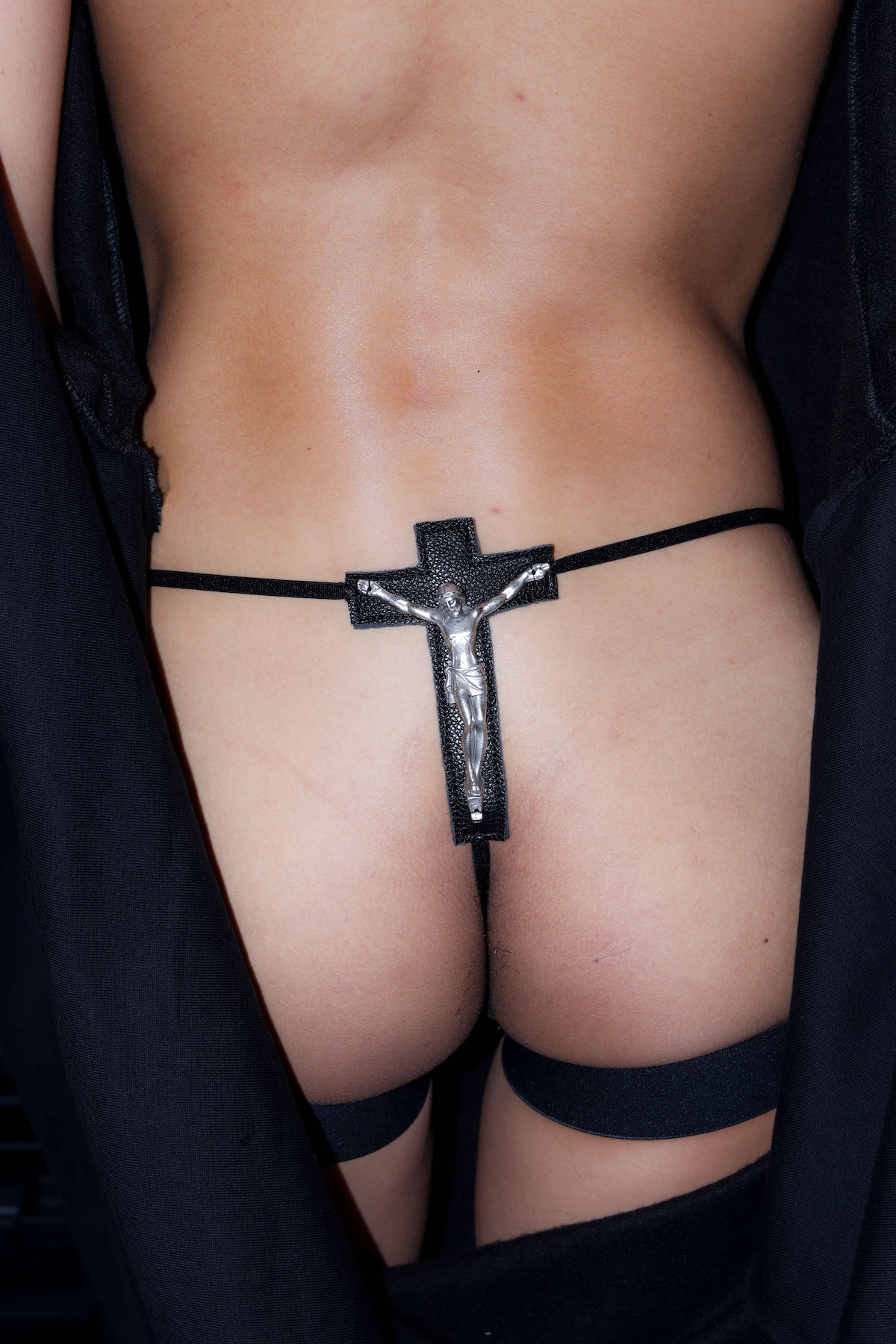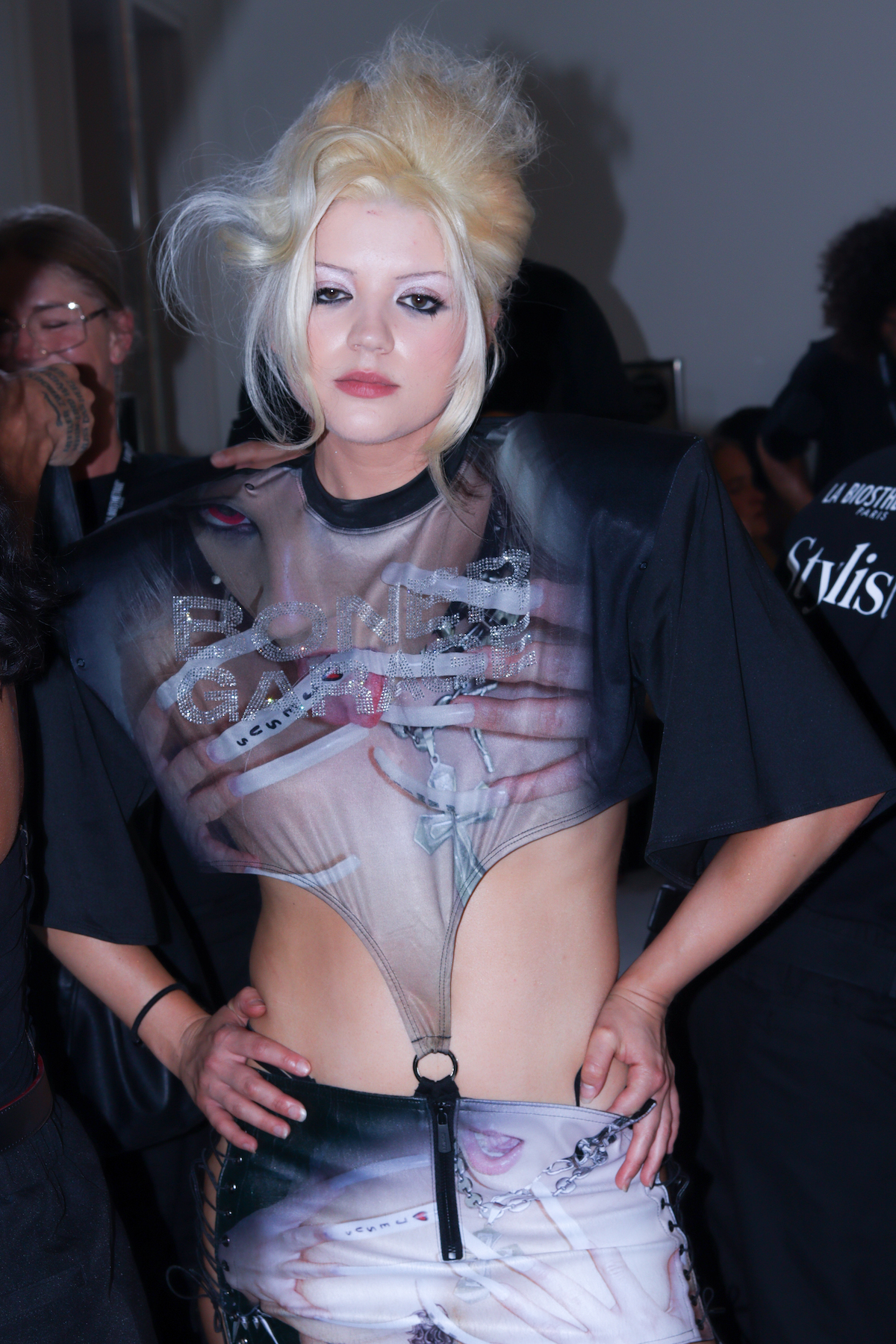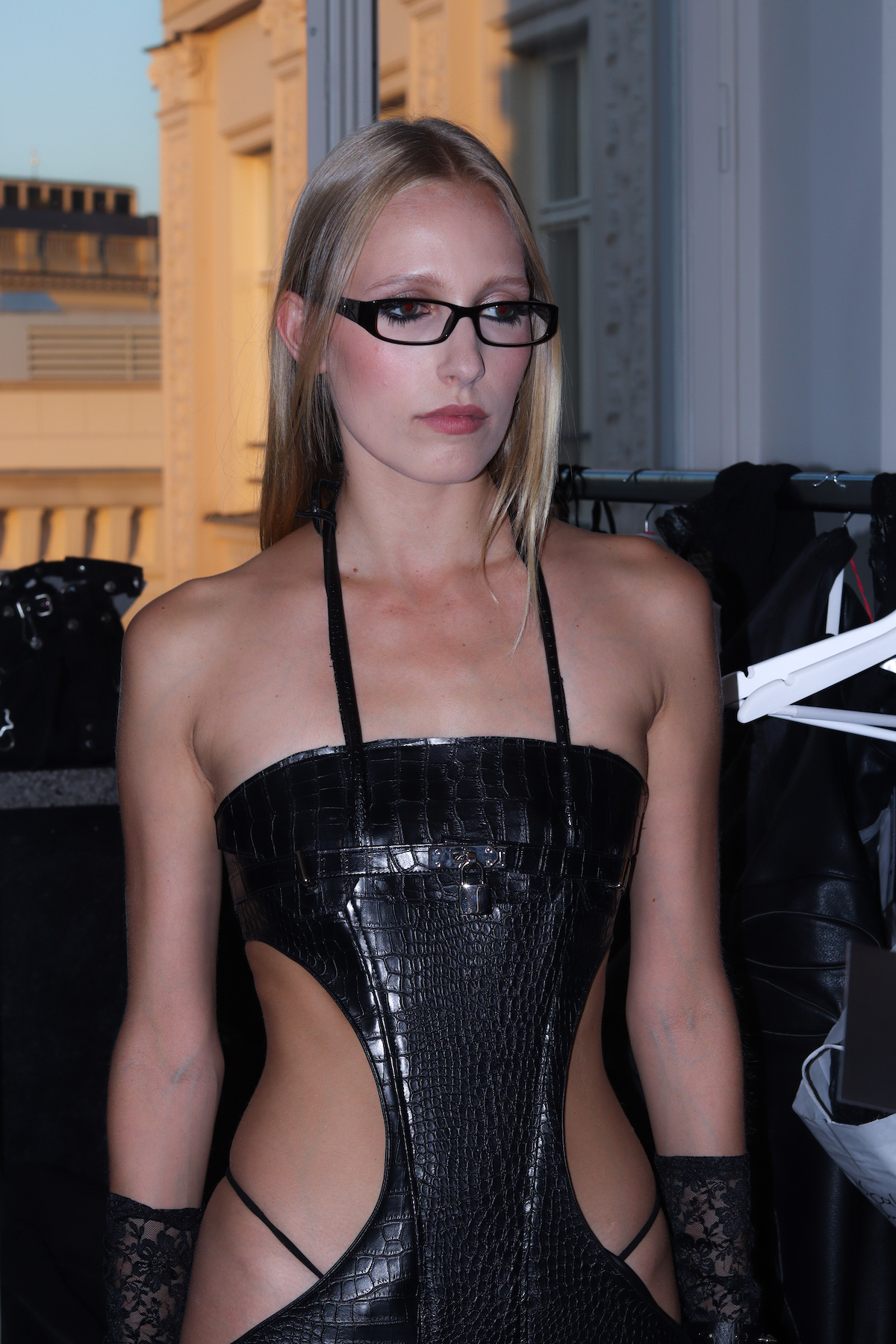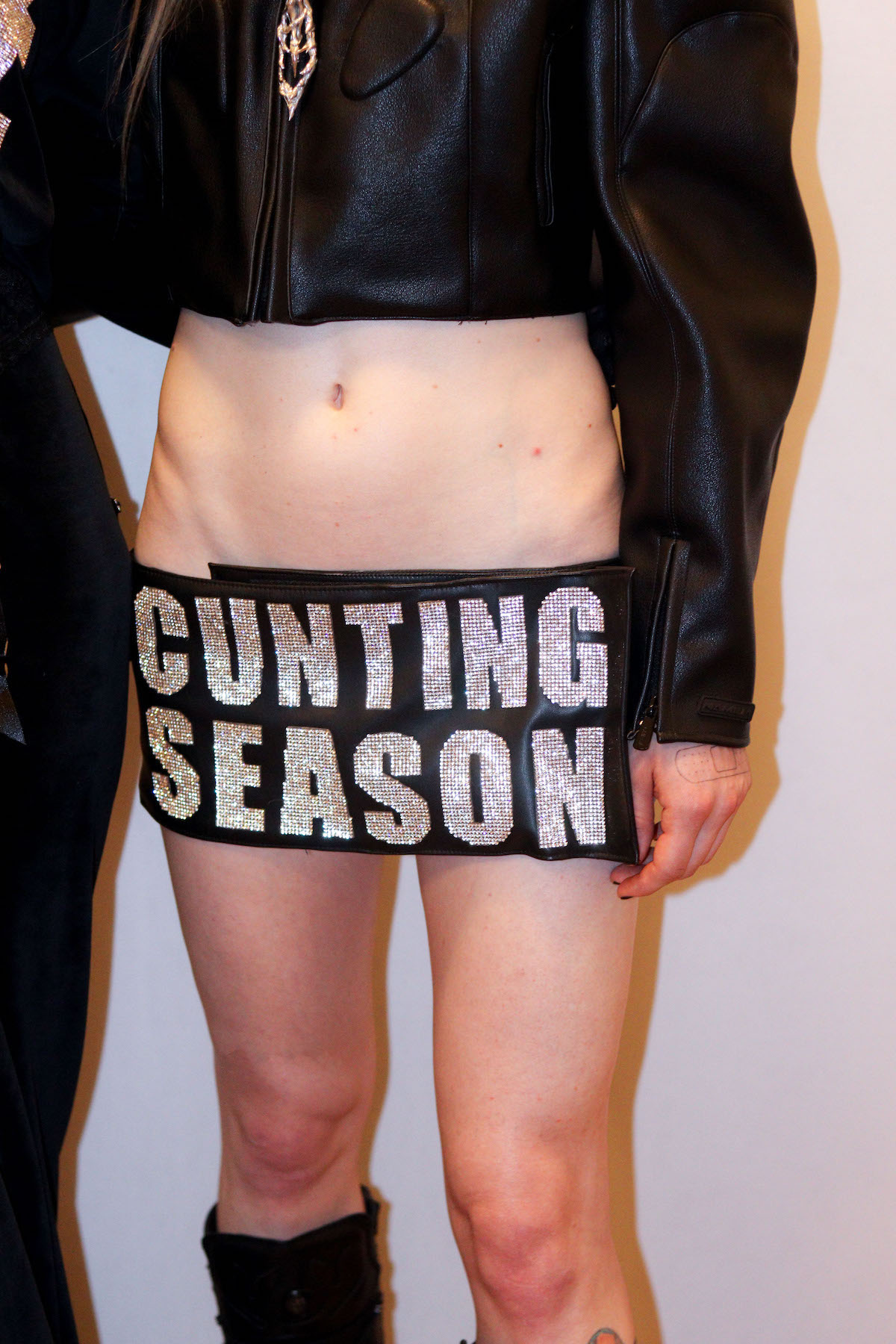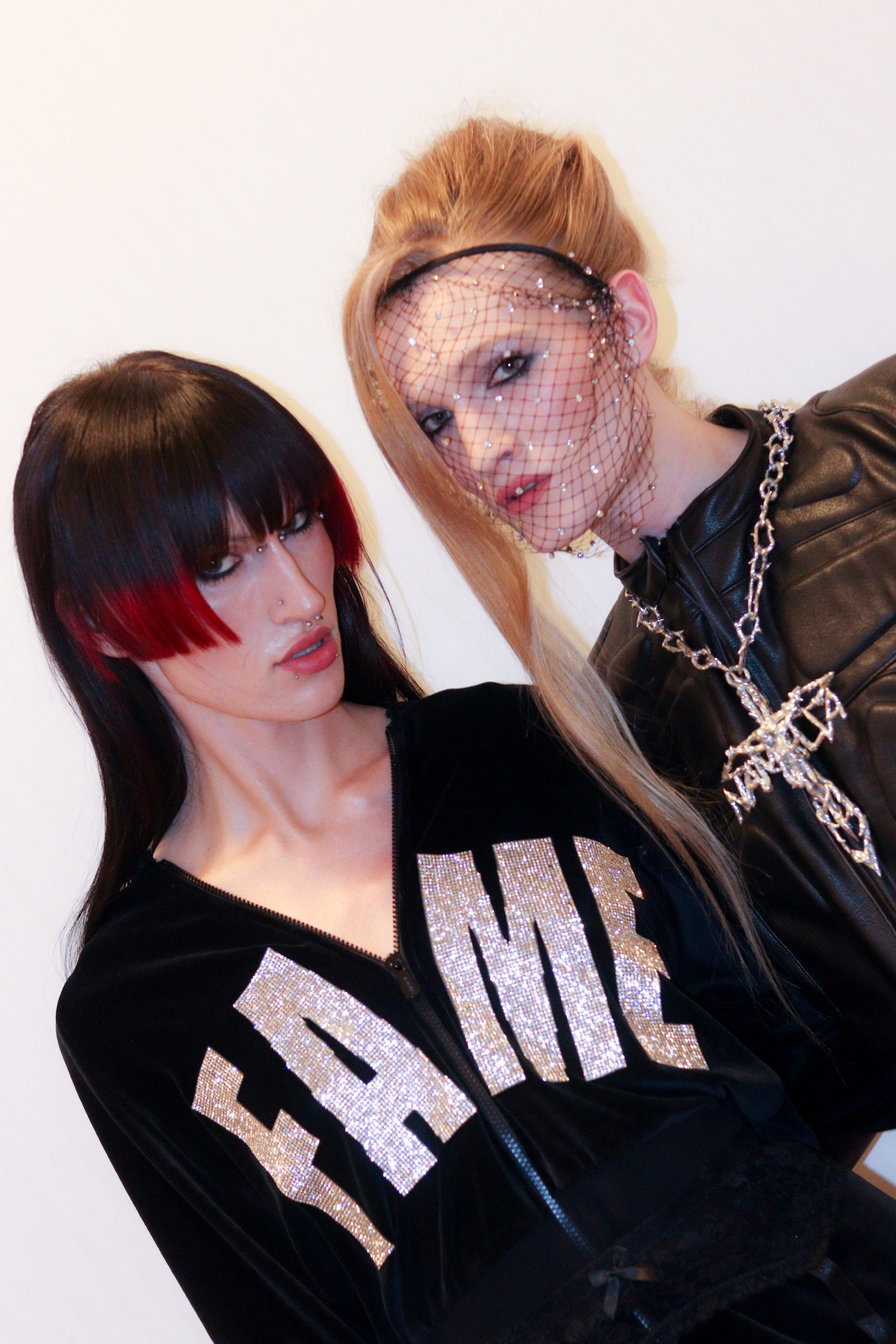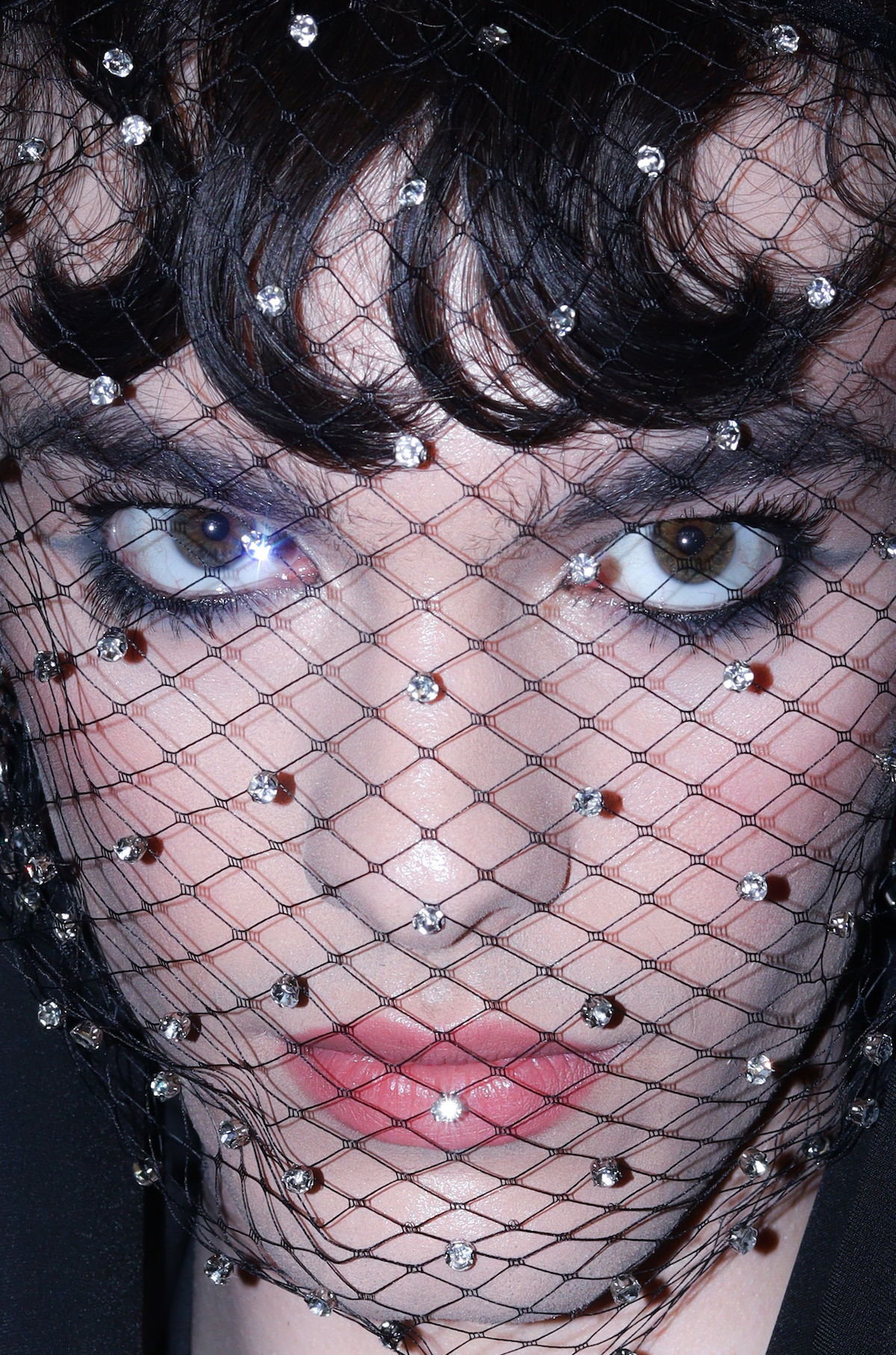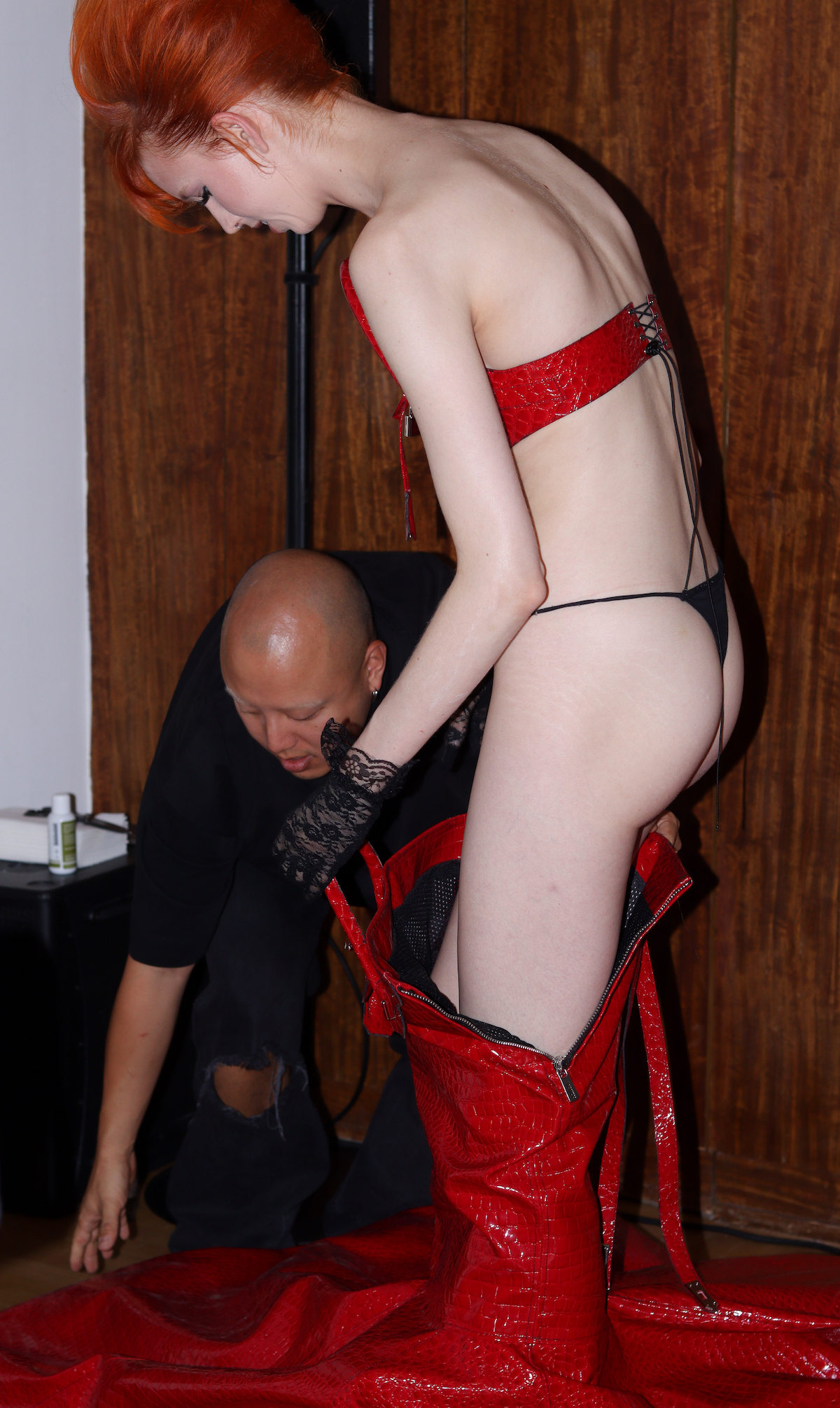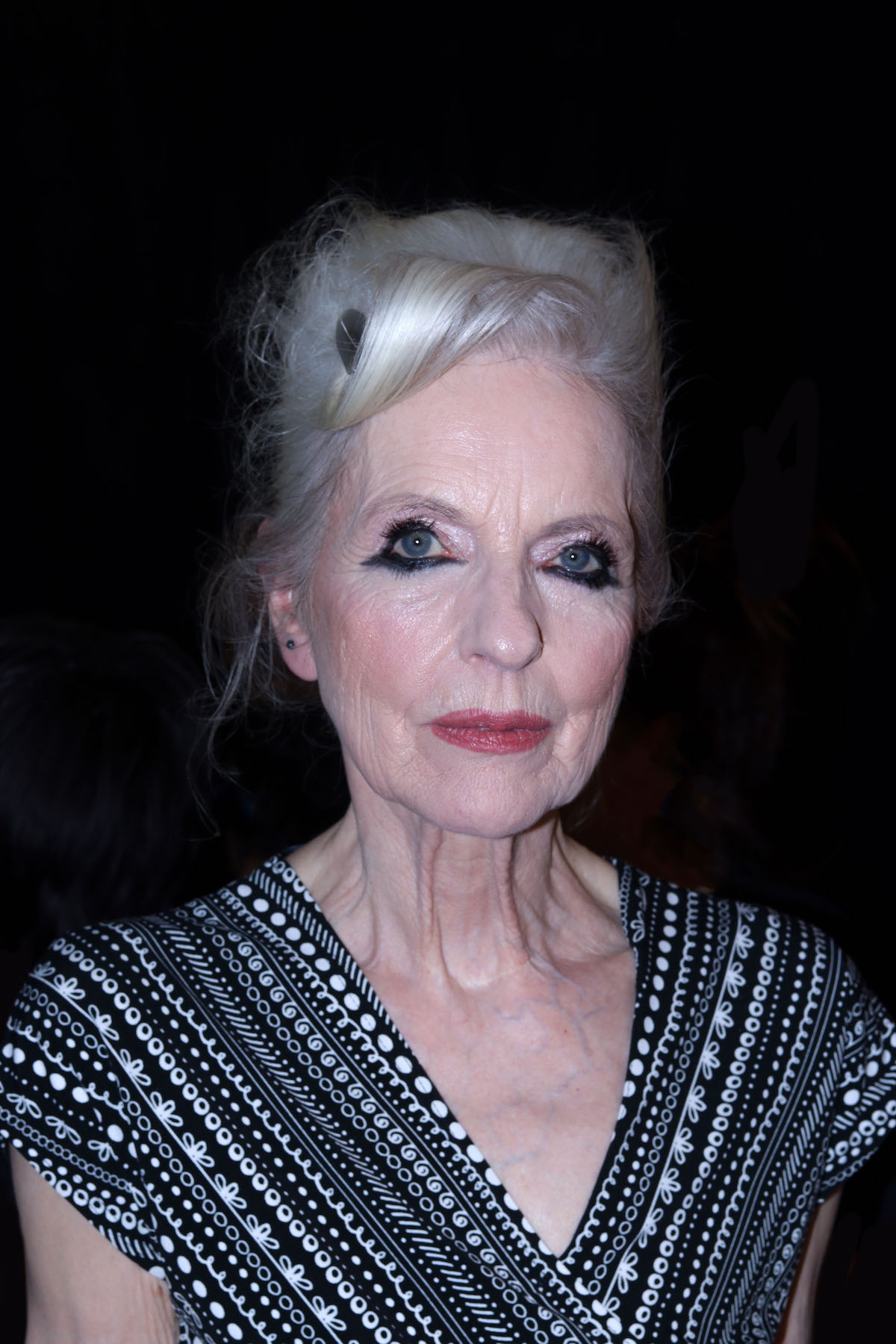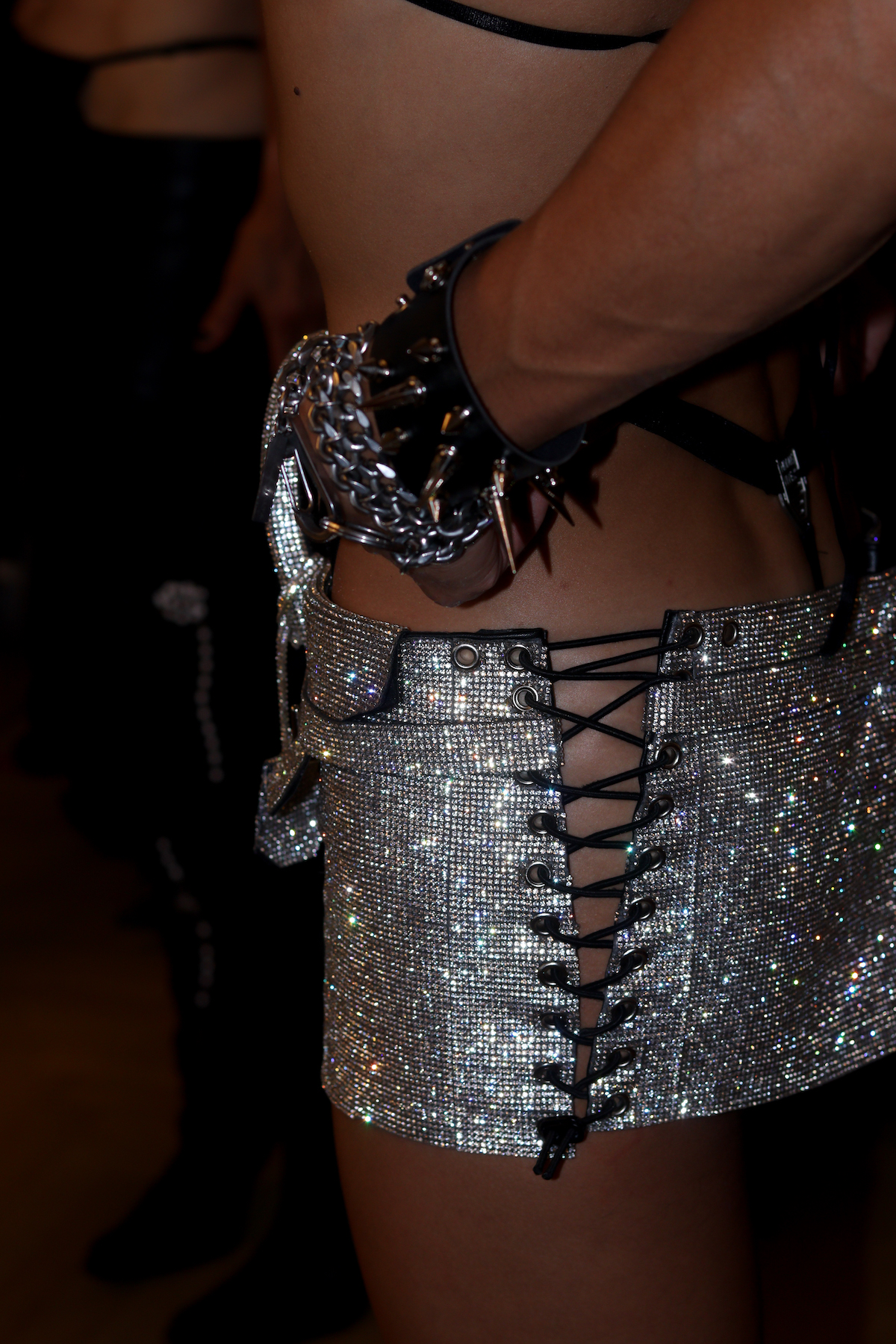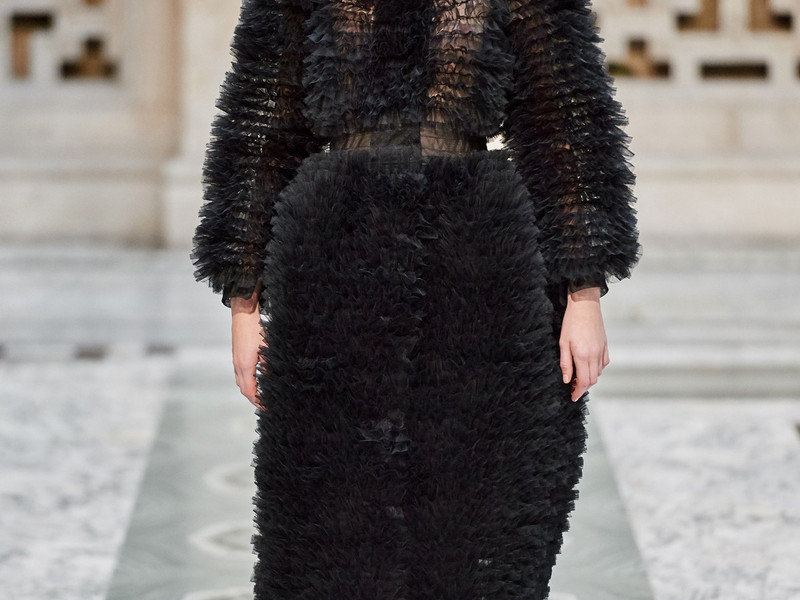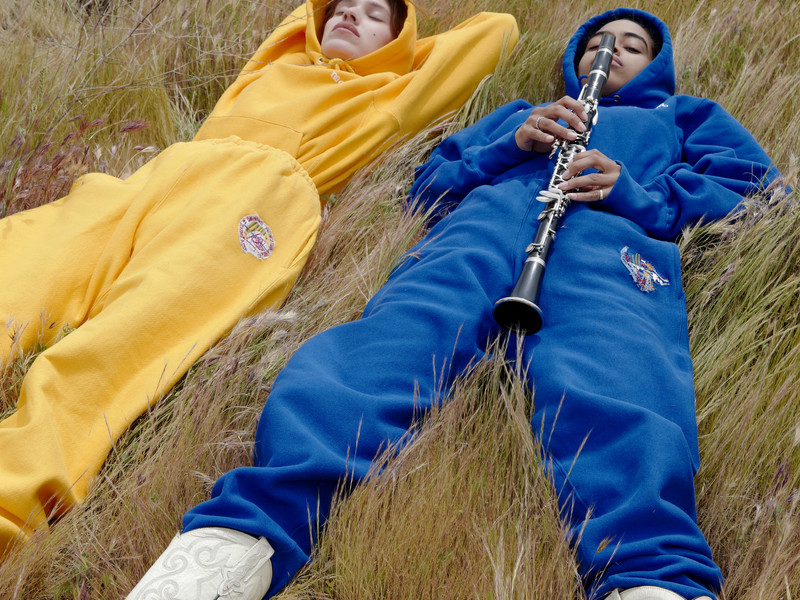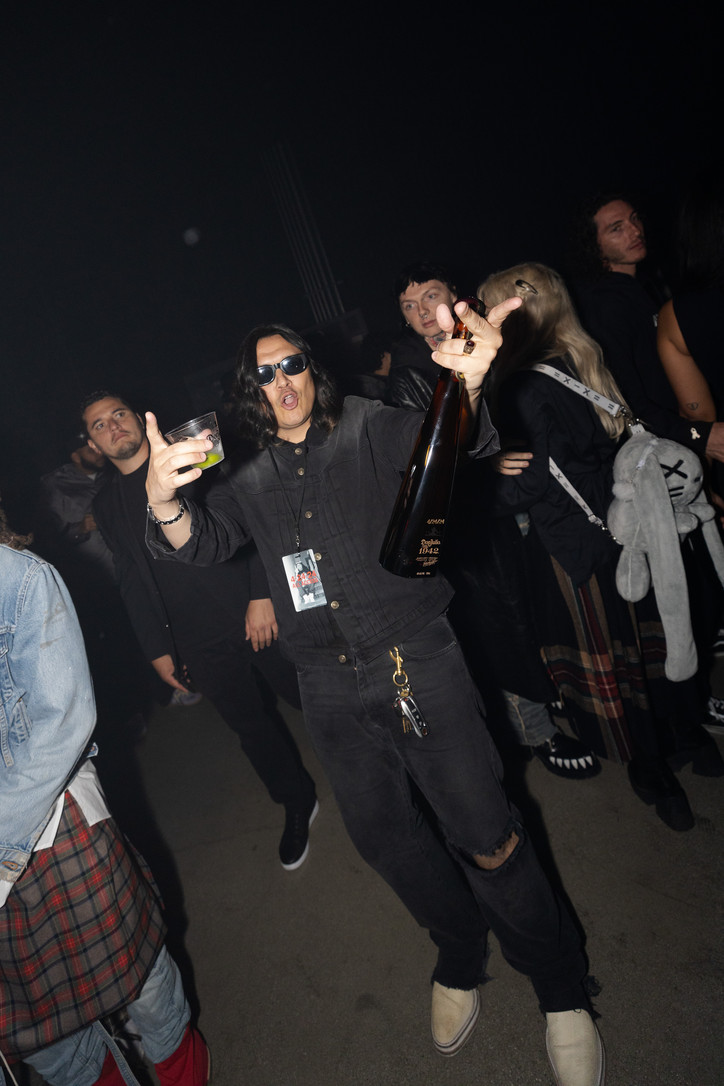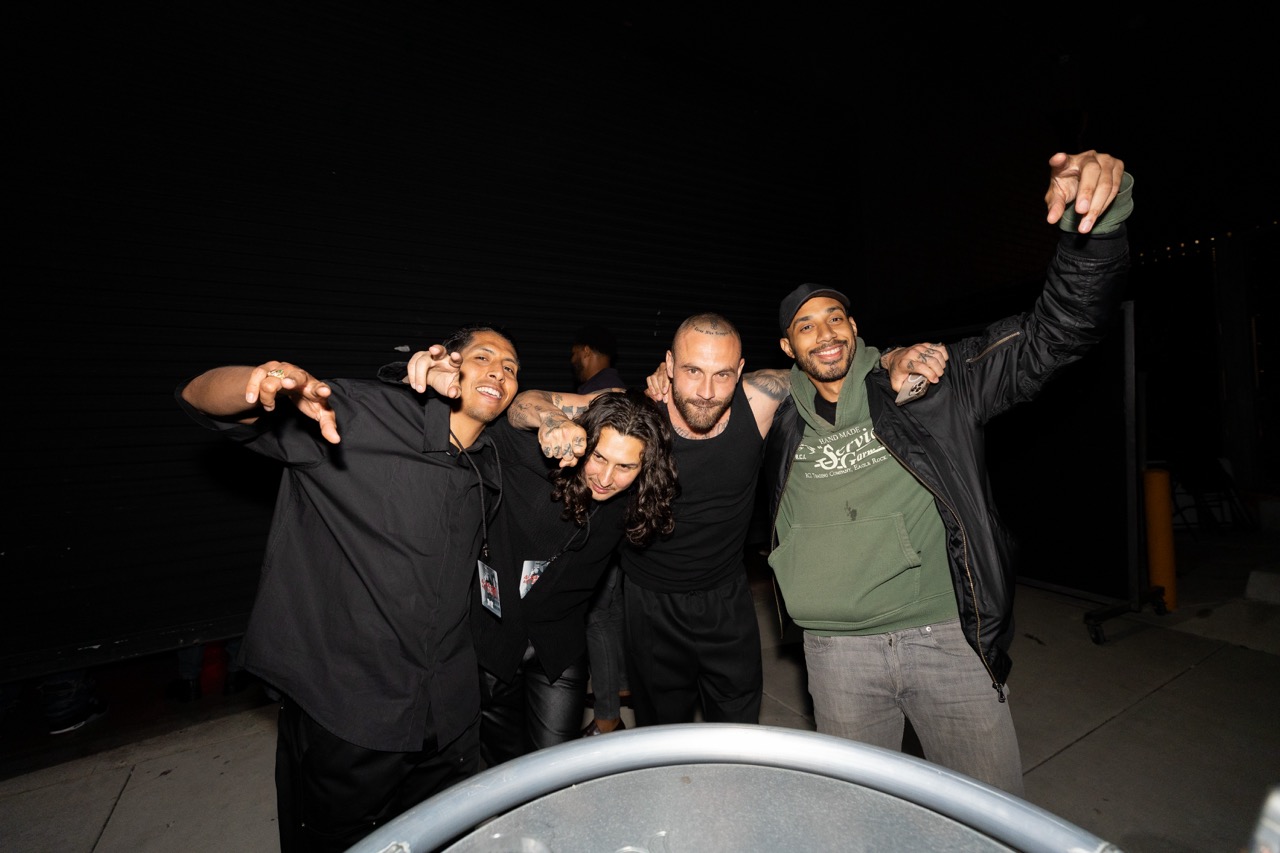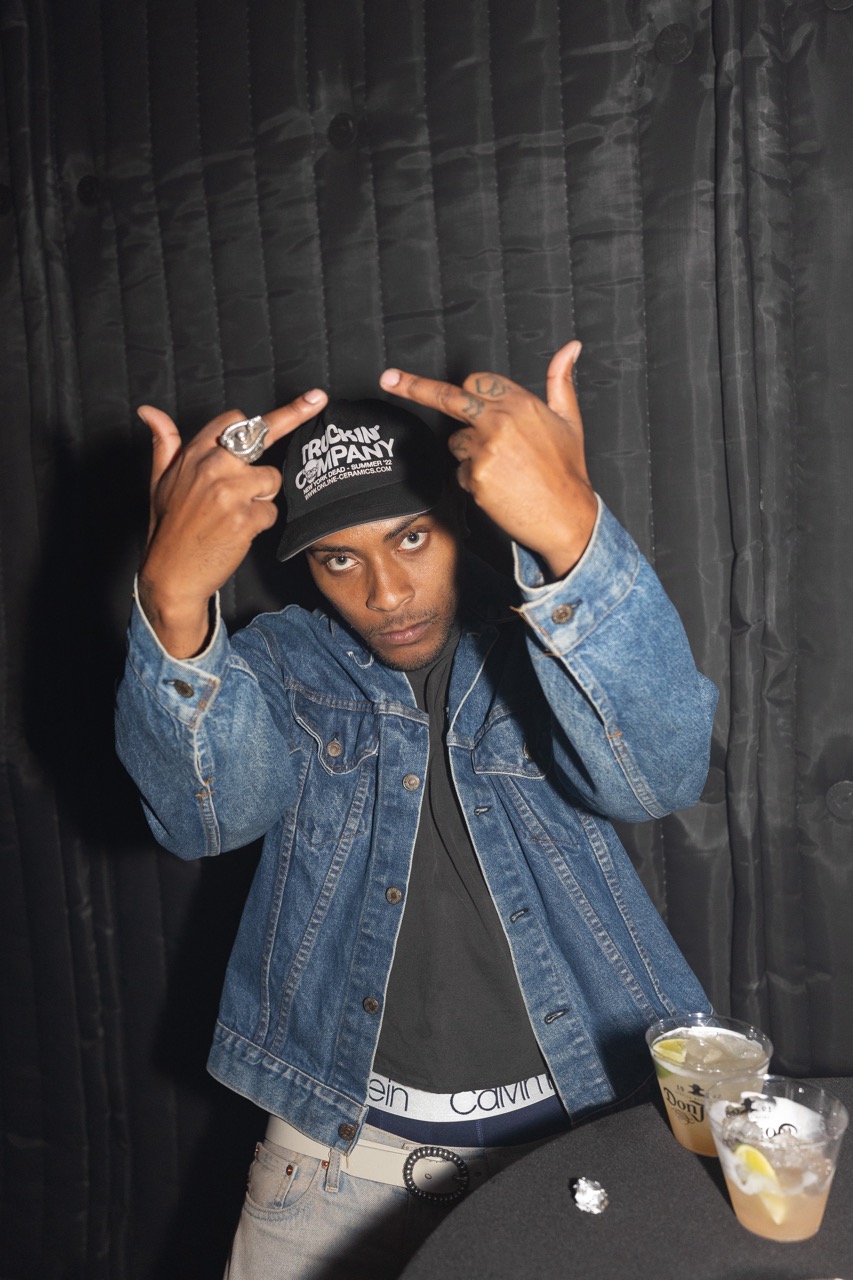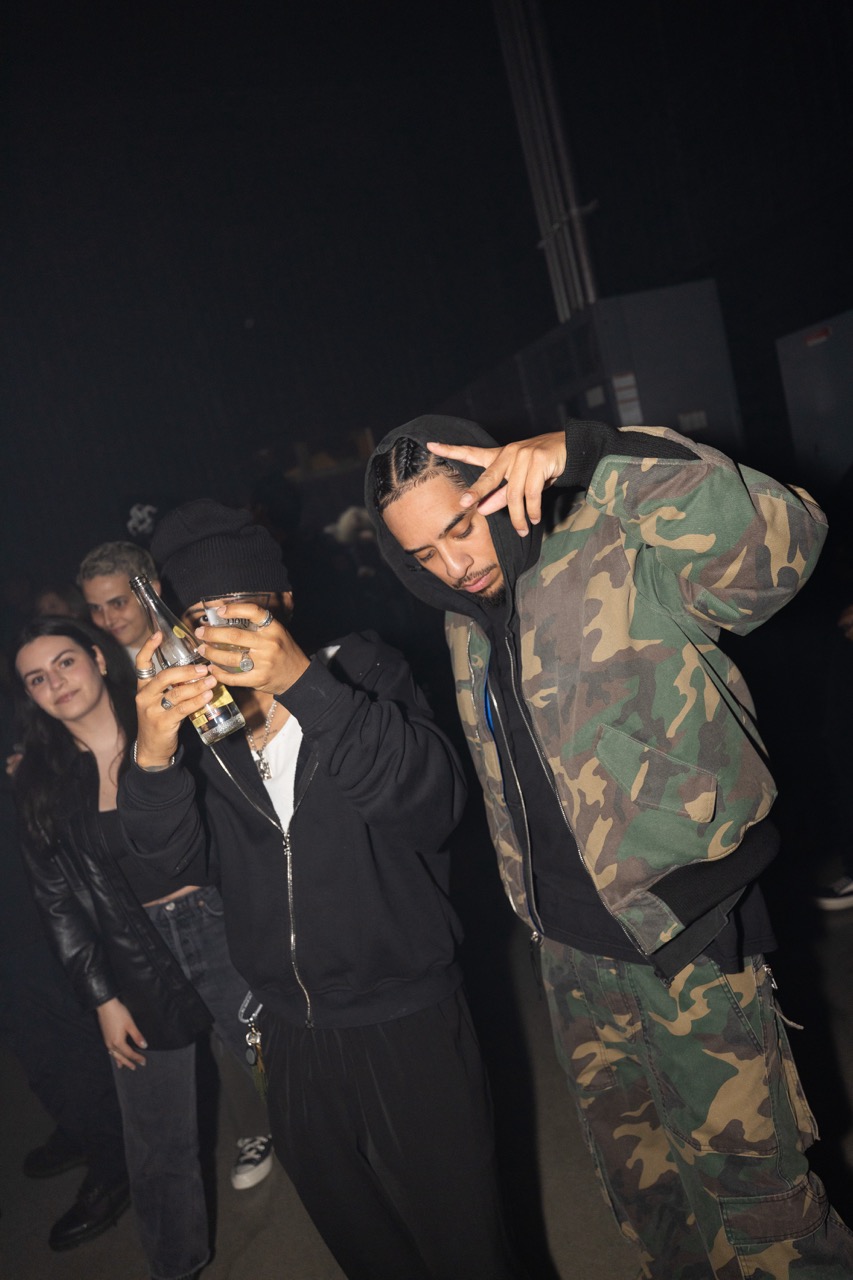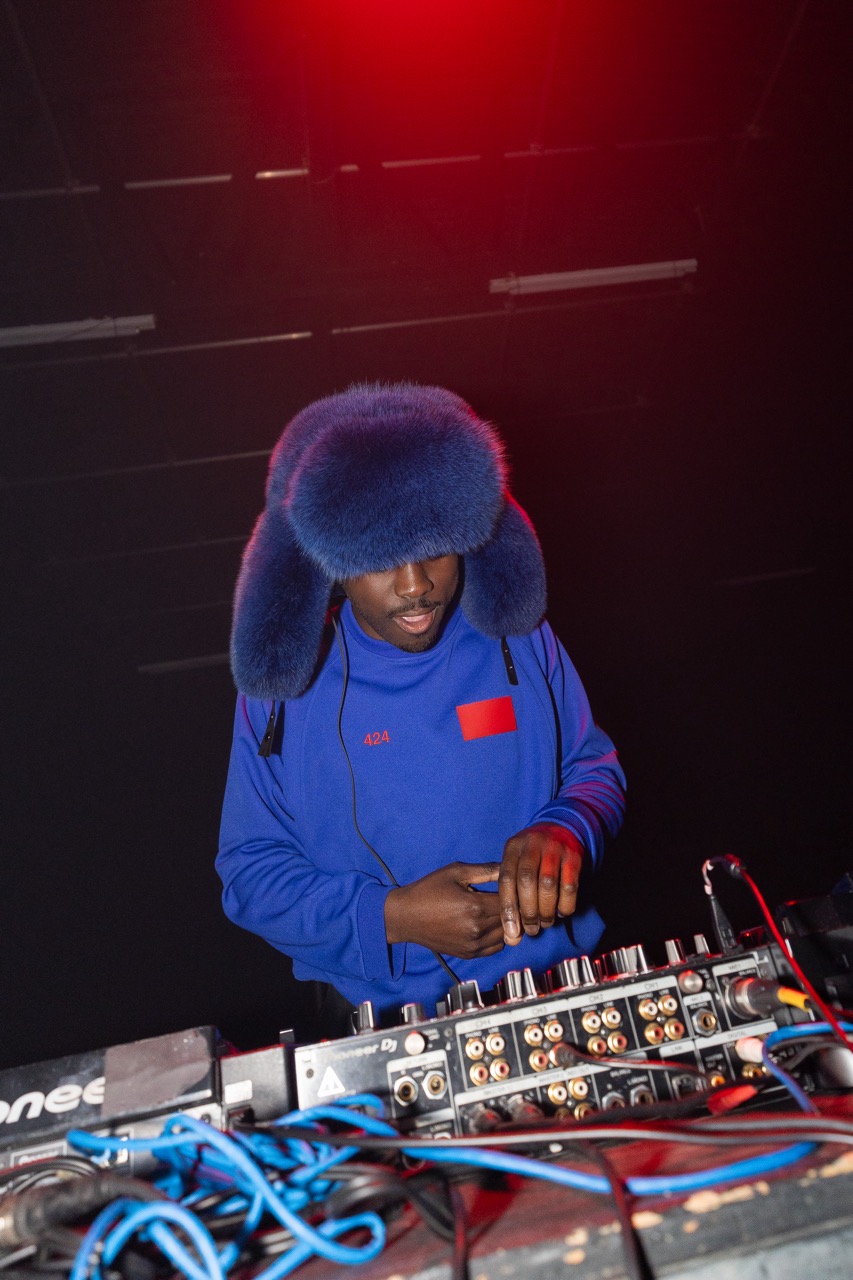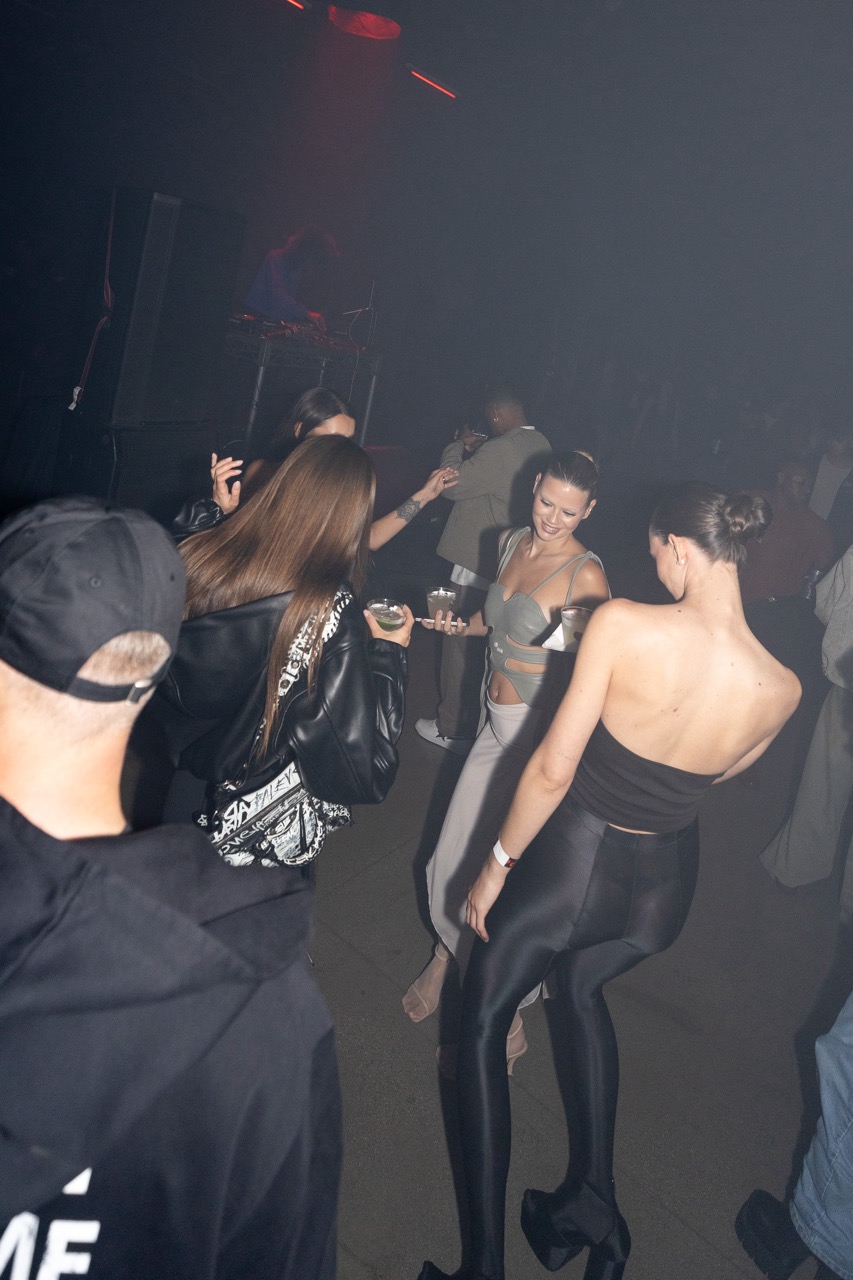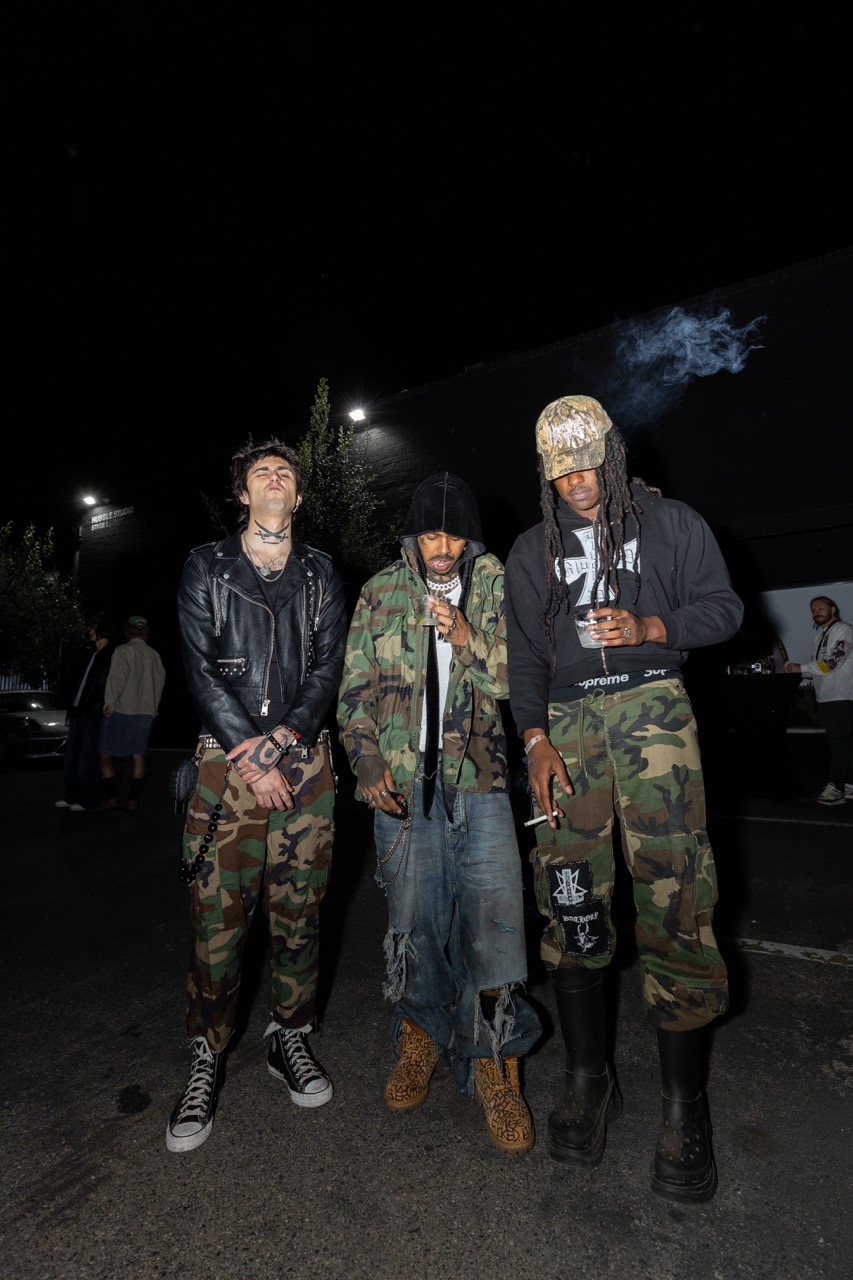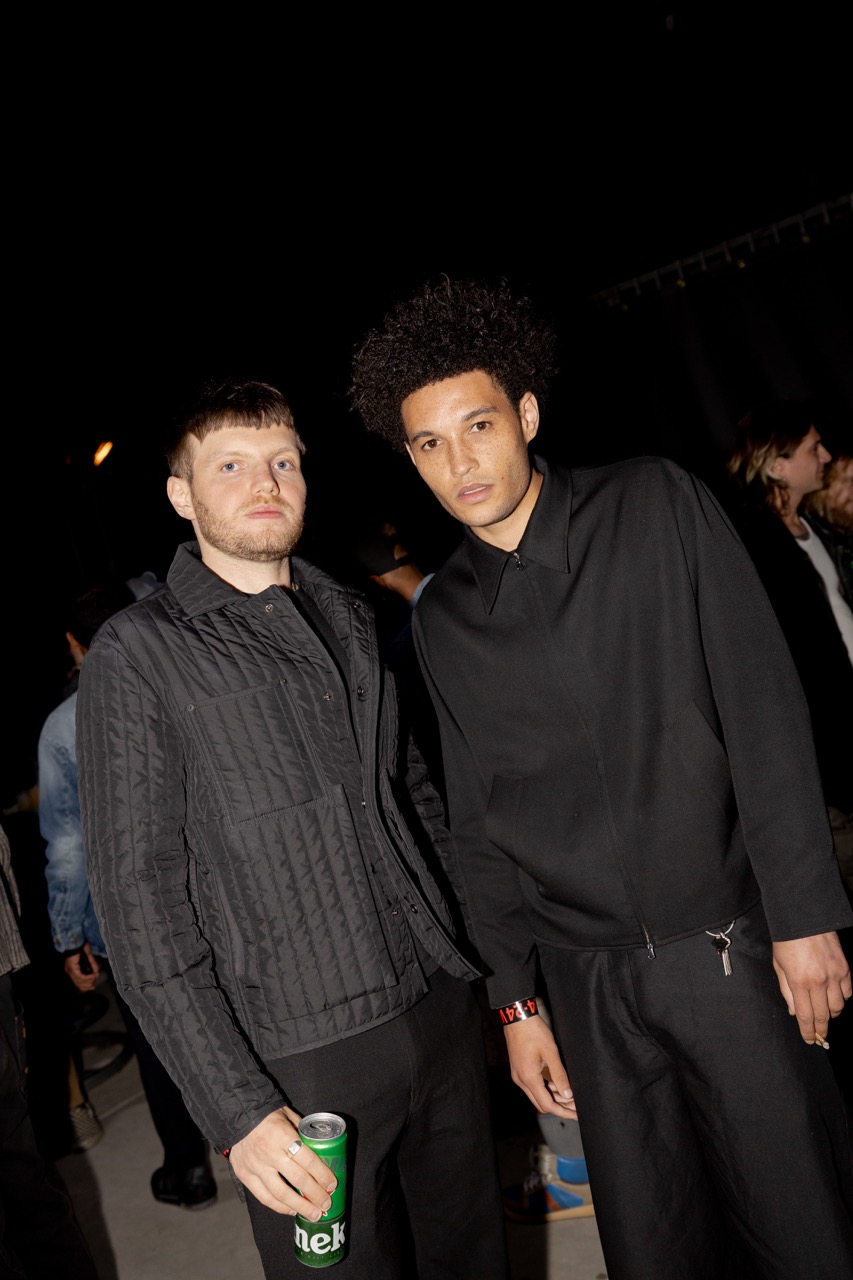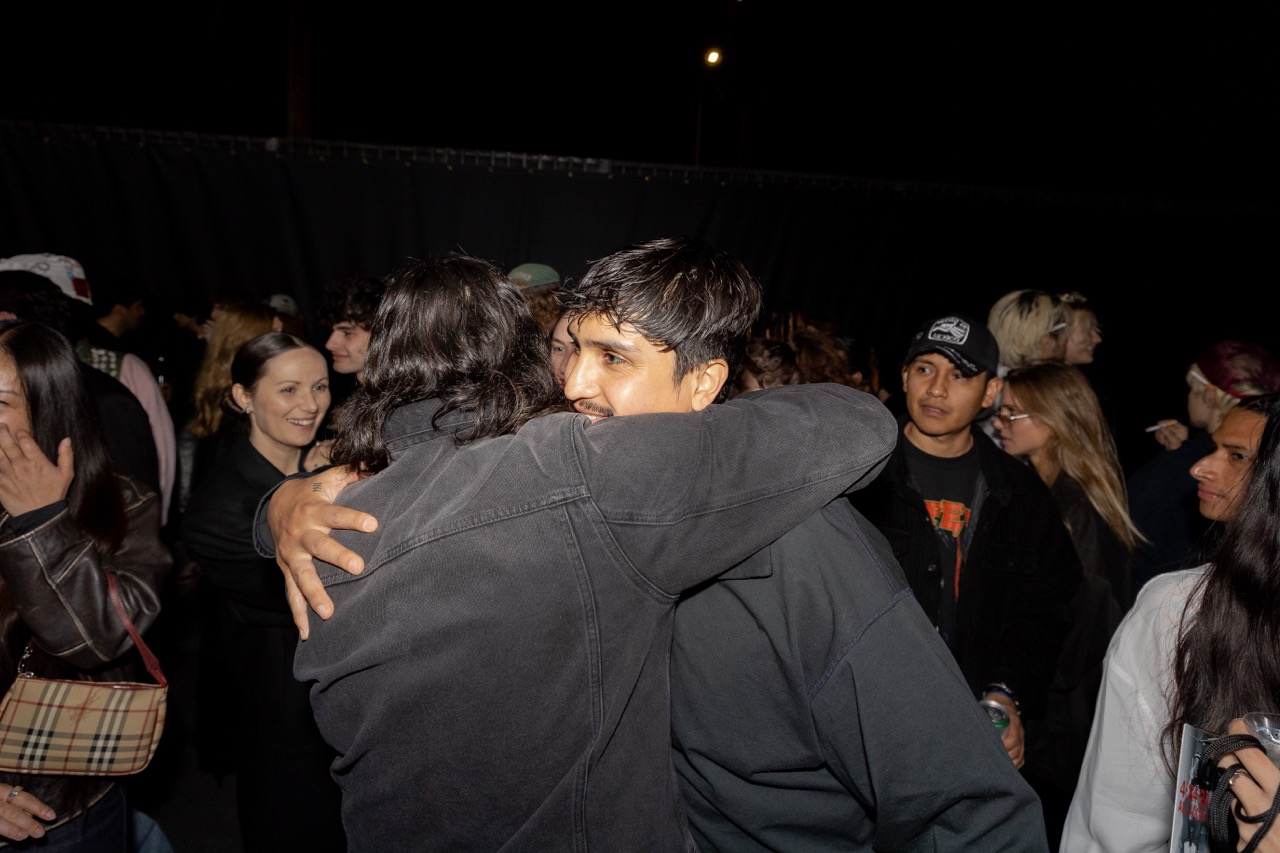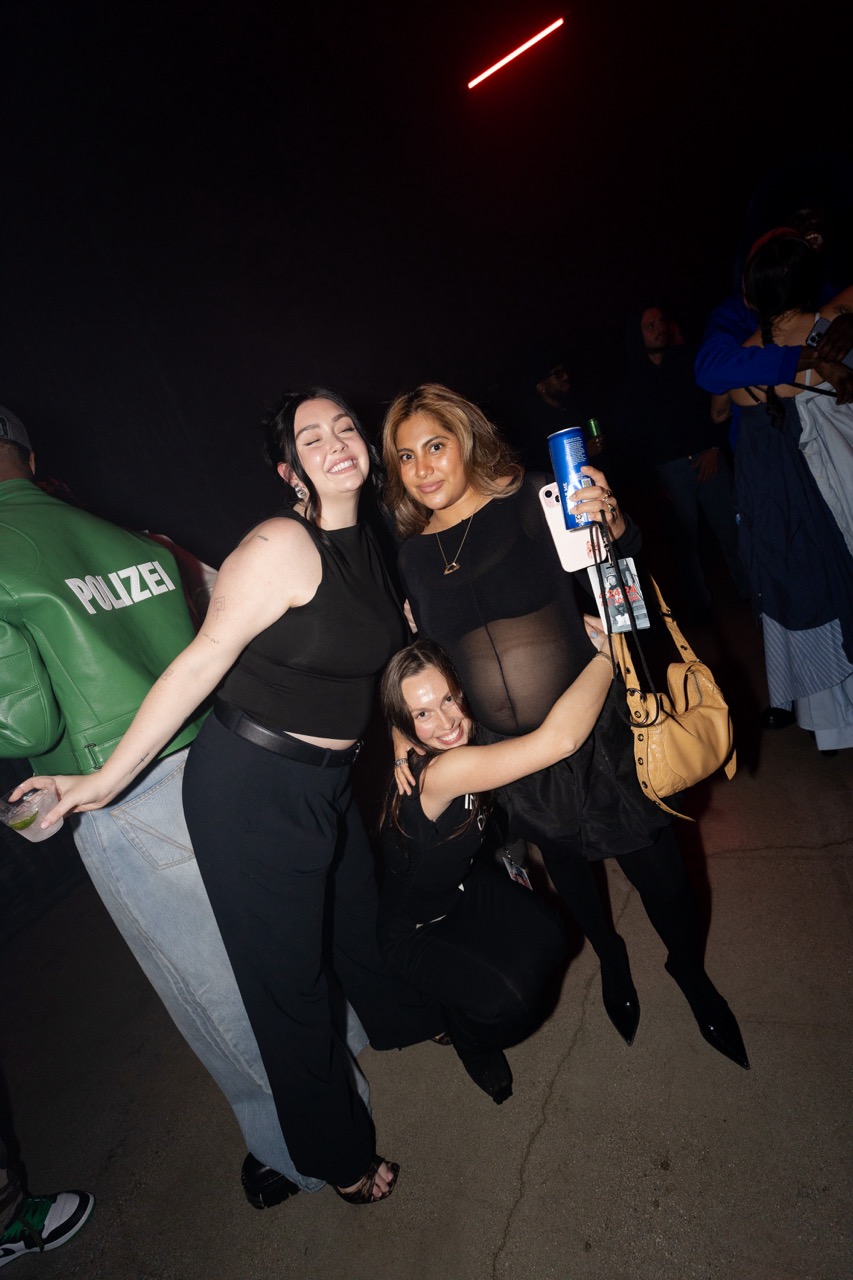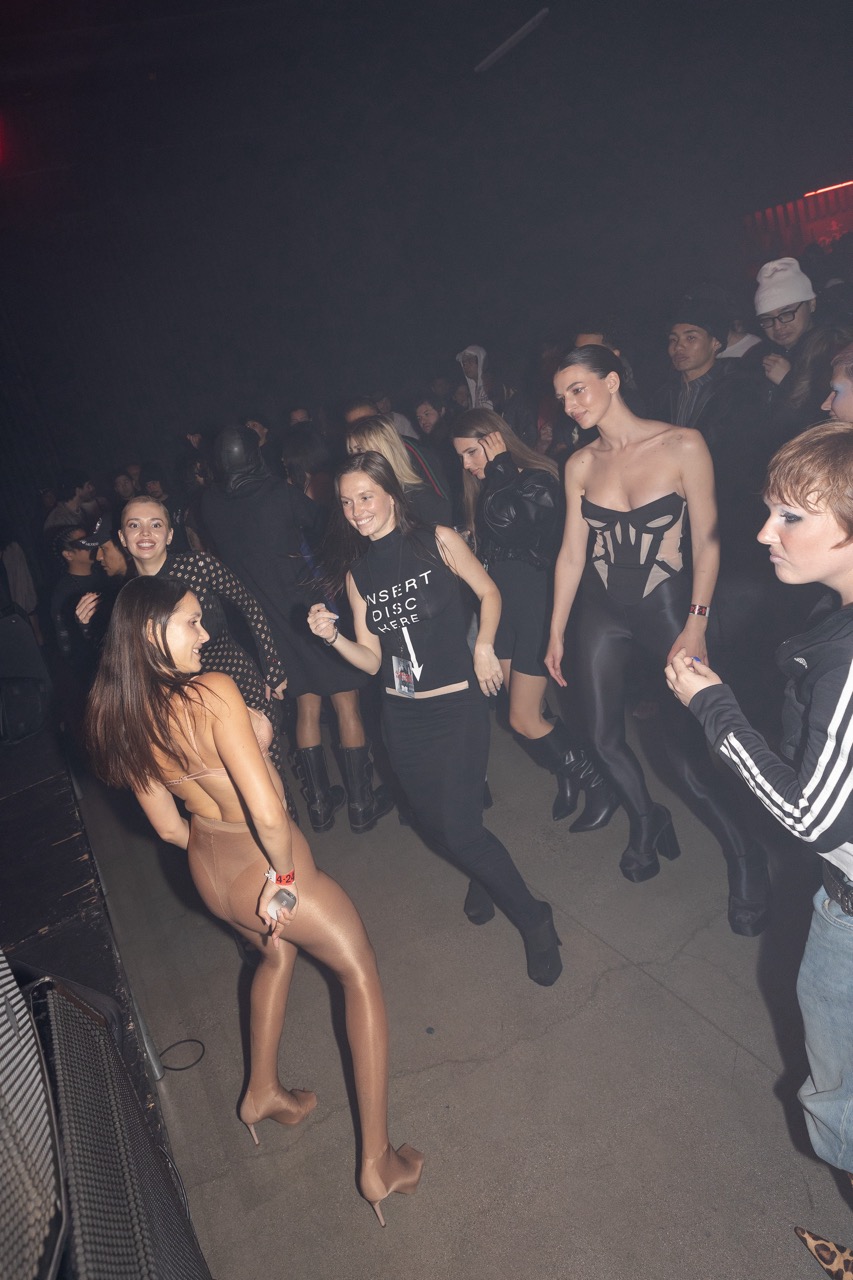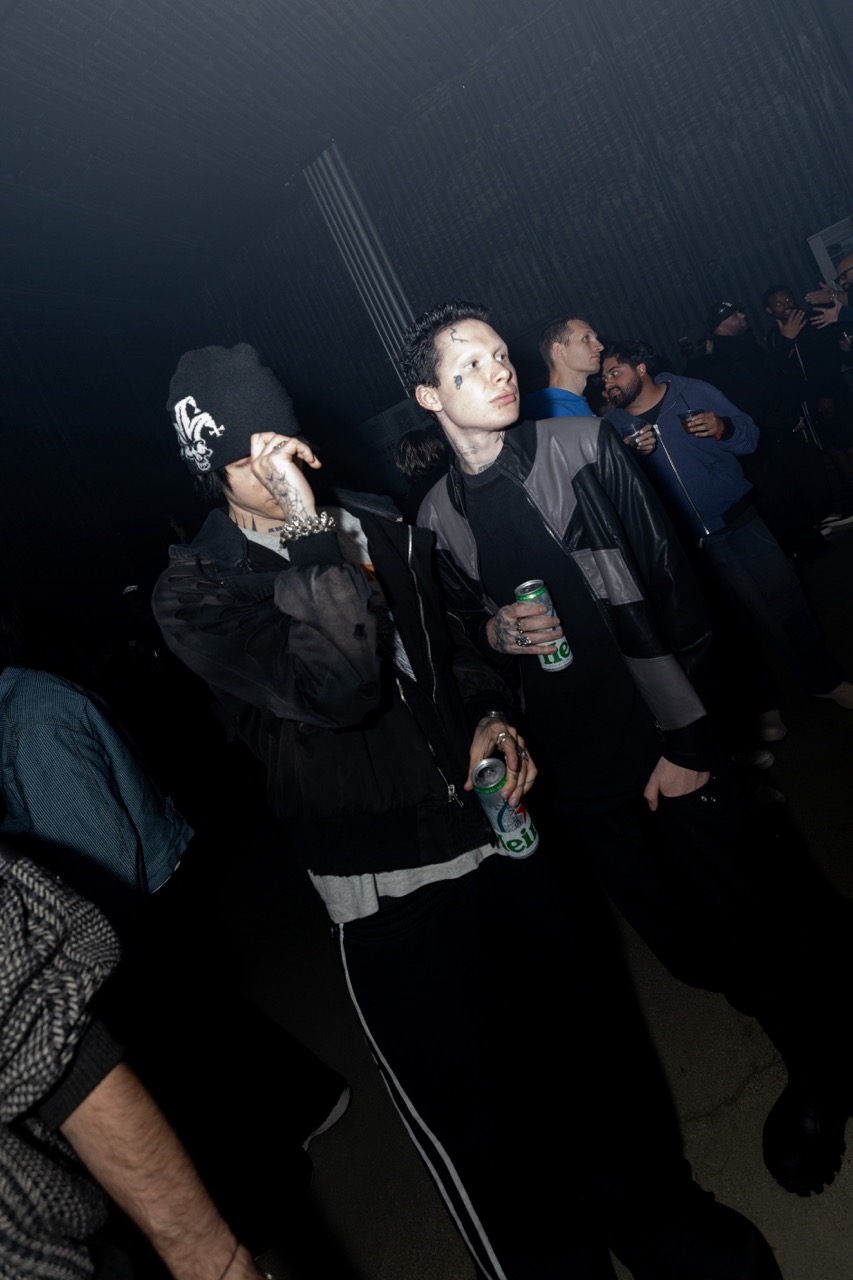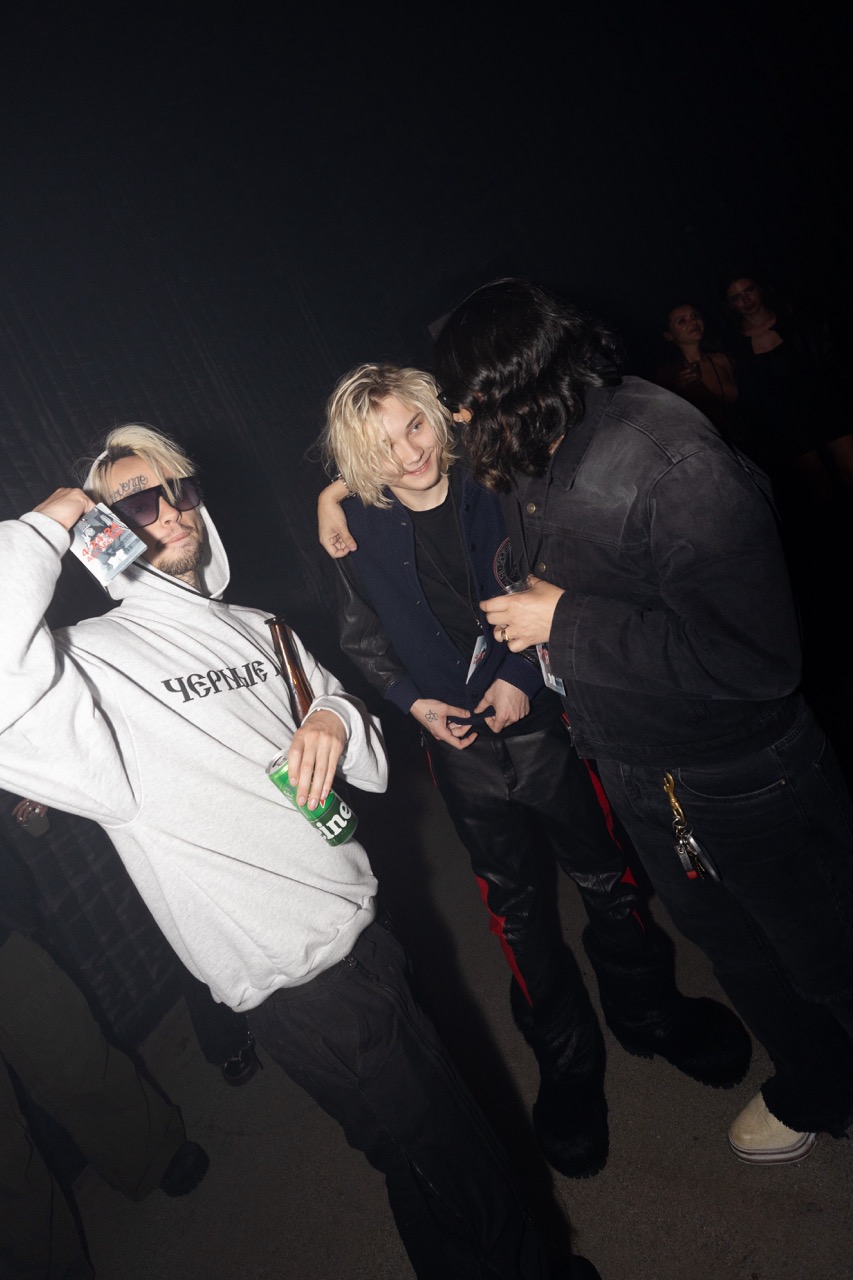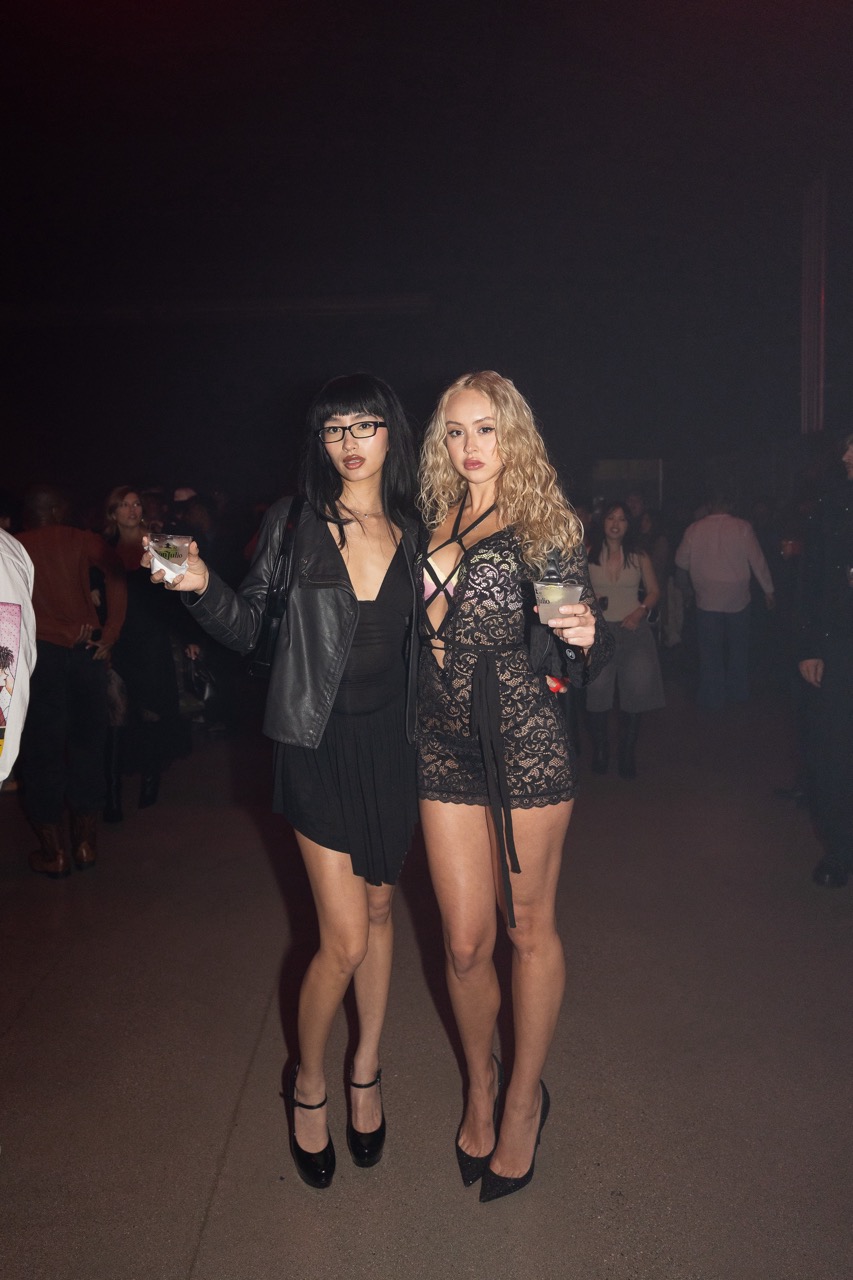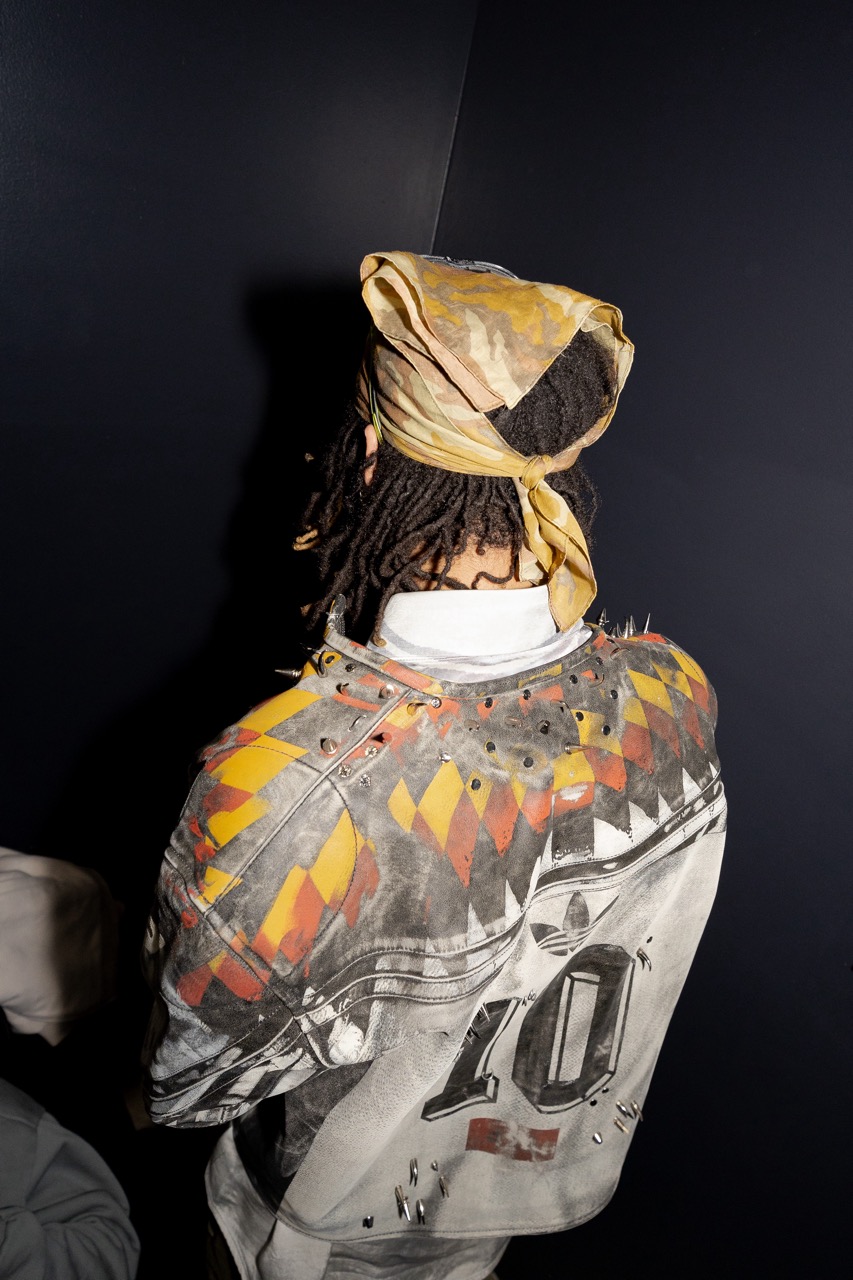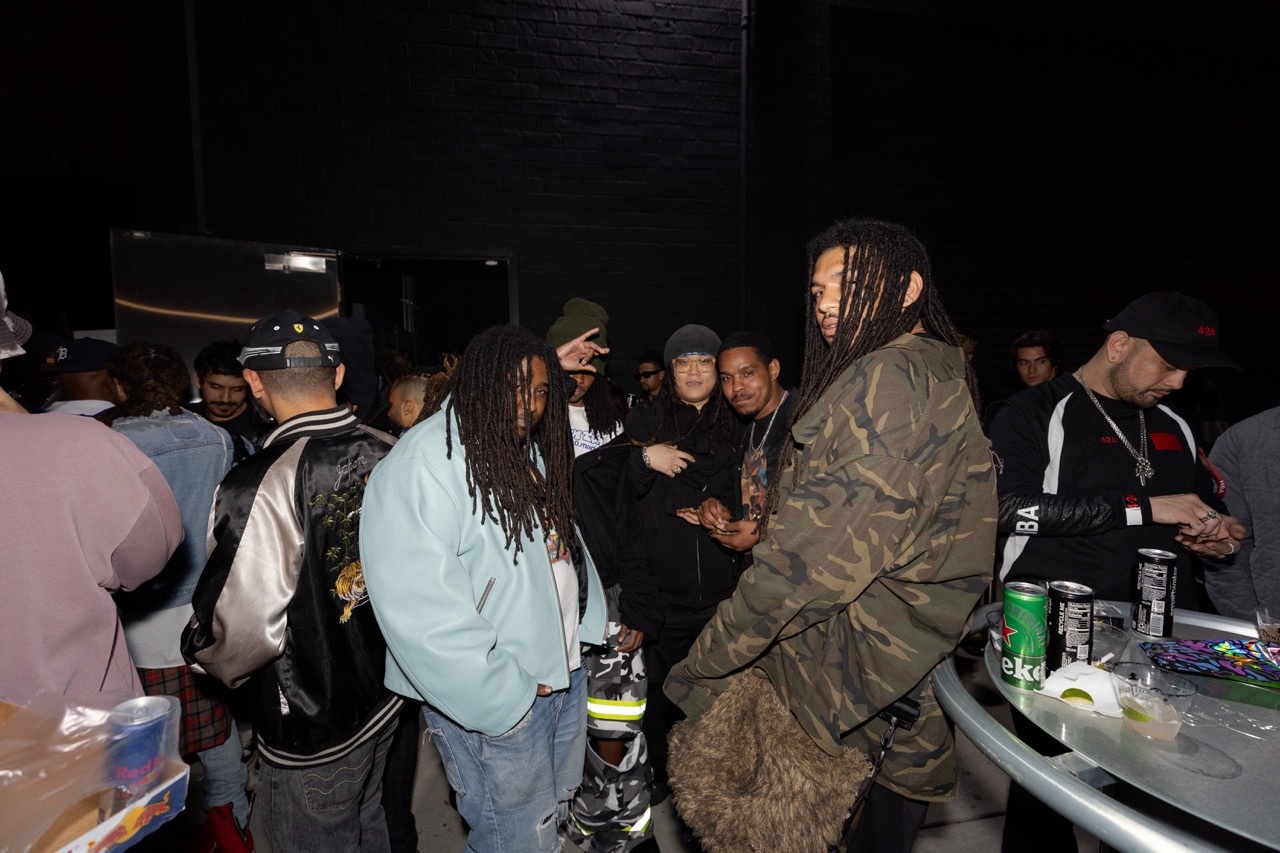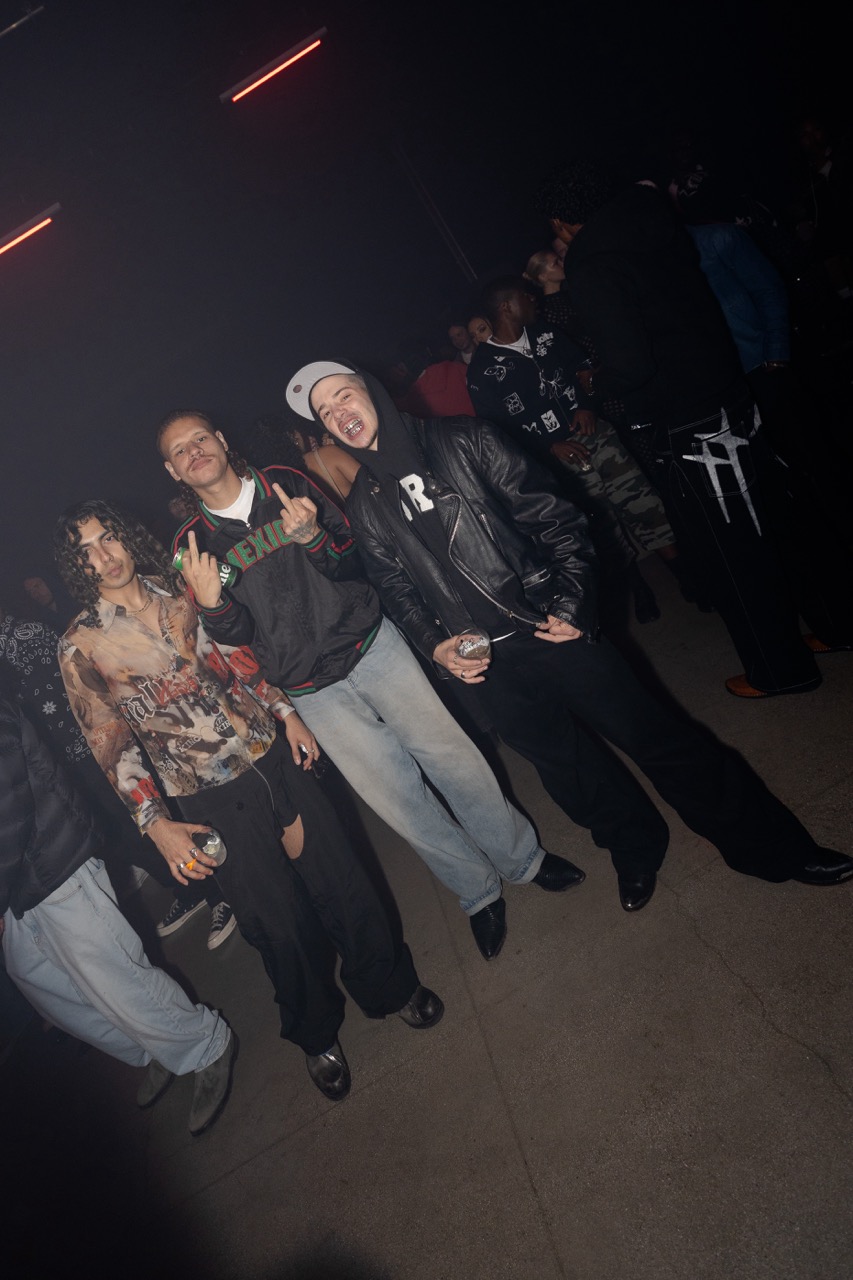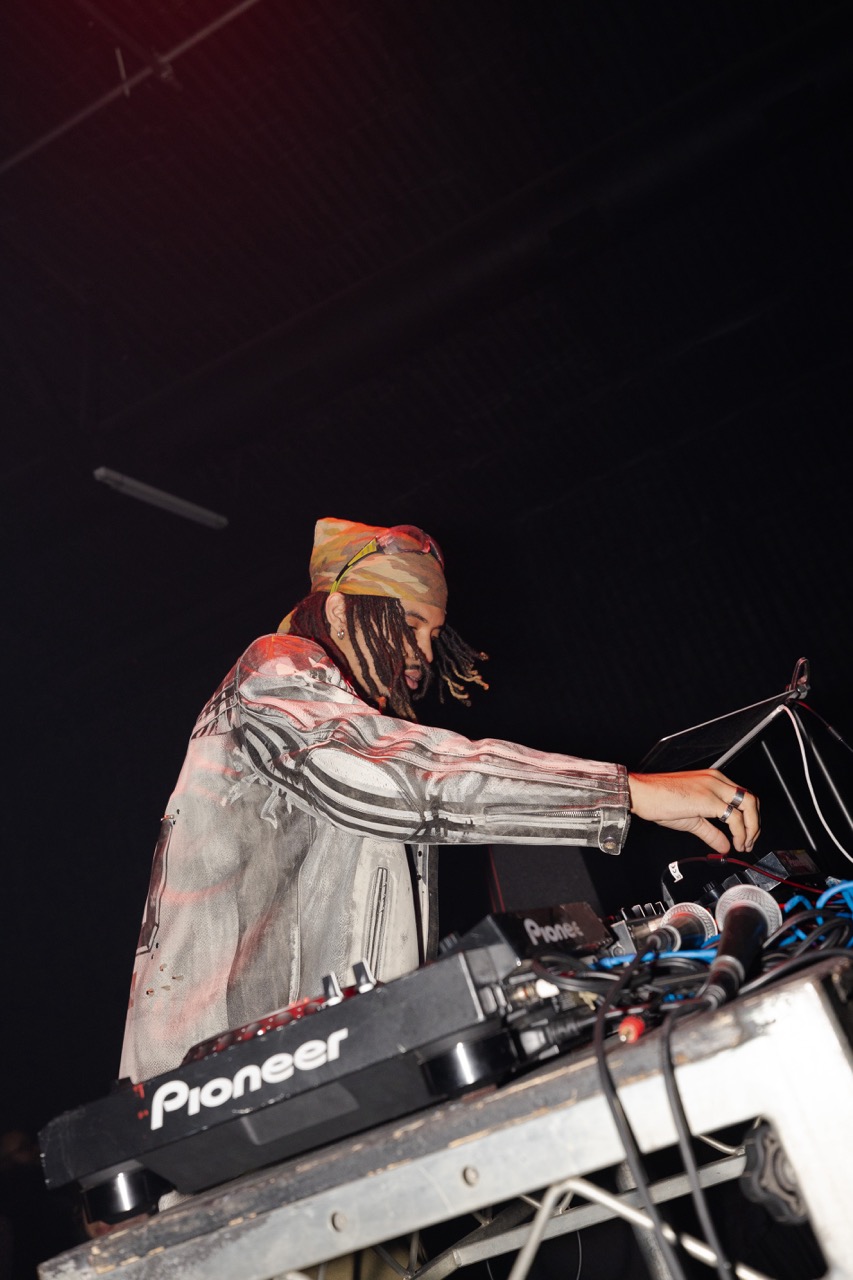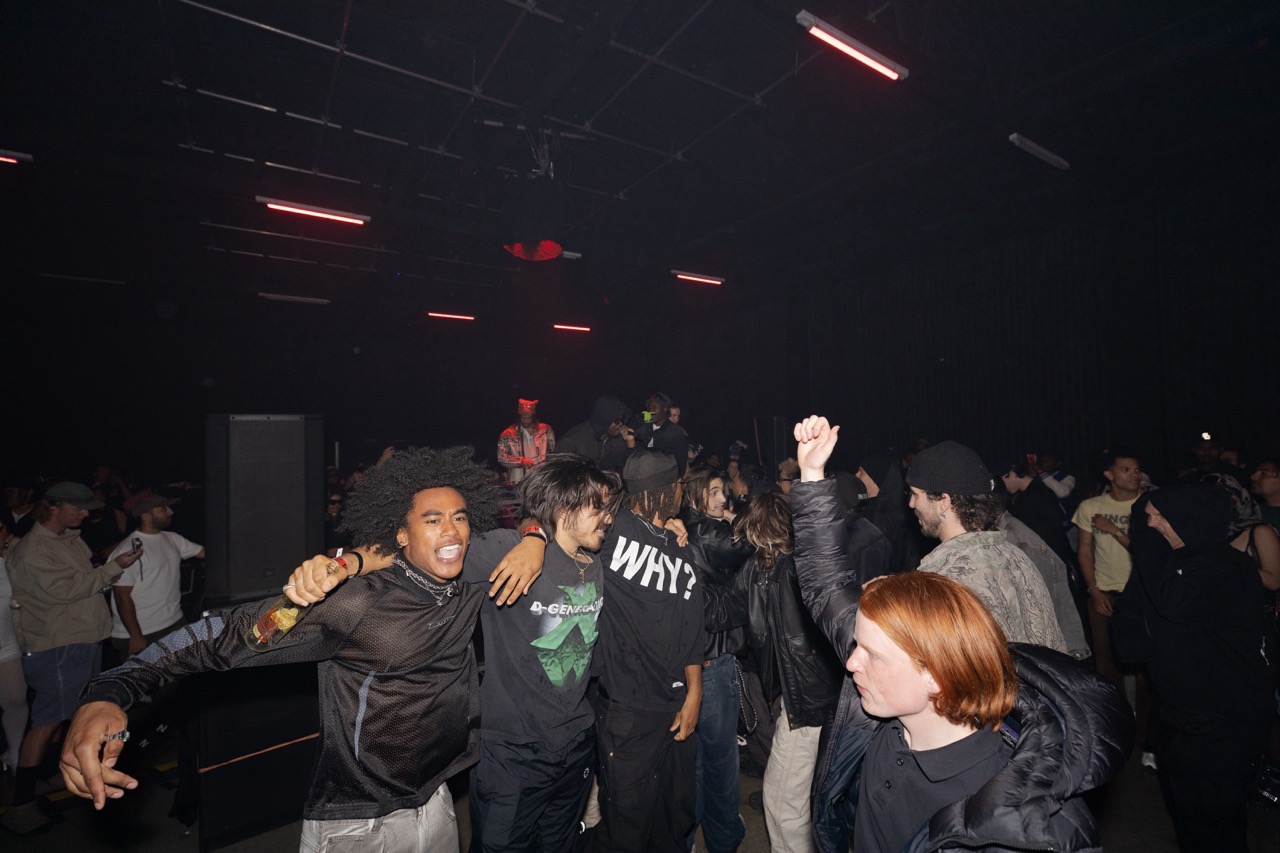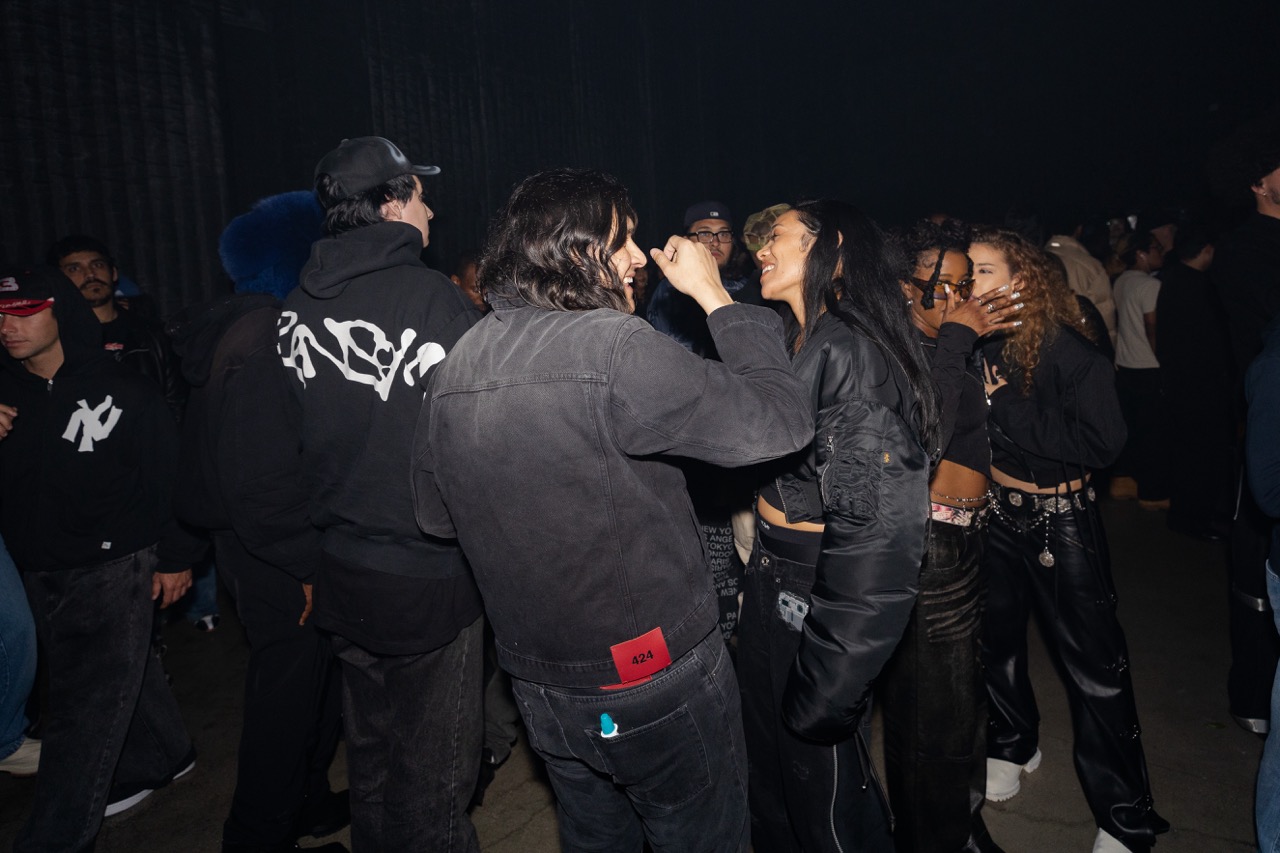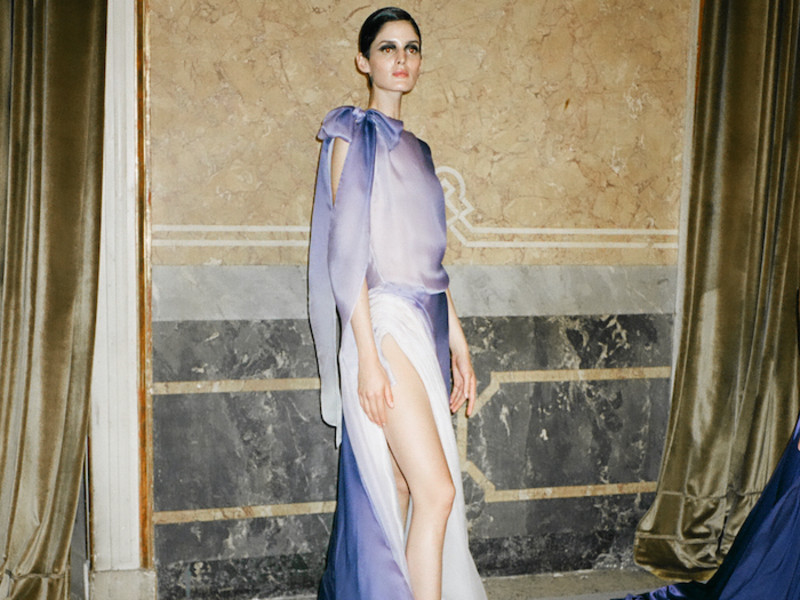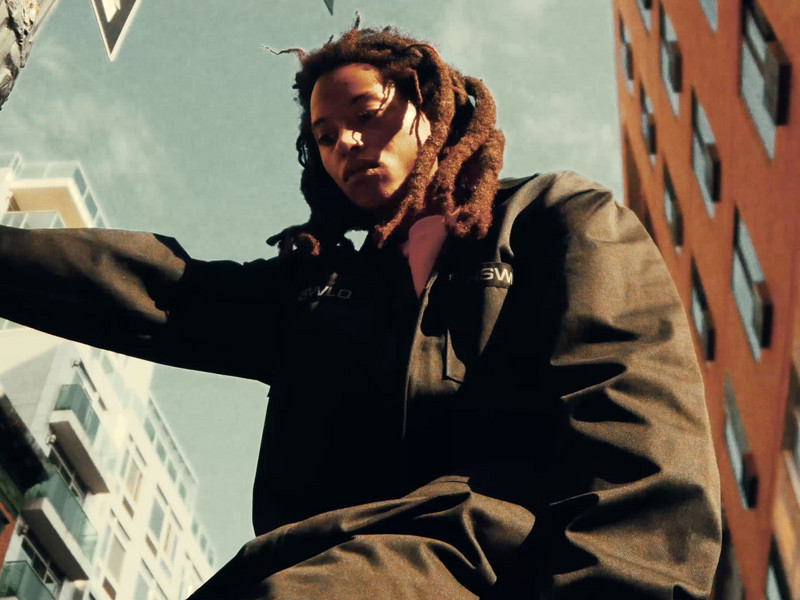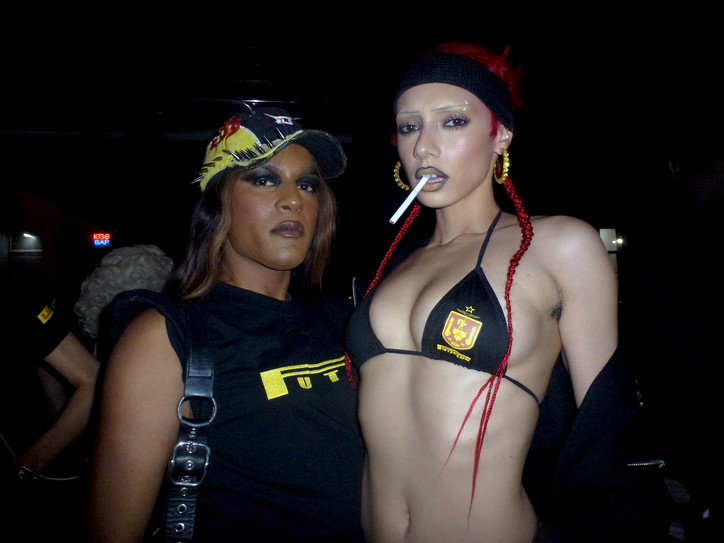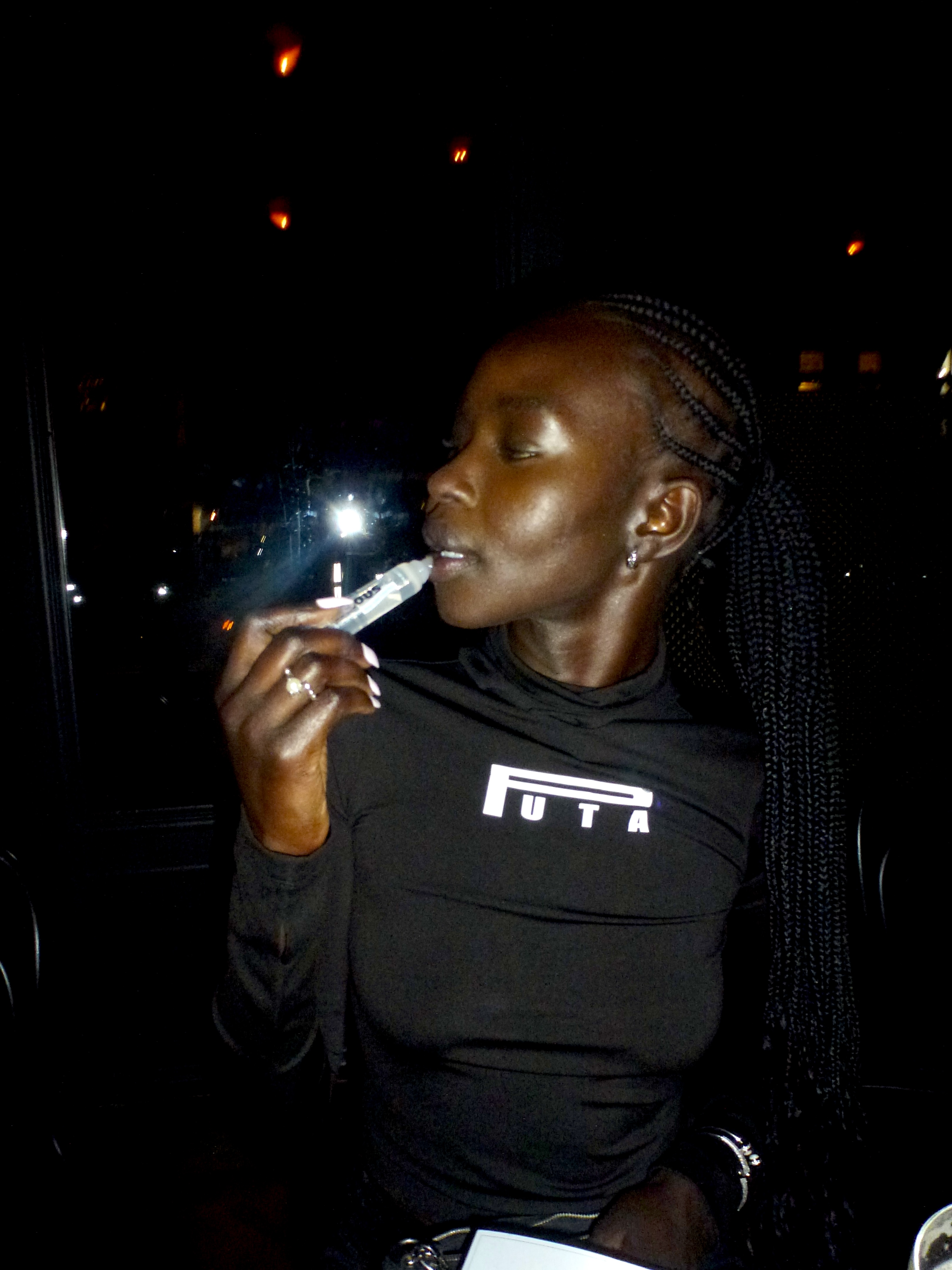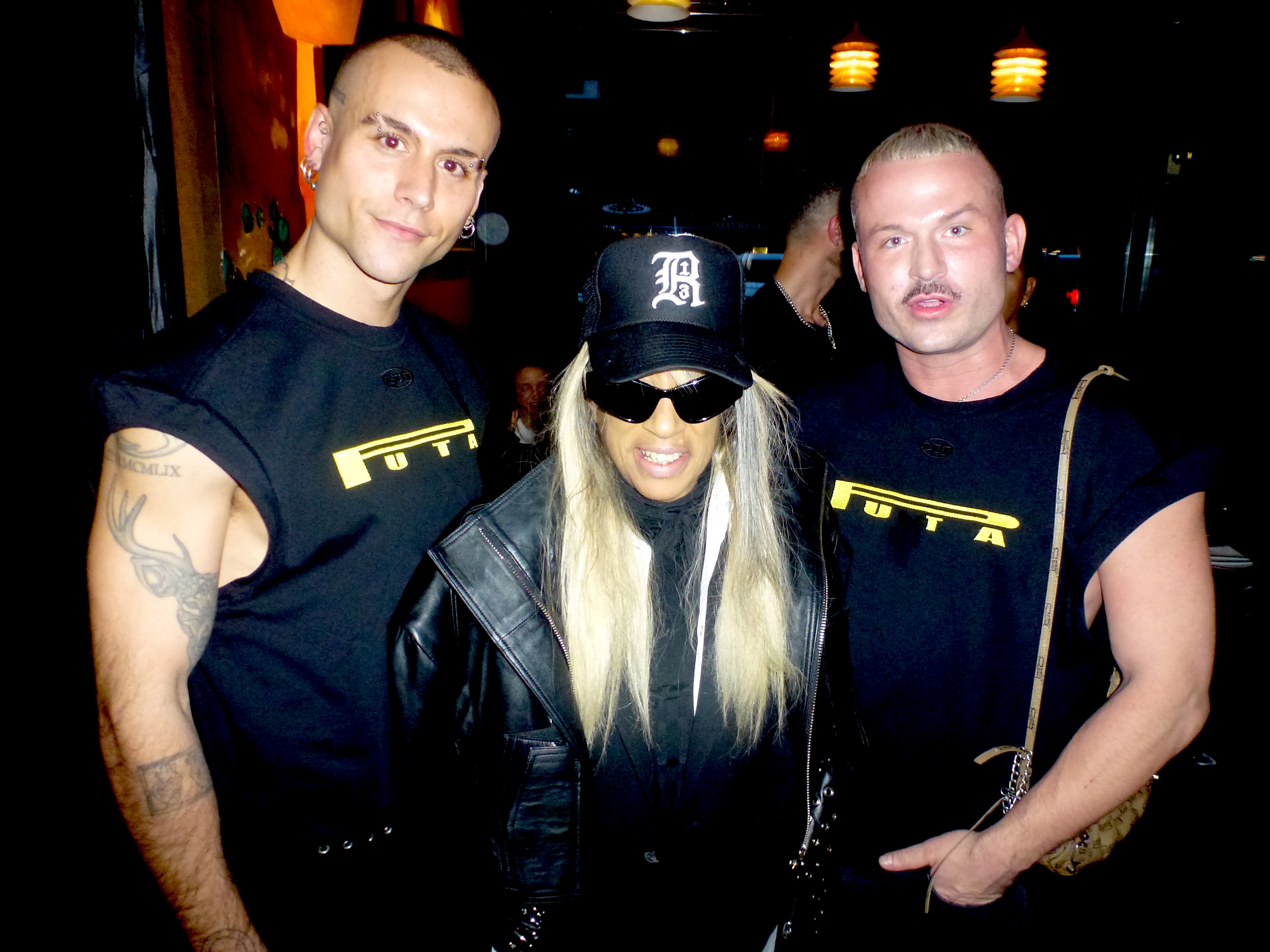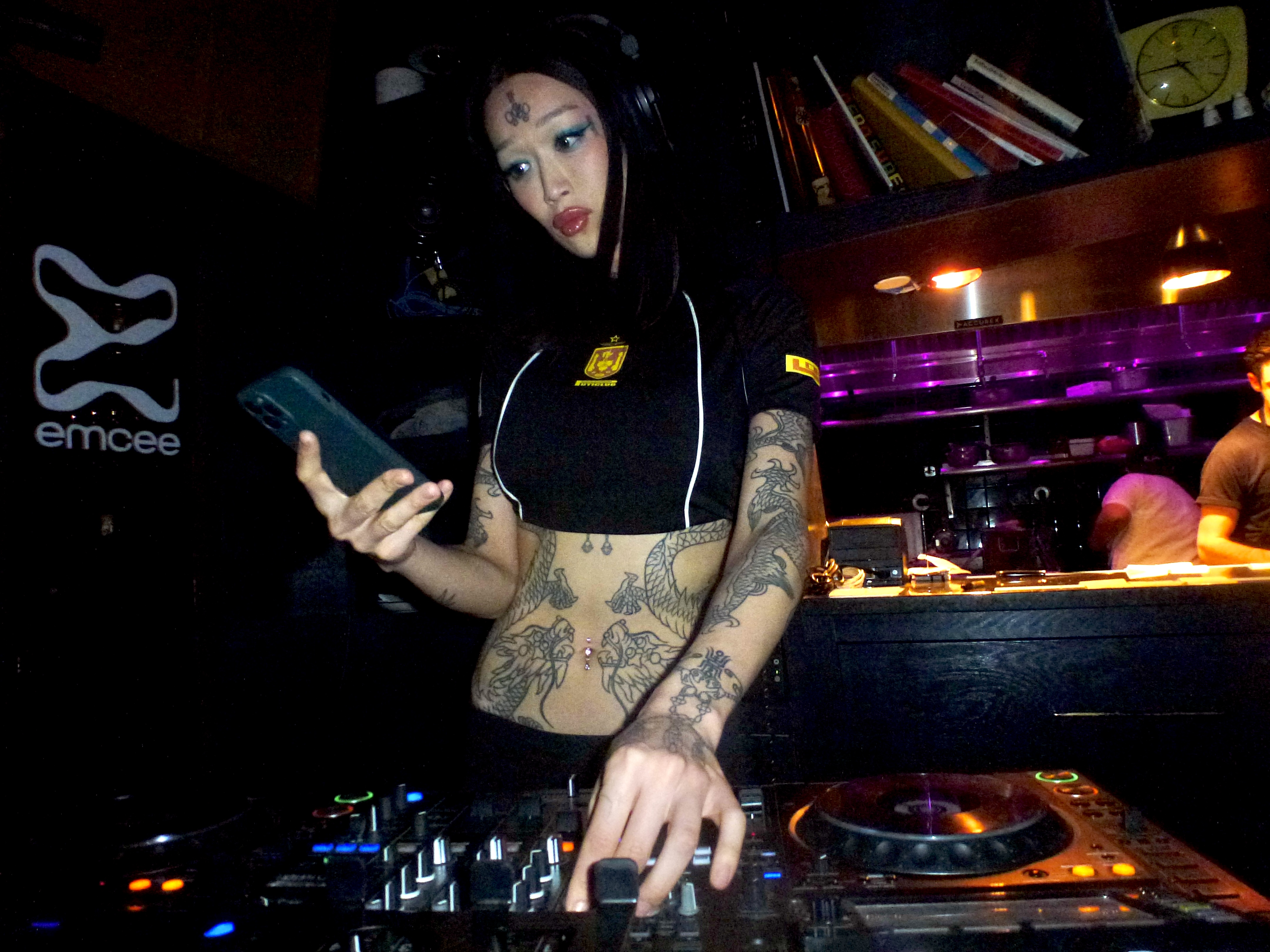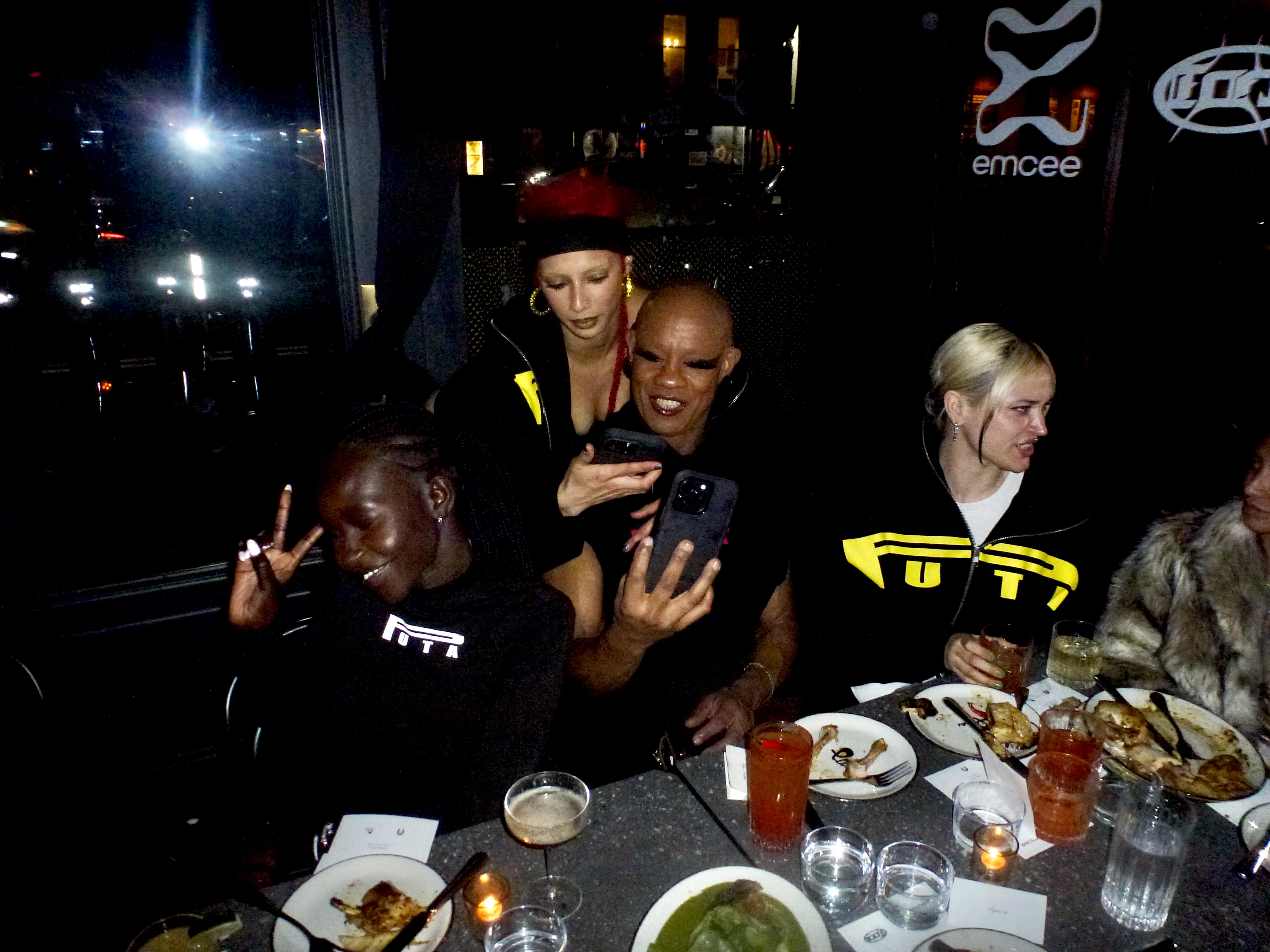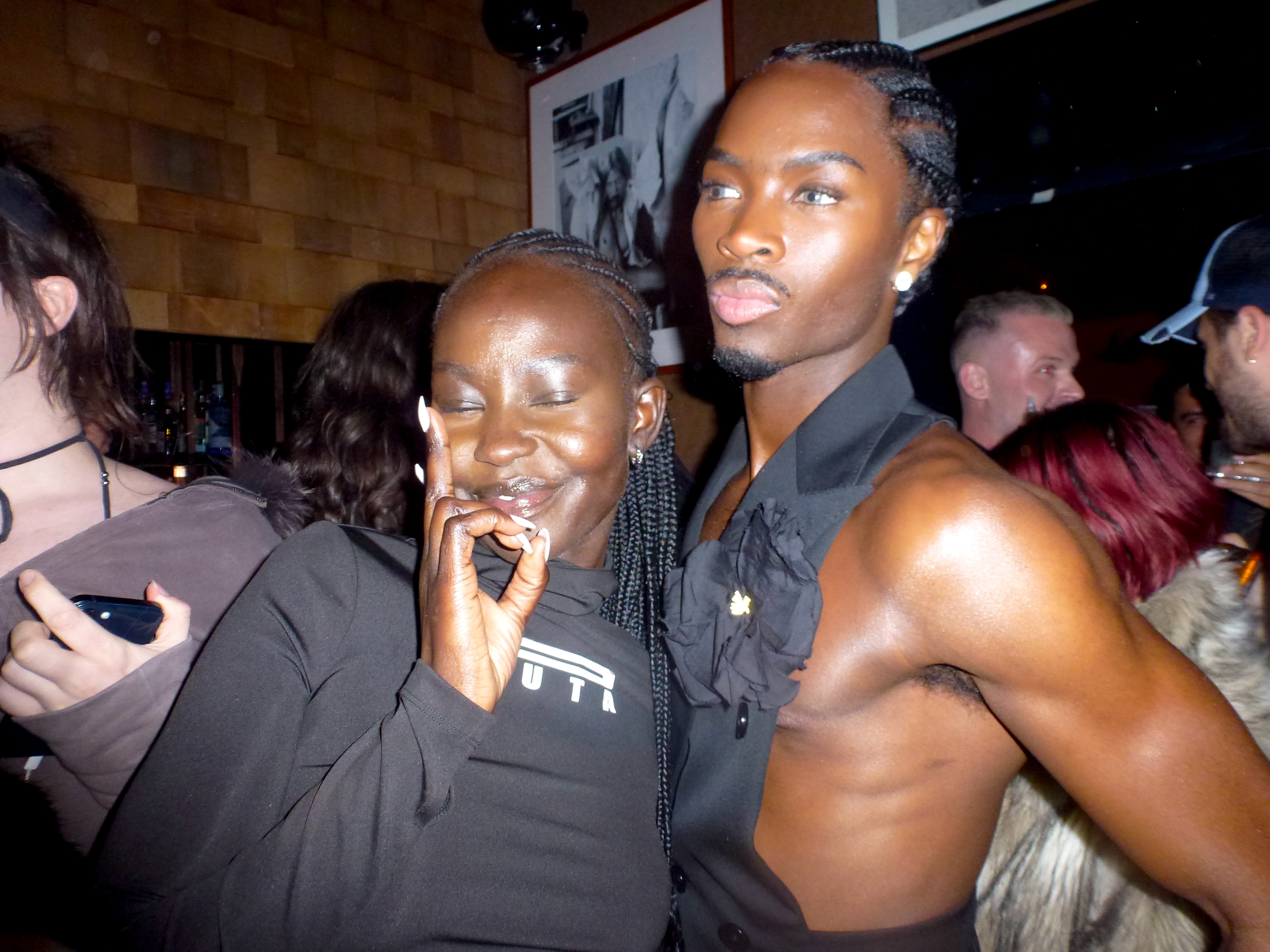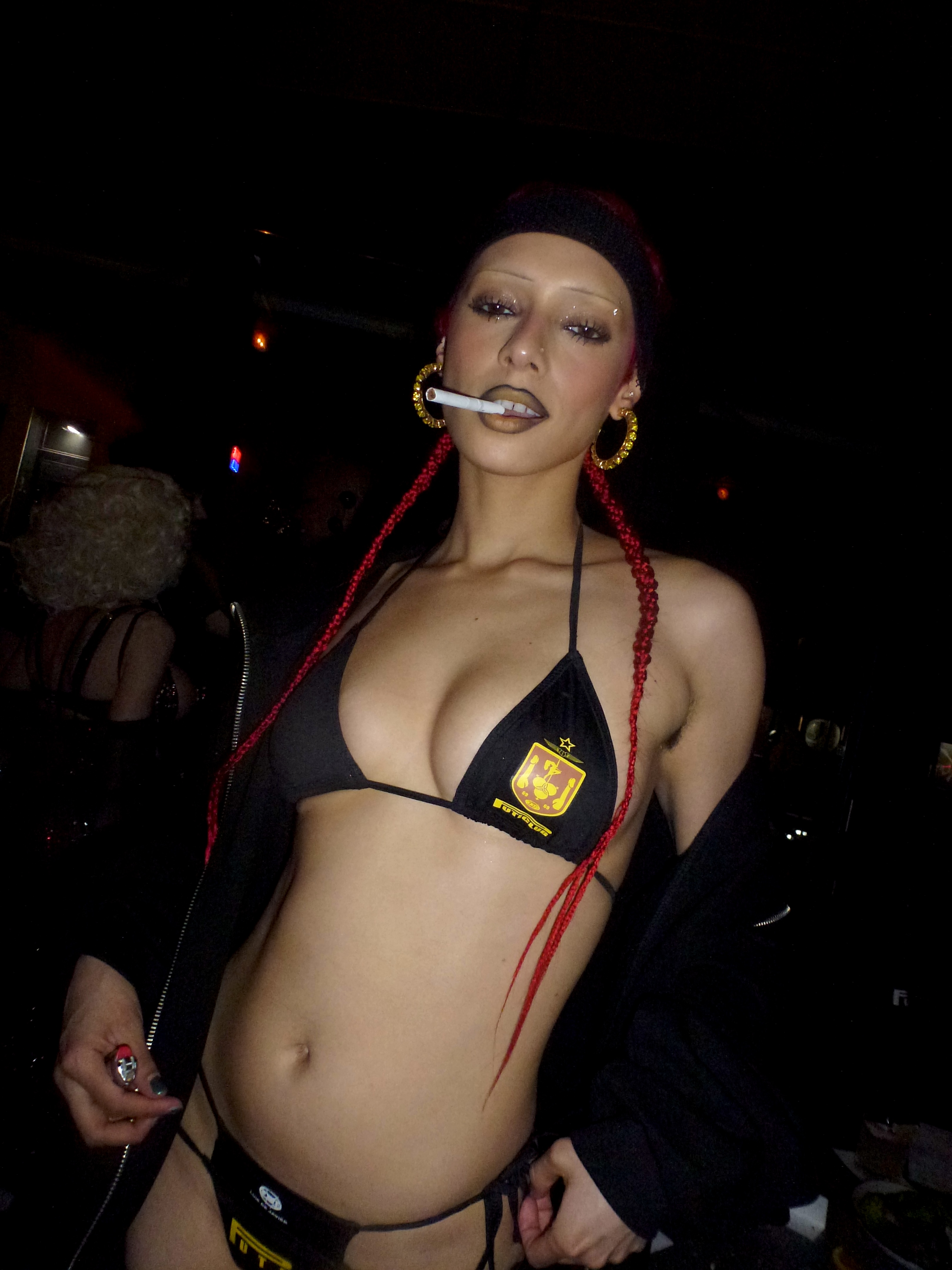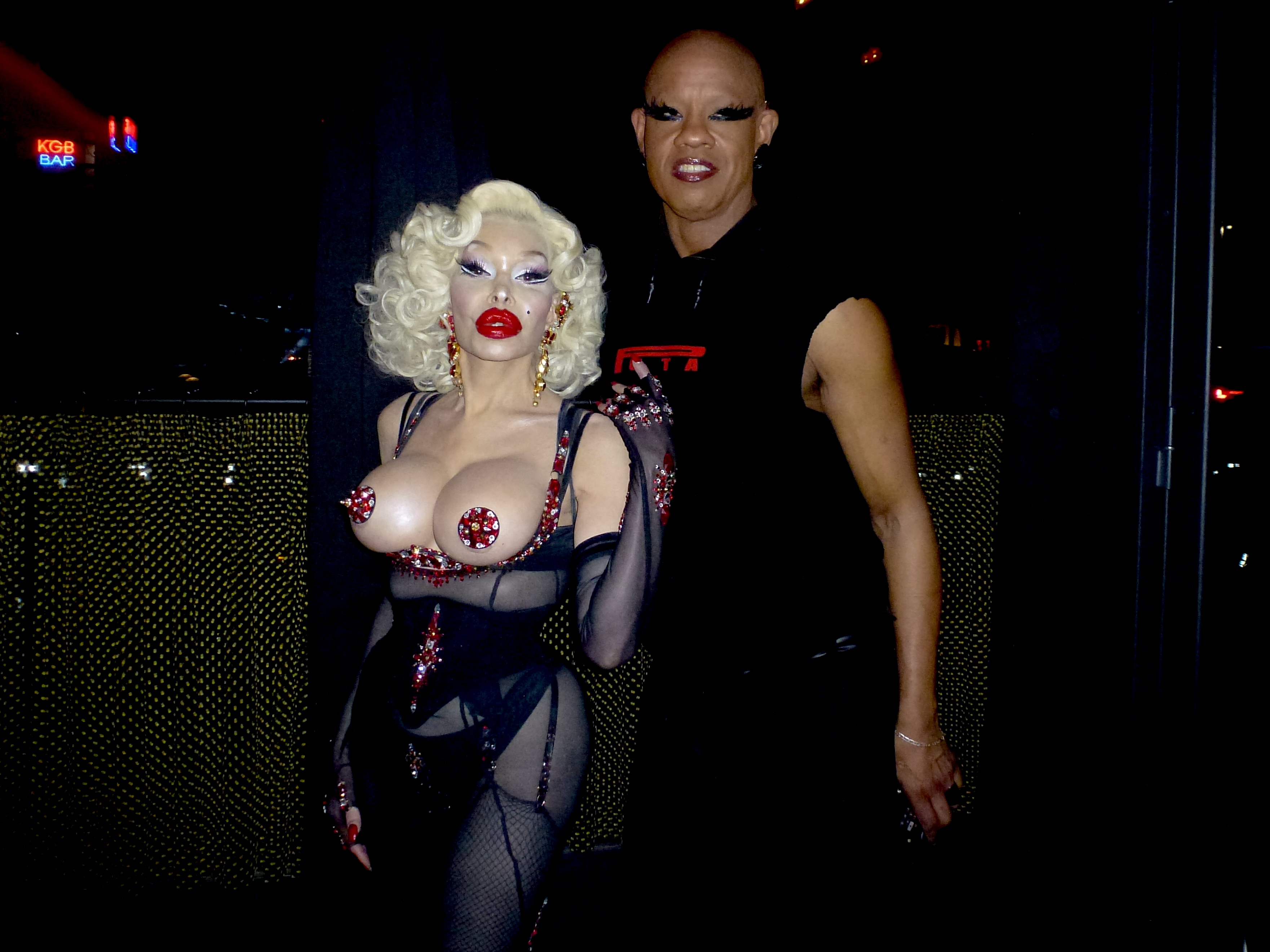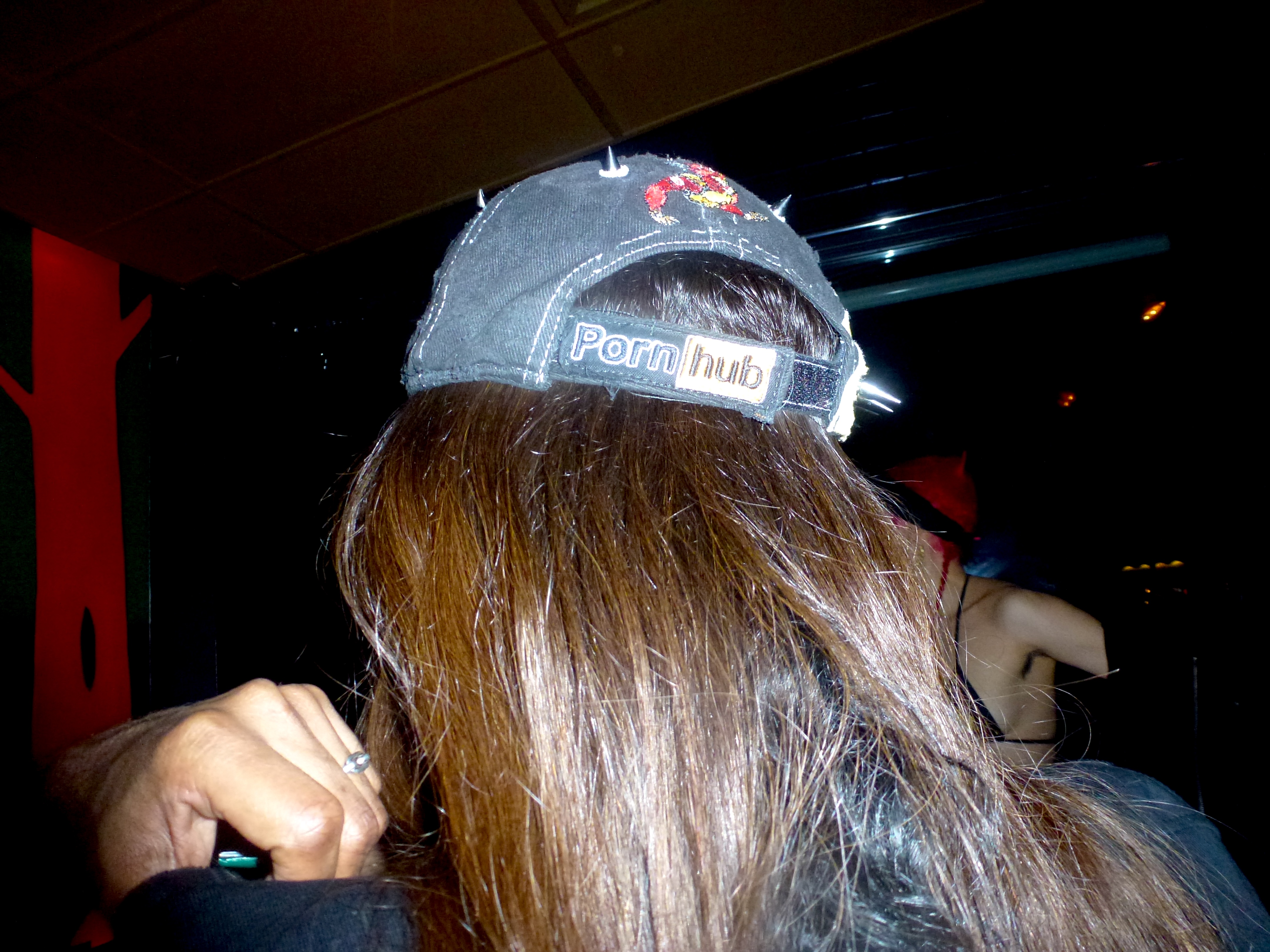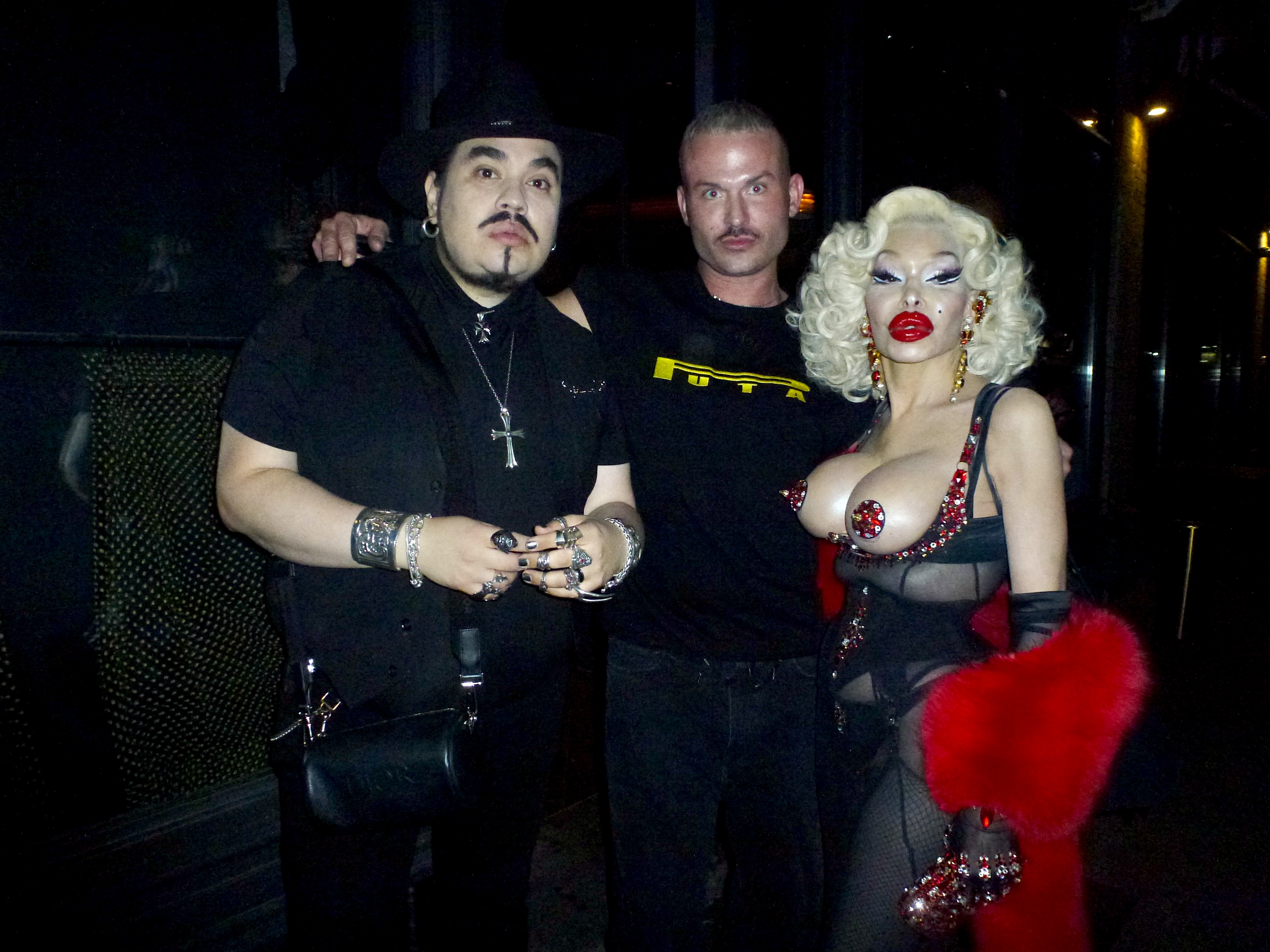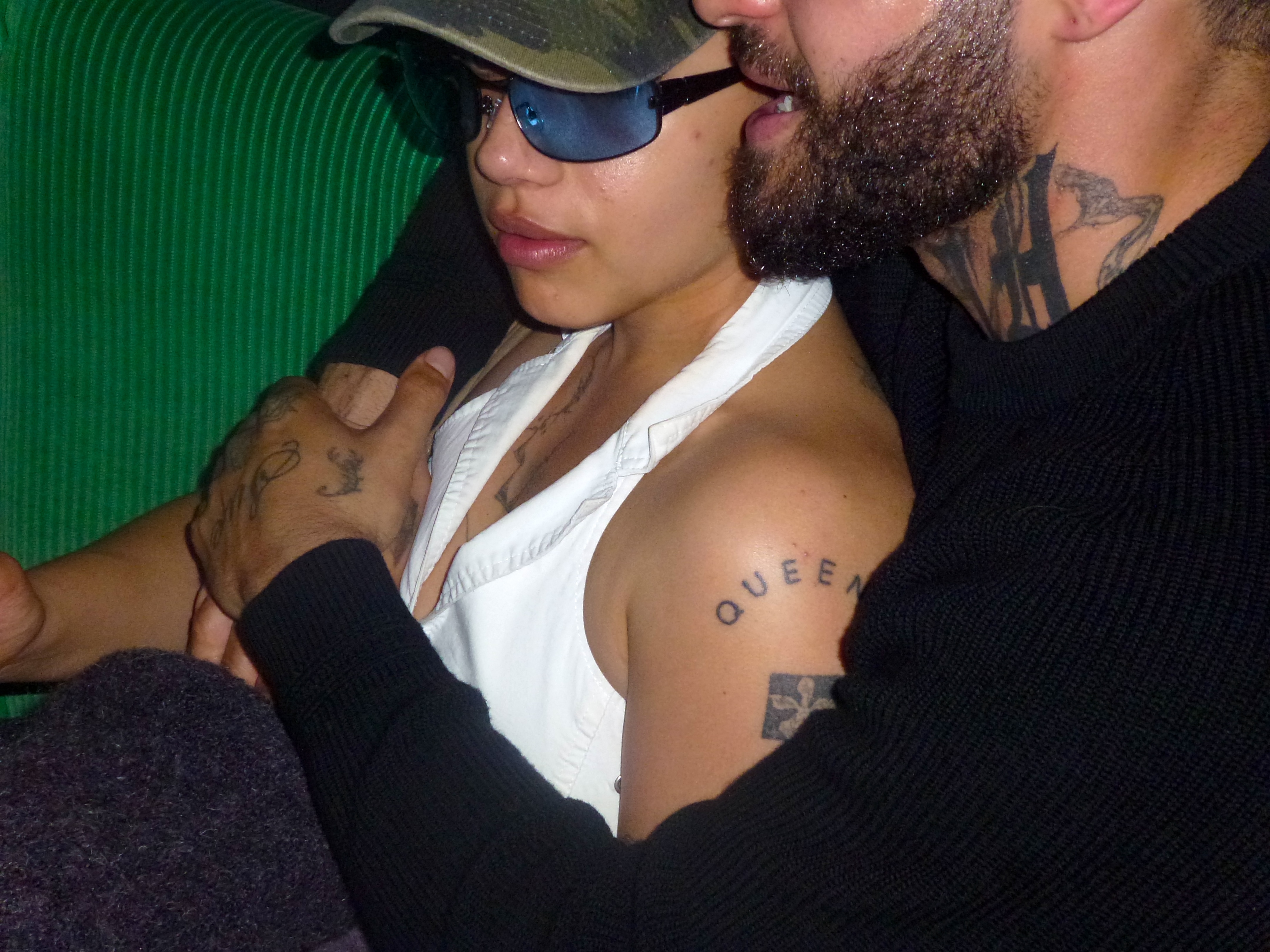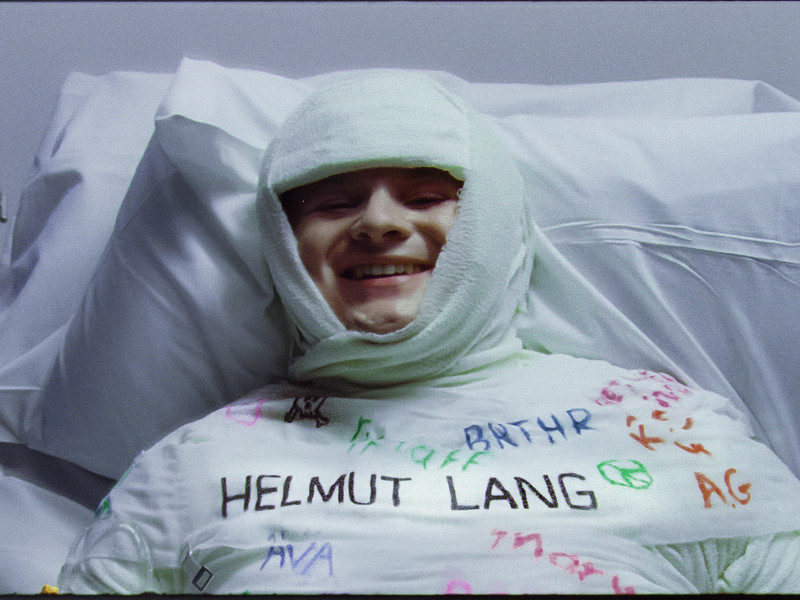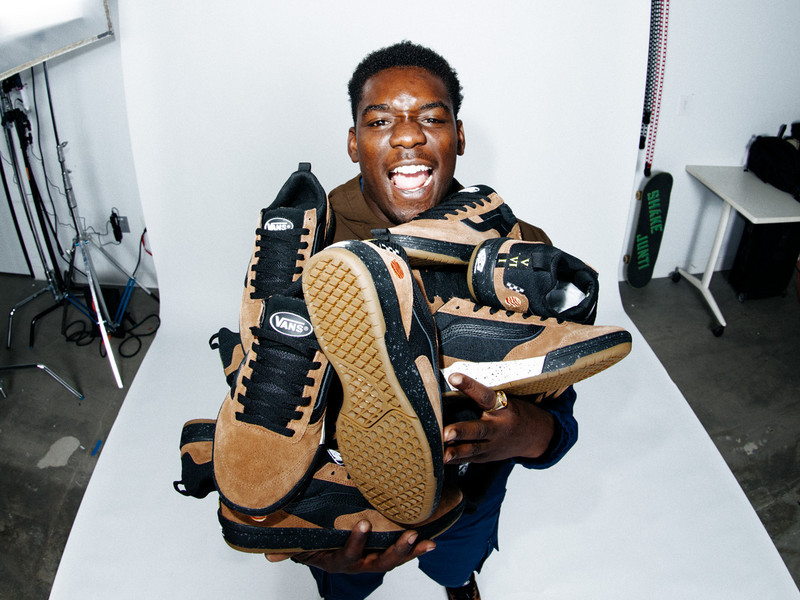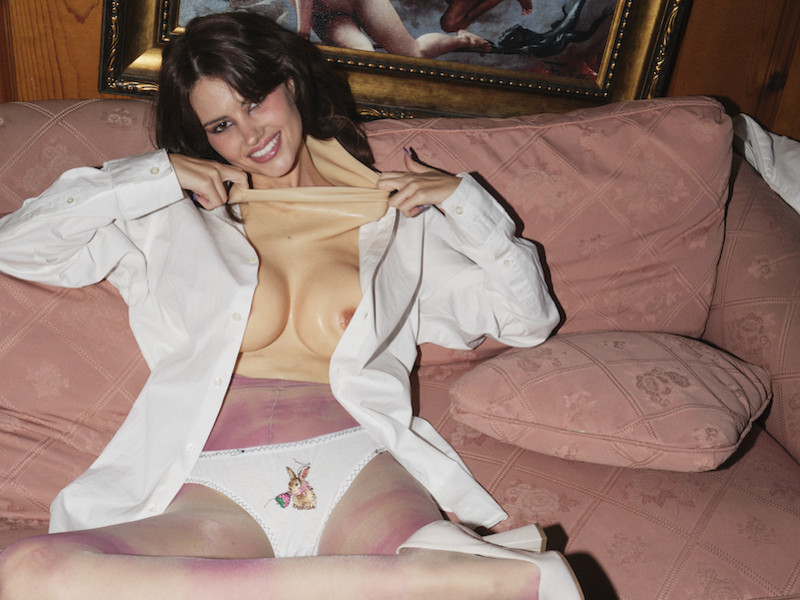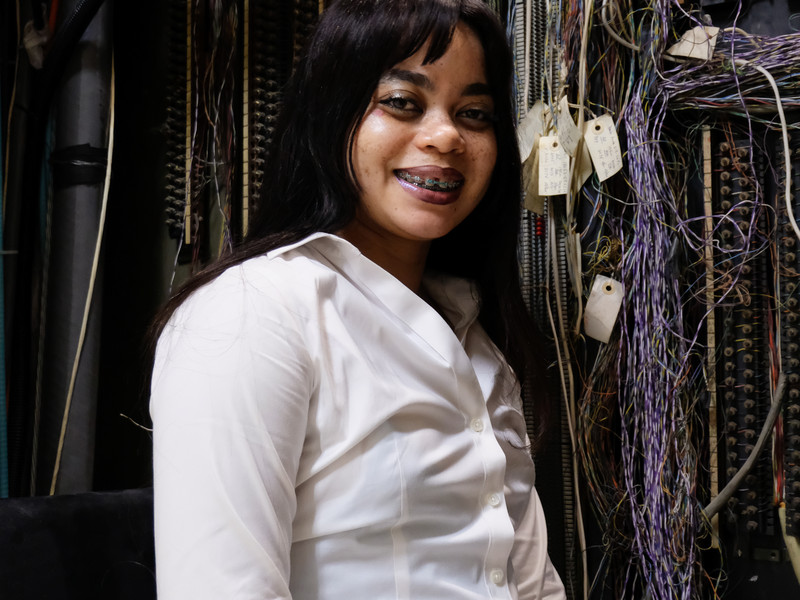Designers to Know at Berlin Fashion Week 2023
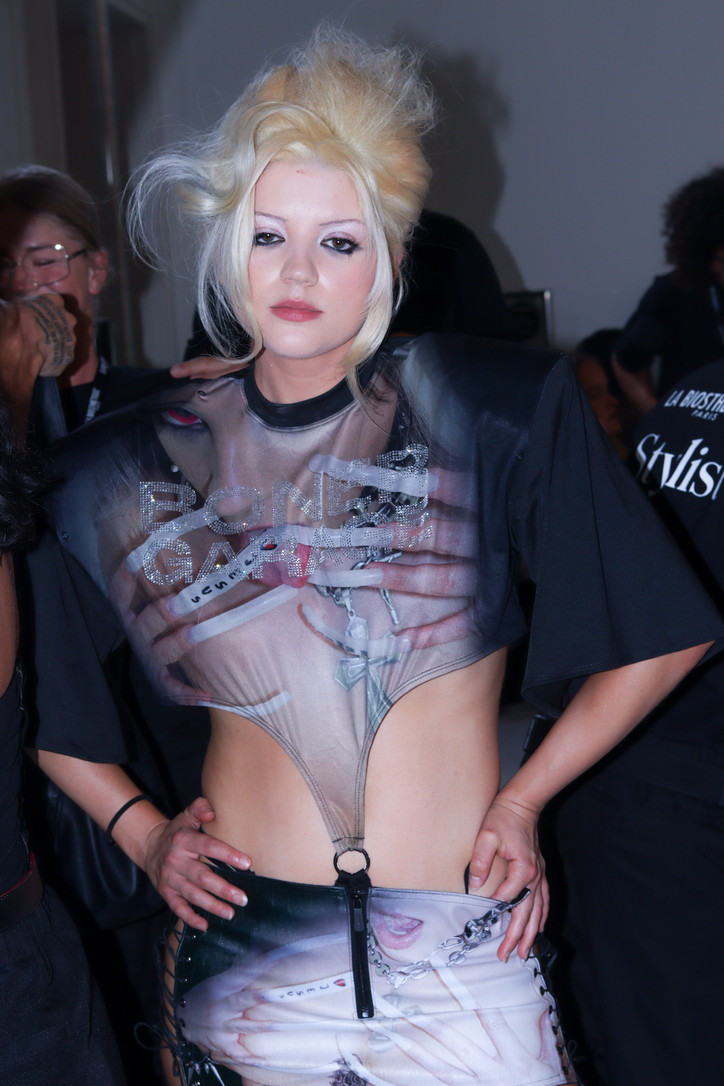
Of course, both the Fashion Council here and the very brands themselves want international exposure, but their approach to fashion as a system is so significantly different from the one we know all too well. In Berlin, not only do they speak little English and mostly German; they don’t cling to that make-it-or-break-it-moment that stems from the "grind" culture that emanates throughout the fashion industry.
Berlin designers are more focused on ensuring that their voices are heard than they are concerned with skyrocketing to fame and amassing fortune. But also don’t expect the message behind their presentations to be so obvious. They are not printed on graphic tees and sent down the catwalk. Instead, they are woven into the seams of every look and every aspect of the ambiance. The truth is that there’s less of a financial benefit to debuting a collection during Berlin fashion week, but perhaps it's the culture of radical honesty that exists here in Germany that is all the more appealing to the designers.
By the end, it was clear that every designer had an important story to tell, all of which required little to no translation. There was a connecting thread throughout that seemingly pointed the finger at patriarchal power and its institutions with the intent of subverting normative ways of being.
- Photos courtesy of Richert Beil
Established nearly a decade ago (2014), the stars seemingly aligned for Jale Richert and Michele Beil while studying fashion design. Since then, the duo and two other members of the team have worked on dropping one collection and several seasonal limited editions per year. Quantities are small allowing for a focus on quality. Richert and Beil aim to create a conversation between each assemblage, thereby defying the trendiness of fashion, no less so for this season.
Titled Vater, Unser (Our Father), Richert and Beil confronted the traditional societal systems composed by men that unironically place men in positions of privilege. The collection features a tailored classics; blazers, trousers, and other suited attire juxtaposed with pajamas, see-through lace, leather and latex. Midway through the show, a latex dress that resembled a nun's tunic came down the runway. It was a rather unwearable garment considering that the model's hands were pressed together as if in prayer embodying the very ethos of the collection. The message was further articulated by the belt-binded bibles the models carried. It was a disarming defense that told the story of Richert Beil by breaking down a patriarchal narrative set in stone centuries ago. In the silence, one could imagine the models mumbling 'Vater, Unser, I hear you, but it's time for me to make my own story now, and I'm not asking for permission.'
- Photos courtesy of Milk of Lime
Transported by the generously air conditioned shuttle buses provided by BFW, we traveled from a sunset to the night sky, at least a mimicry of it on the ceiling of Zeiss Planetarium. Hidden speakers echoed the word "loneliness" through the room until a semblance of the moon rose up from the edge of the floor through the "sky" silencing the echo and making way for the models to appear.
Milk of Lime’s debut presentation, titled Dozen, was introduced quite virginly by an all-white shirt dress embellished with delicate flowers (actually weeds), a theme, like leather, which continued throughout the twenty looks that encompassed the collection. The subtle details read like poetry, although, the embellishments did get somewhat lost in the dark of the otherwise enchanting venue. Black and earth-tone bomber jackets, sheer lace drapings, and bralettes made with materials from a local coffee roastery succeeded the first white look. The brand synchronizes its releases with the lunar calendar, dropping limited collections in alignment with the full moon. Every look fell within the spectrum of demi-couture including the closing all-white look, which returned to the innocence with which the presentation began. The model appeared topless with her hand over her breasts, flowers in her other hand, and a tulle veil perhaps as an ode to another alum of the Royal Academy, Ann Demuelemeester, who popularized the runway trend during the '90s. Ludovic de Saint Sernin revived the signature with his debut collection for the house earlier this year, but something about this moment felt especially sincere.
The designers Julia Ballardt and Nico Verhaegen did not make a closing appearance. Instead, the opening chant reverberating through the venue once more leaving the audience rather pensive and primed not only for the night ahead, but also whatever is to come from the thoughtful designers.
- Photos courtesy of Sia Arnika
Being both a Yeezy and Ottolinger alum and having attired, amongst other, icons like Julia Fox and Yves Tumor, there is no doubt that Sia Arnika is a designer to keep on your radar.
Born and bred in Denmark — outside of Copenhagen — Arnika one day tattooed Carpe Diem on her back and moved to Berlin. Since then, she has been doing just that I suppose. Sometimes she spends her day people watching, making up stories for strangers she sees on the street, fairy tales which do sometimes end up on her catwalk. “I’m writing a Saga,” she says.
This, her second show in Berlin, perhaps functions as the second chapter of the Sia Arnika story. To illustrate what was almost a sci-fi narrative, models strutted in from the distant darkness in what looked like 6-inch butterfly-meets-alien heels before disappearing into a bright light. Arnika continued the butterfly motif with her signature cutting technique repeated in various sihouettes. As the garments moved, it looked as if the garments flapped their wings as they moved, preparing to take flight for a foreign planet, leaving us on earth wallowing in our own self-destruction.
Impressively, Arnika has managed to figure out her signature with only her second show. She continues to present the female body as her advocate, defender, muse, and partner in crime, reclaiming her own beauty and power. She also continues to explore new, interesting avenues, this time quite literally out in the forests in Berlin, but rest assured, her fictional characters will soon appear on our very own metropolitan streets as well.
- BTS Photos by Lisa
Speaking of Berlin being a Mecca for political fashion, on Wednesday evening, this very thesis was taken to new heights by a spectacular performance at none other than the historical Das Kronprinzenpalais (Crown Prince Palace) in Friedrichswerder. The palace was previously home to the German crown family during the monarchy but was later destroyed and rebuilt after World War II. Office workers arrived early at the castle and left late, precisely at half past five, even with bleeding blisters, all to catch a glimpse of the glamour behind closed curtains.
Namilia came about in 2015 through the marriage of two German designers, Nan Li and Emilia Pfohl, who crossed paths at the Royal College of Art in London. Since then, the brand has toured to NYC, partnered with Pornhub, and recently settled back in Berlin, perhaps due to the city's liberal freedom of speech mentality. "It's almost like London 30 years ago," said Nan Li during our brief chat after the show.
Speaking of the show, or shall I say funeral, the models showed up to bury the patriarchy. They mourned, or rather celebrated, the sudden death of their dear sugar daddy, with each of his babies outshining the previous extravaganza. They wore latex, leather, strass, corsets, or nothing at all. Merely being wrapped in belts didn't count, of course. Jesus made several appearances, pierced to thongs, bras, and belts; he was everywhere to be found! Daddy must have been a big believer.
Catering to their own audience, Namilia sets out to question the roles of gender, sexes, and power relations within that spectrum. "What we want is for you to leave here with a feeling, maybe a new thought; everybody can interpret it in their own lives," stated Nan Li. Indeed, I left with a baggage of both feelings and thoughts, with one dominating over the others. Translating the politics of patriarchy in such a straightforward way may fall short at times in terms of attracting a new audience and community beyond those already aware and supporting their agenda. How will the brand successfully mature and broaden its horizons? By dressing the dead monarchy? The palace is certainly a step in the right direction. Yet, the answer remains to be found in Berlin because, as initially considered and later confirmed by Nan Li, fashion is intertwined with politics here. It functions in close symbiosis with bold statements and doesn't cease to confirm but rather confronts. Operating as artists, Namilia has a narrative and a message, with clothes being their medium of choice.
